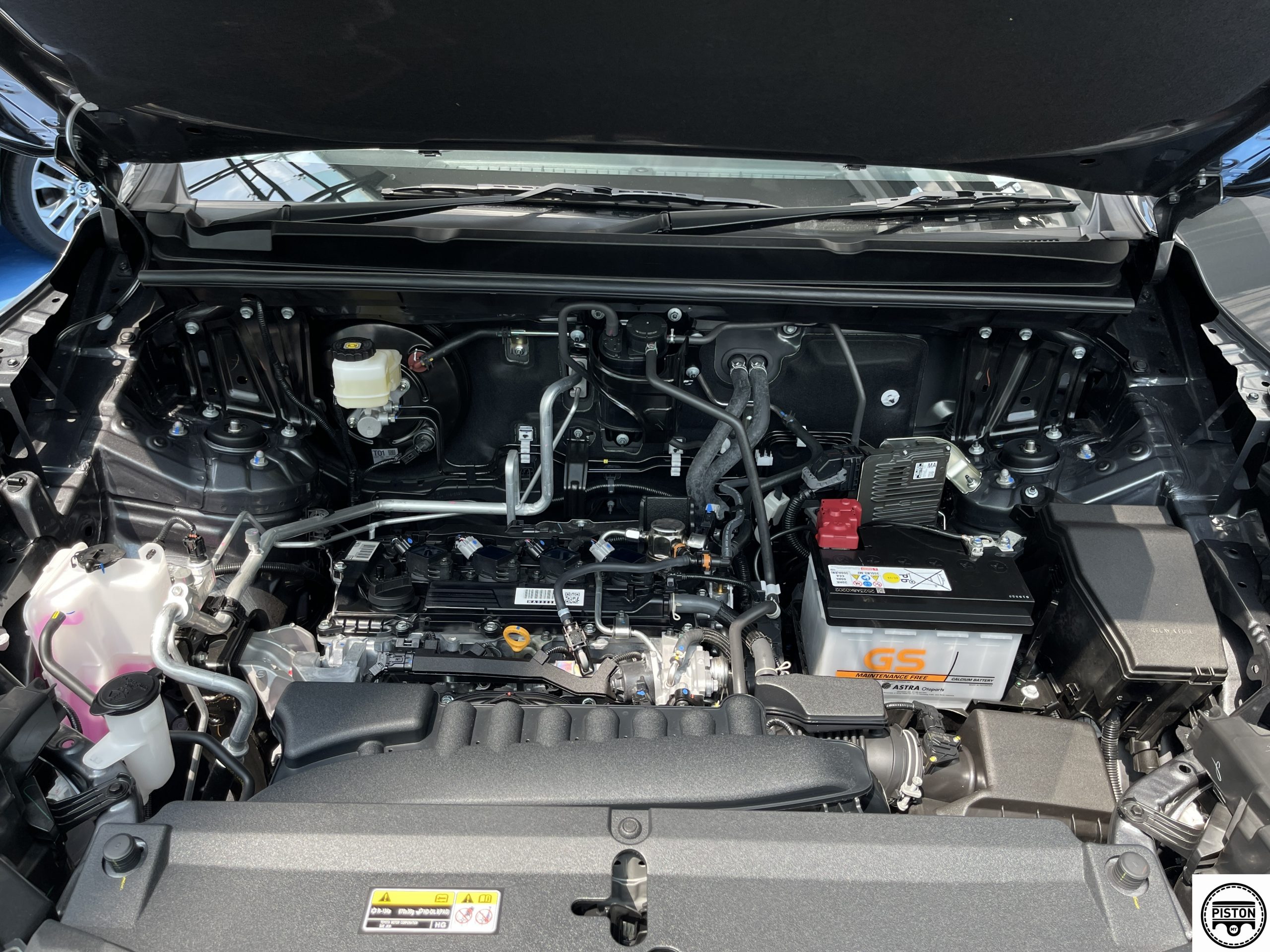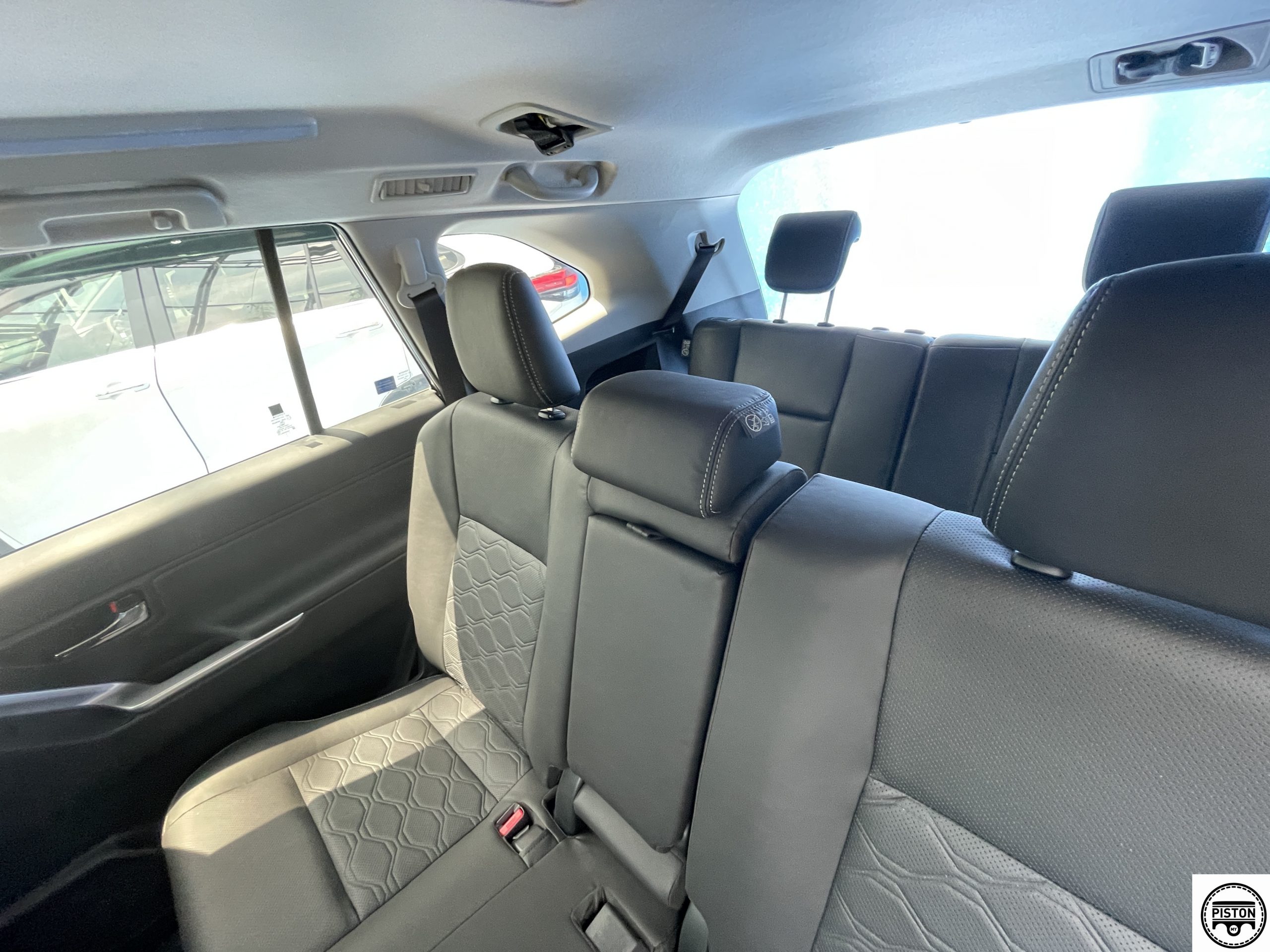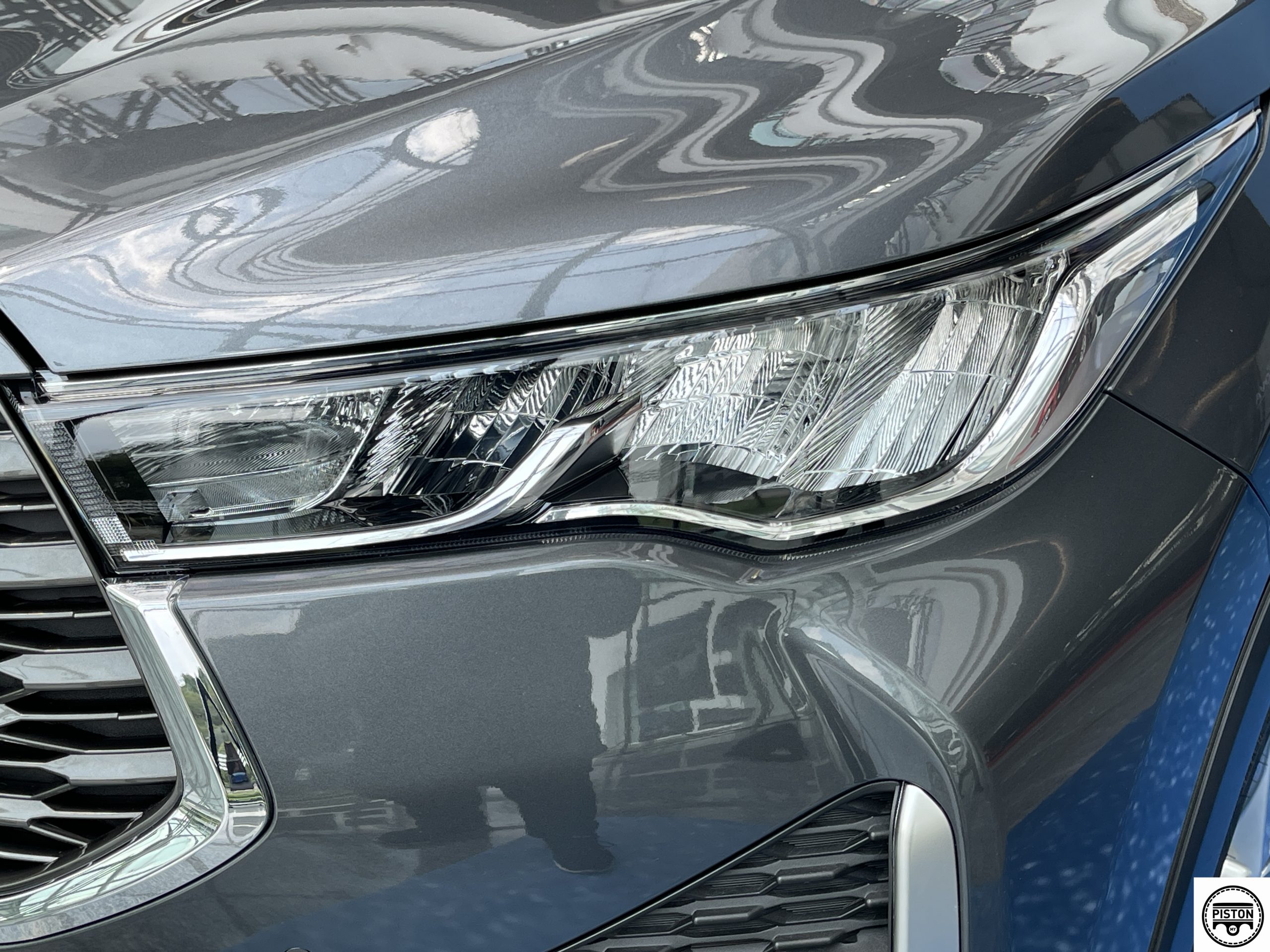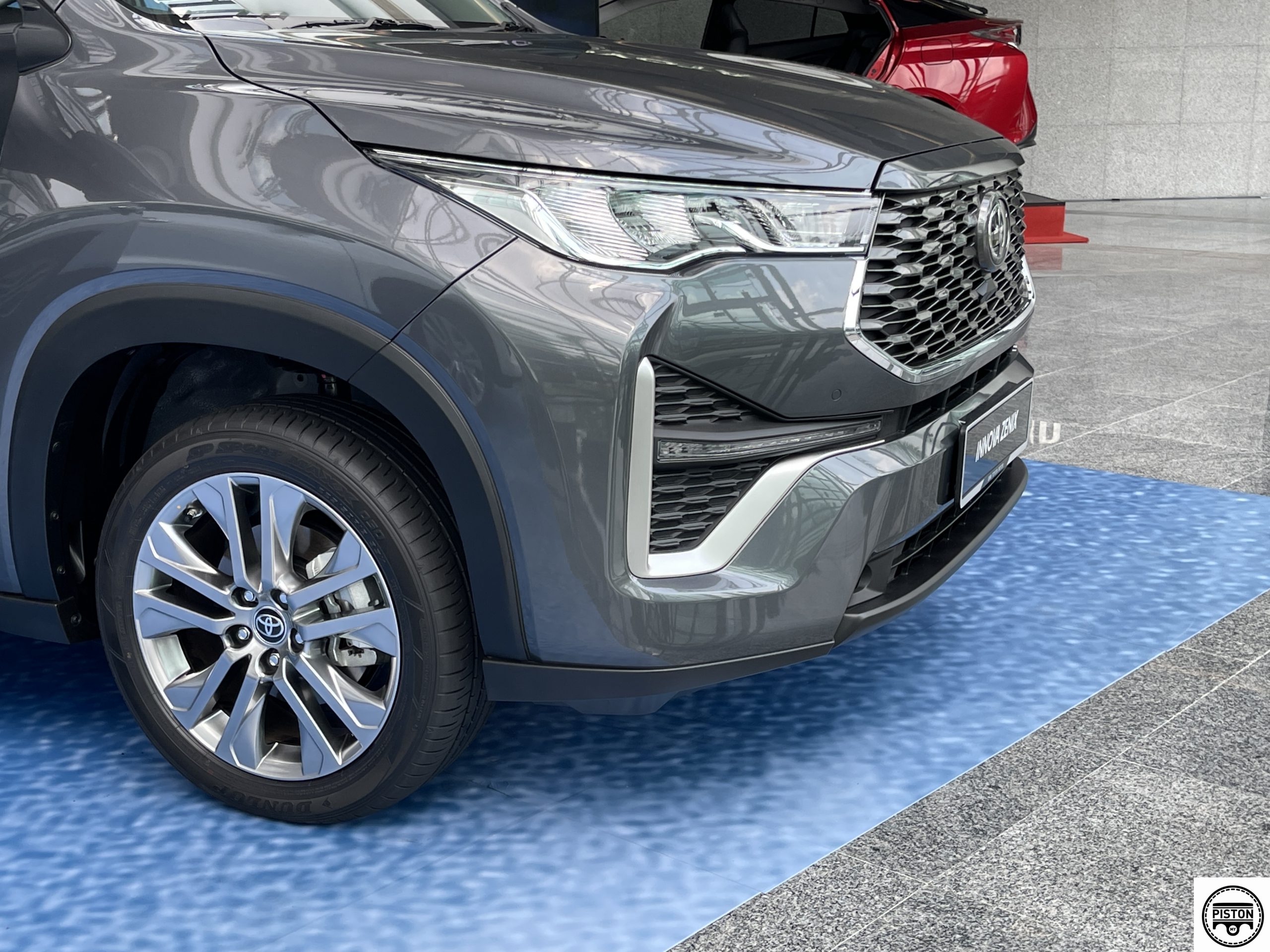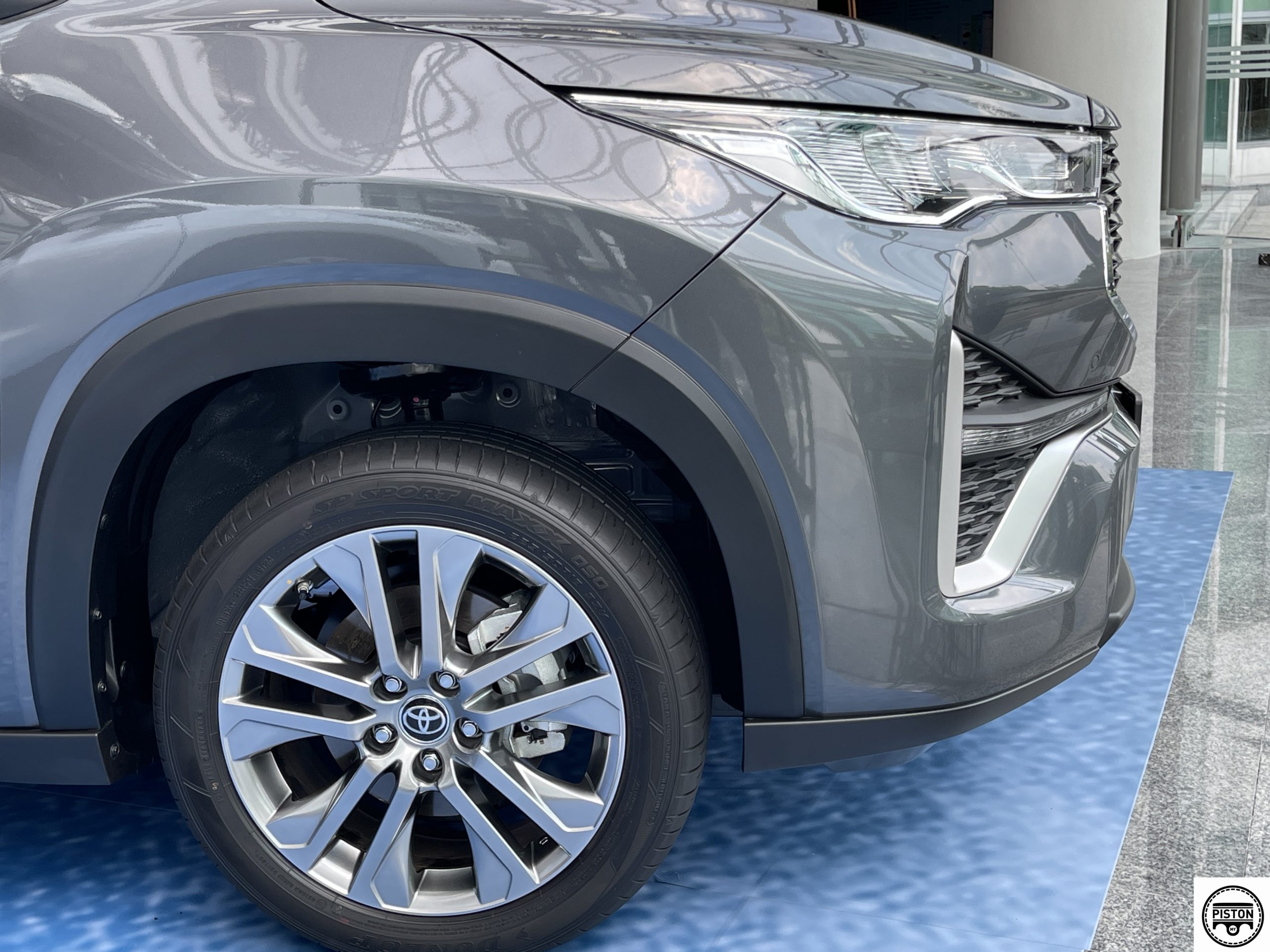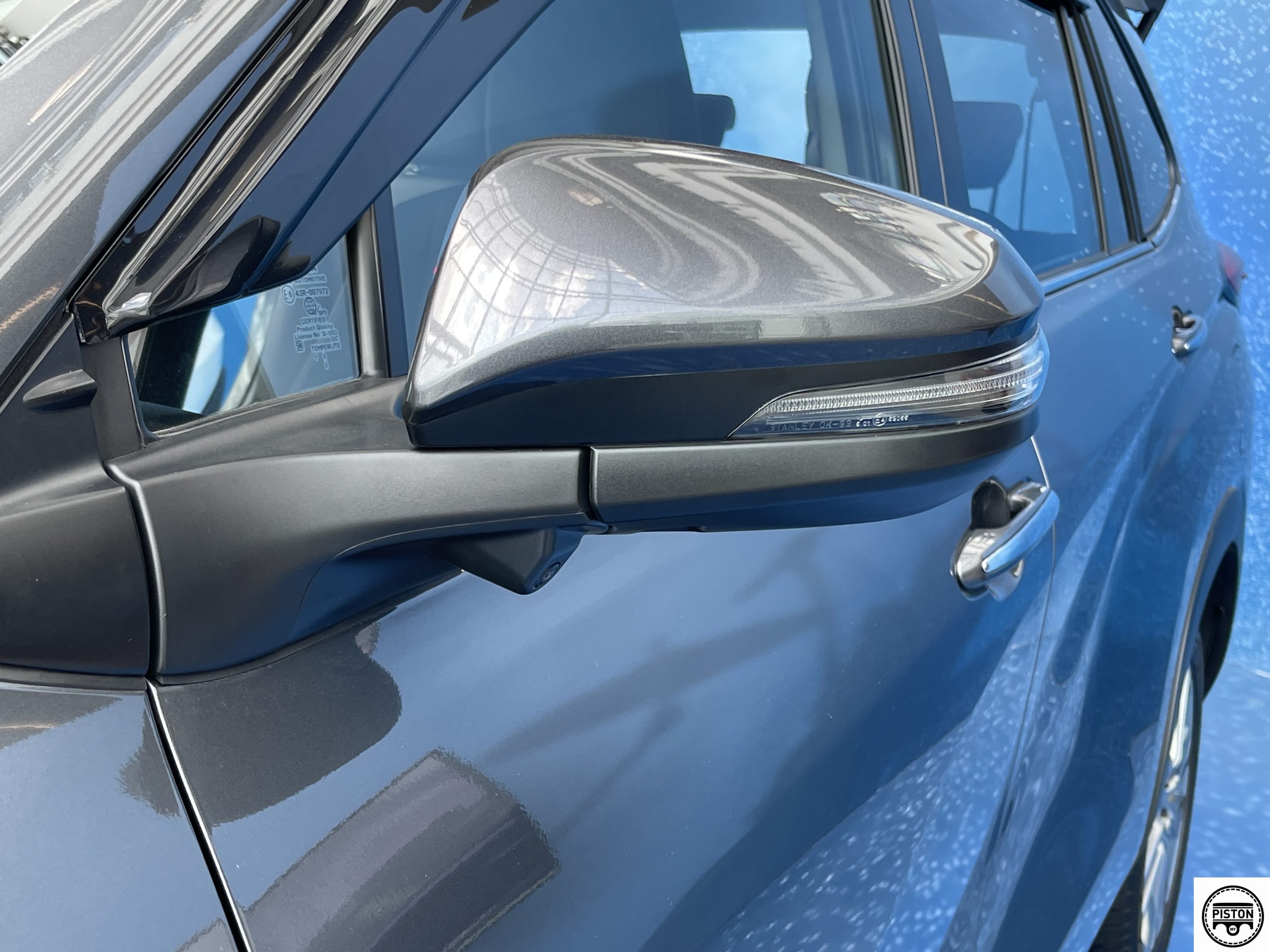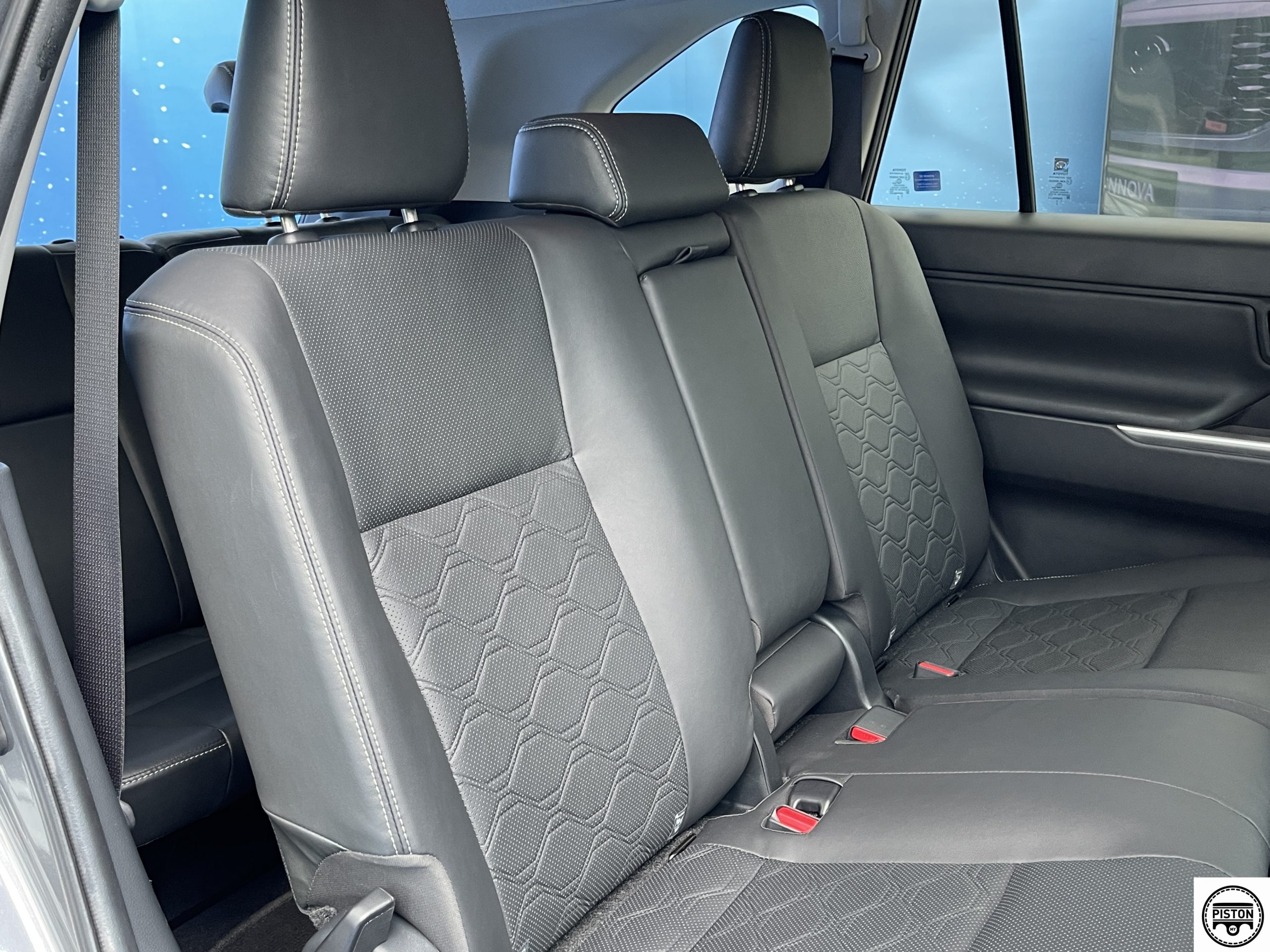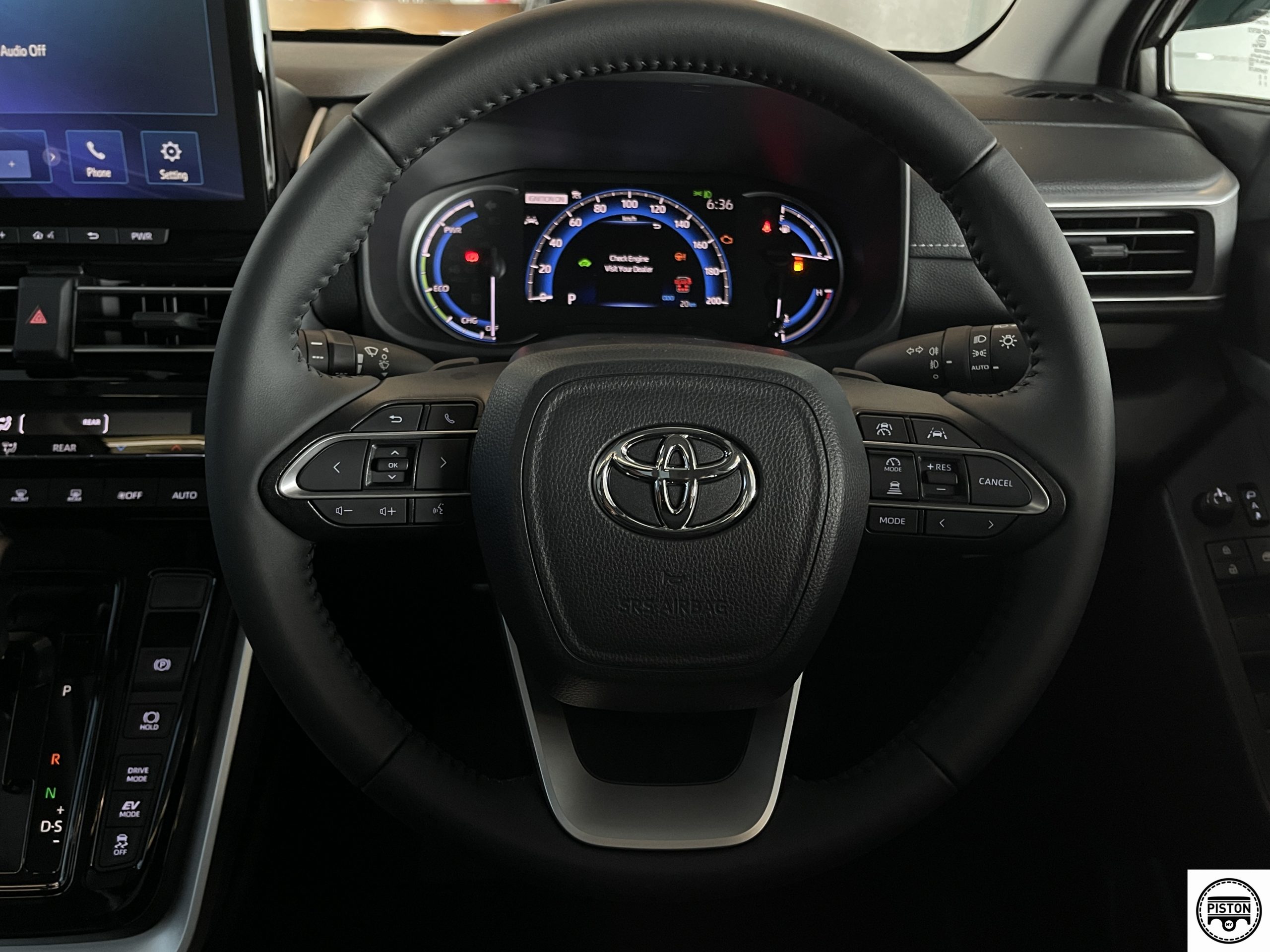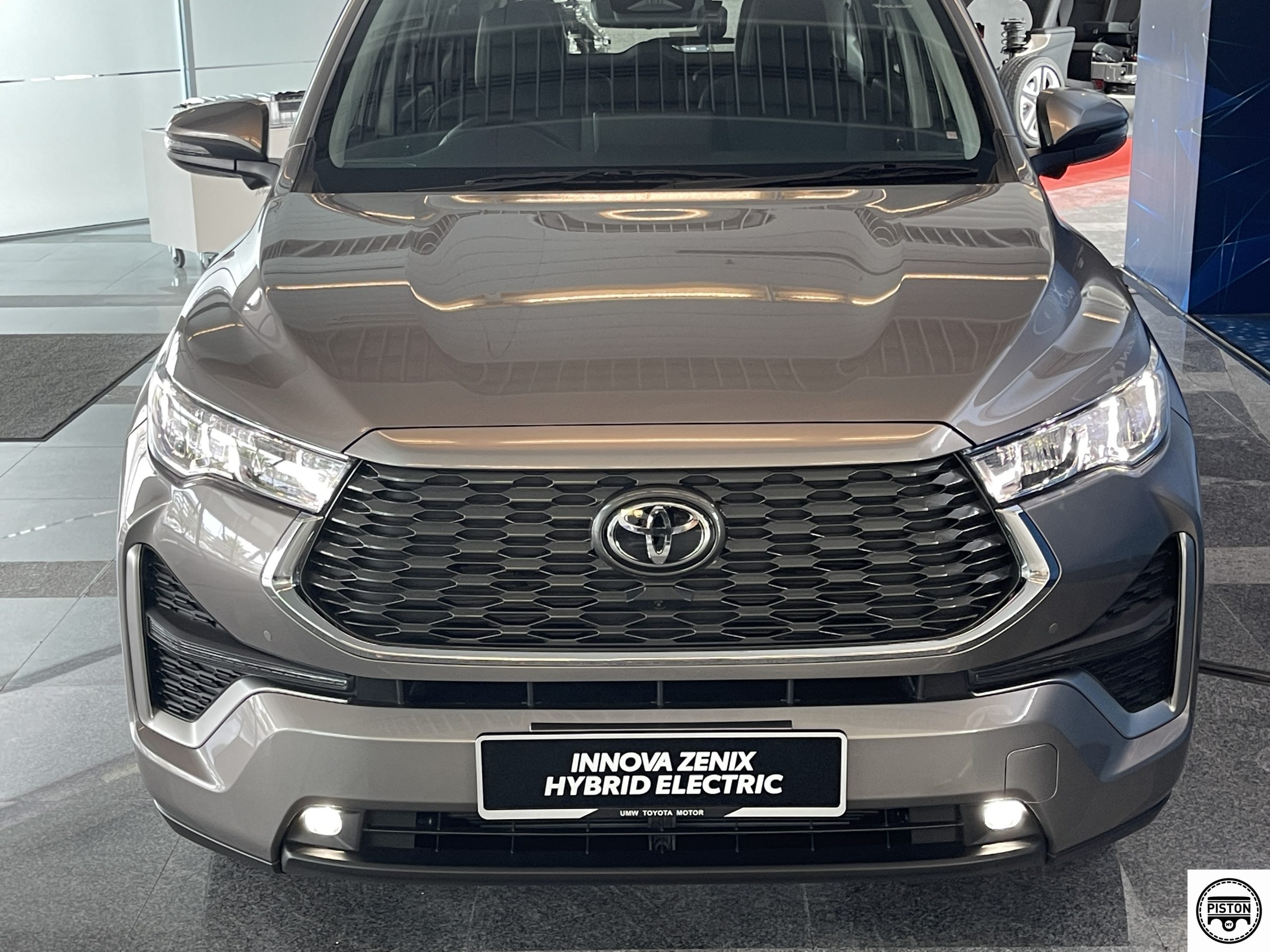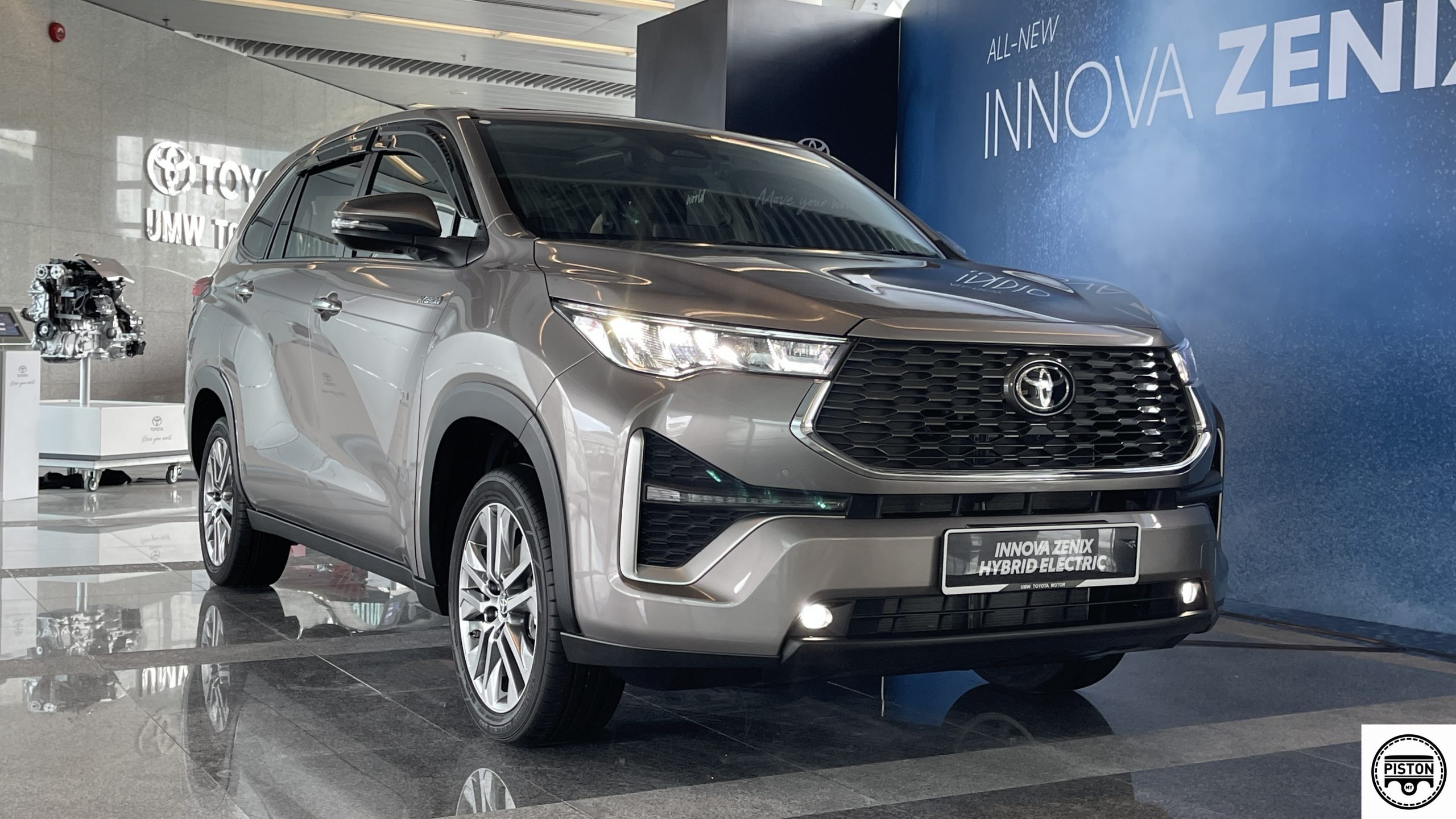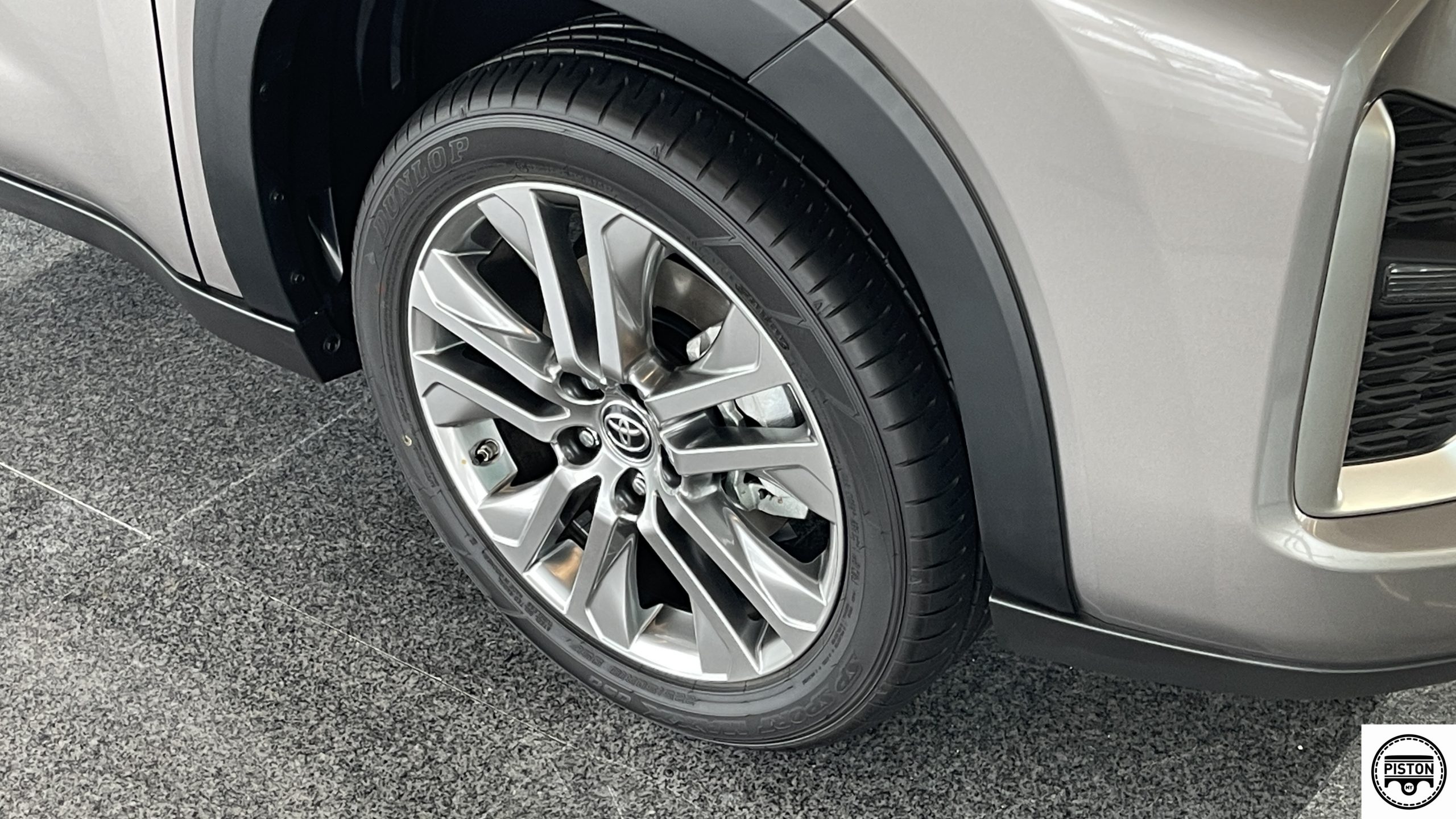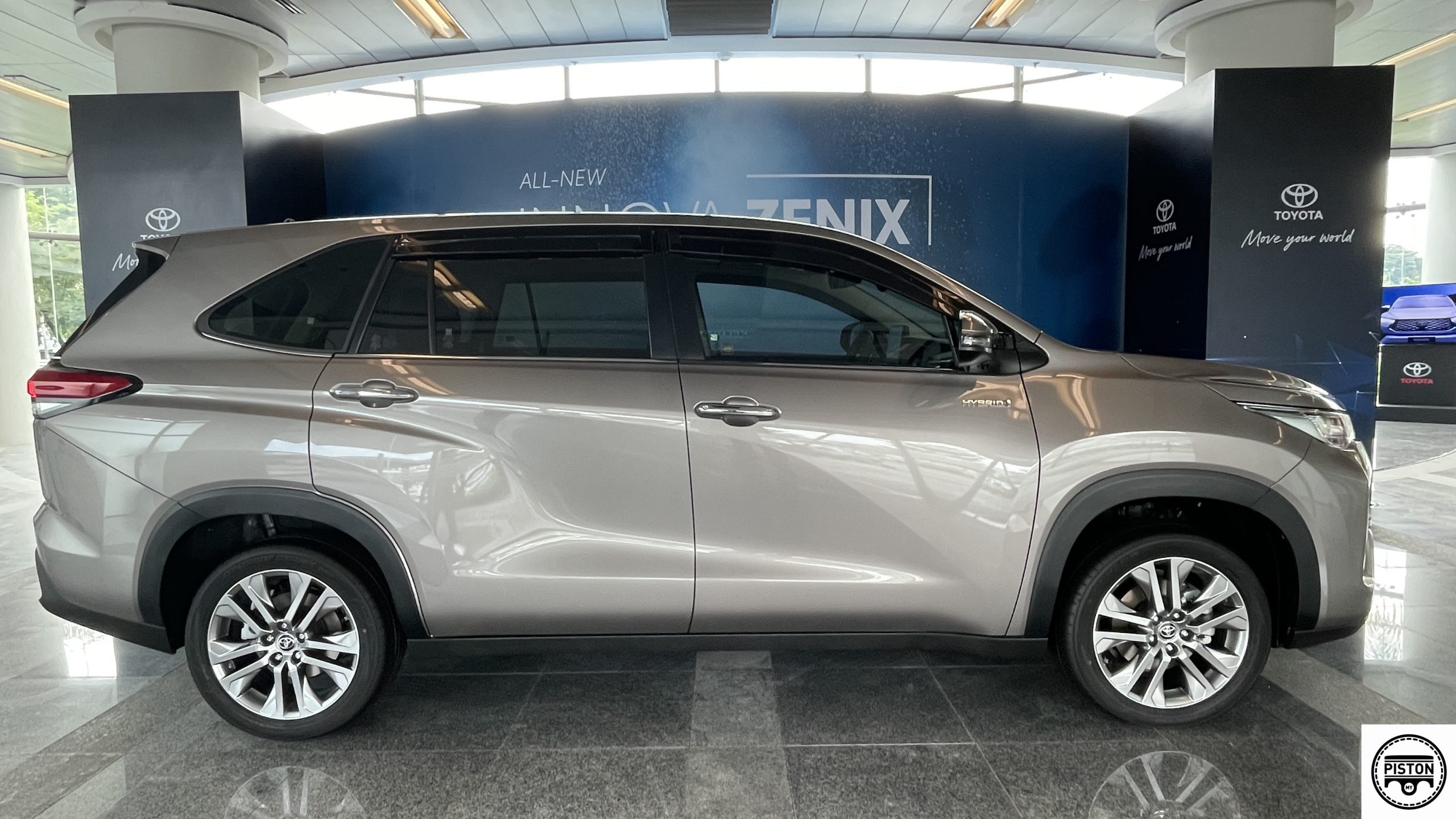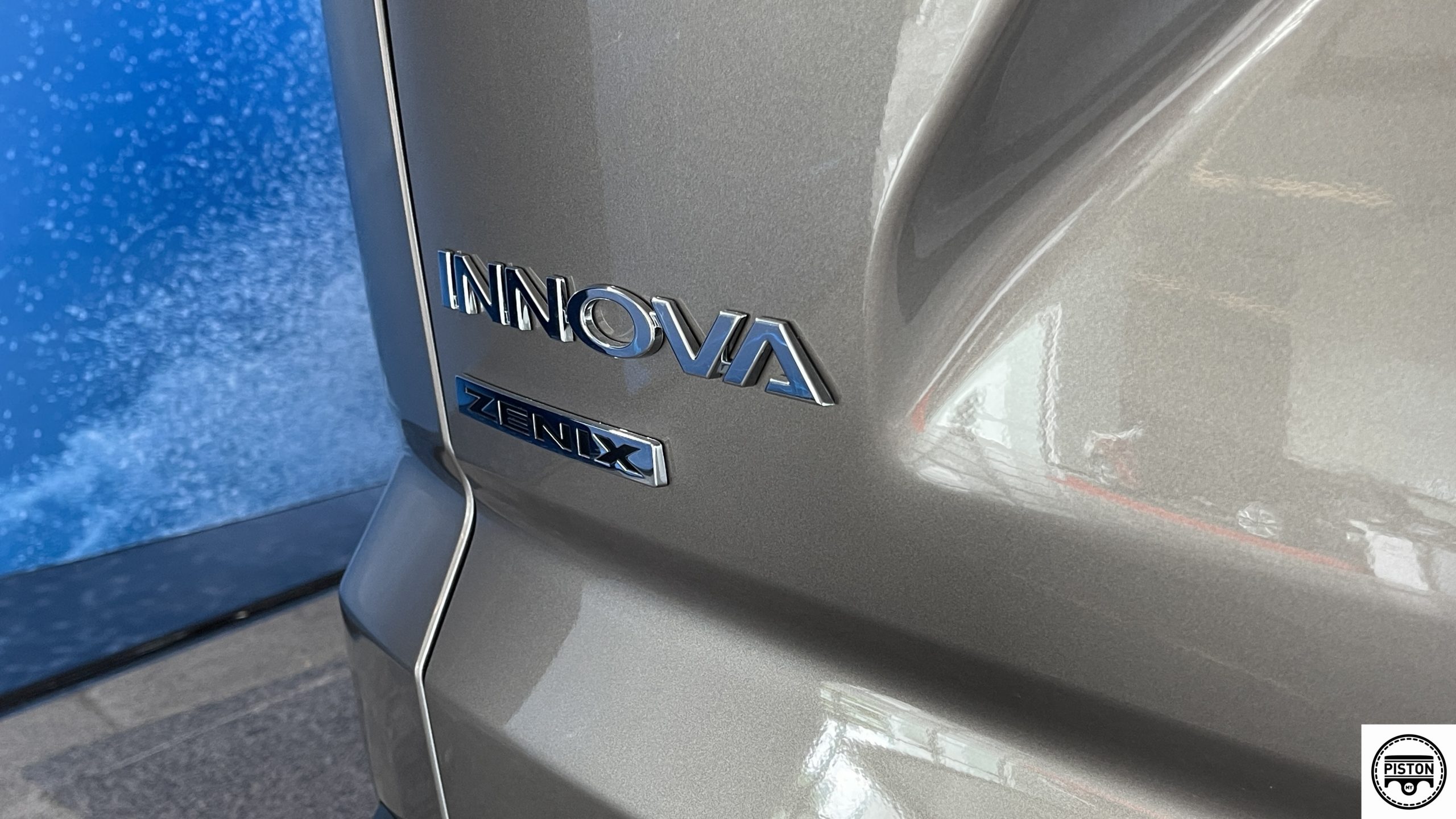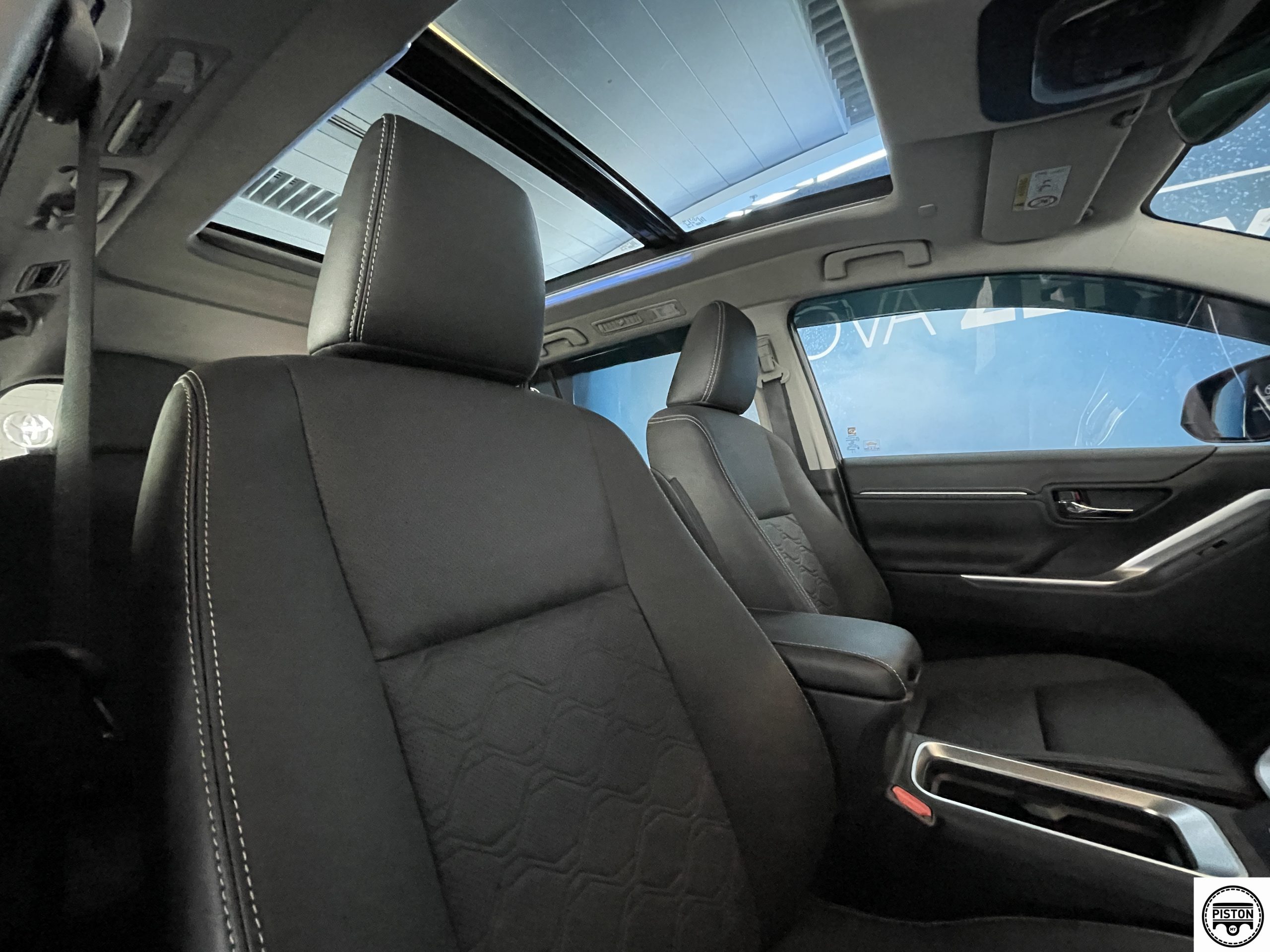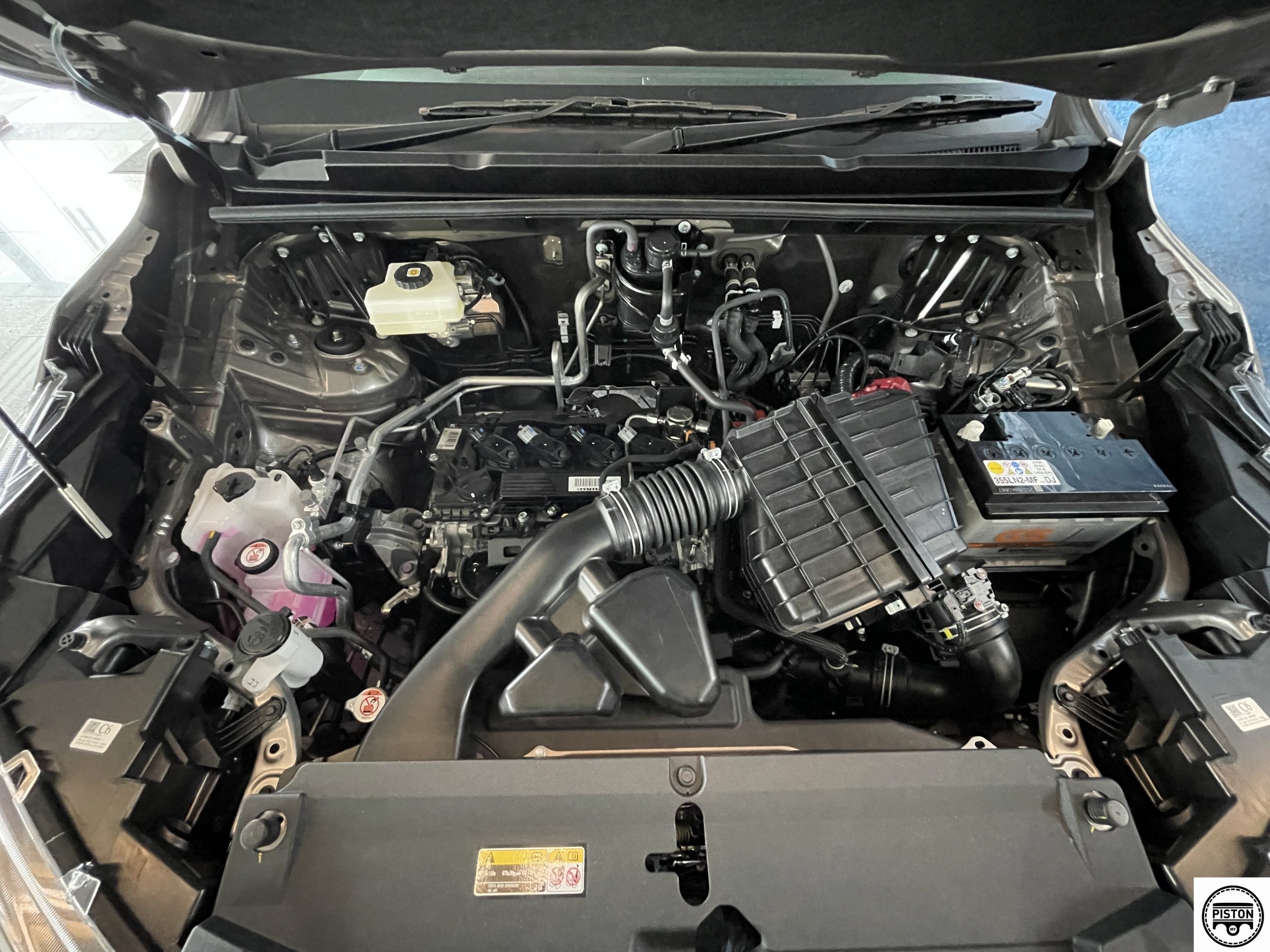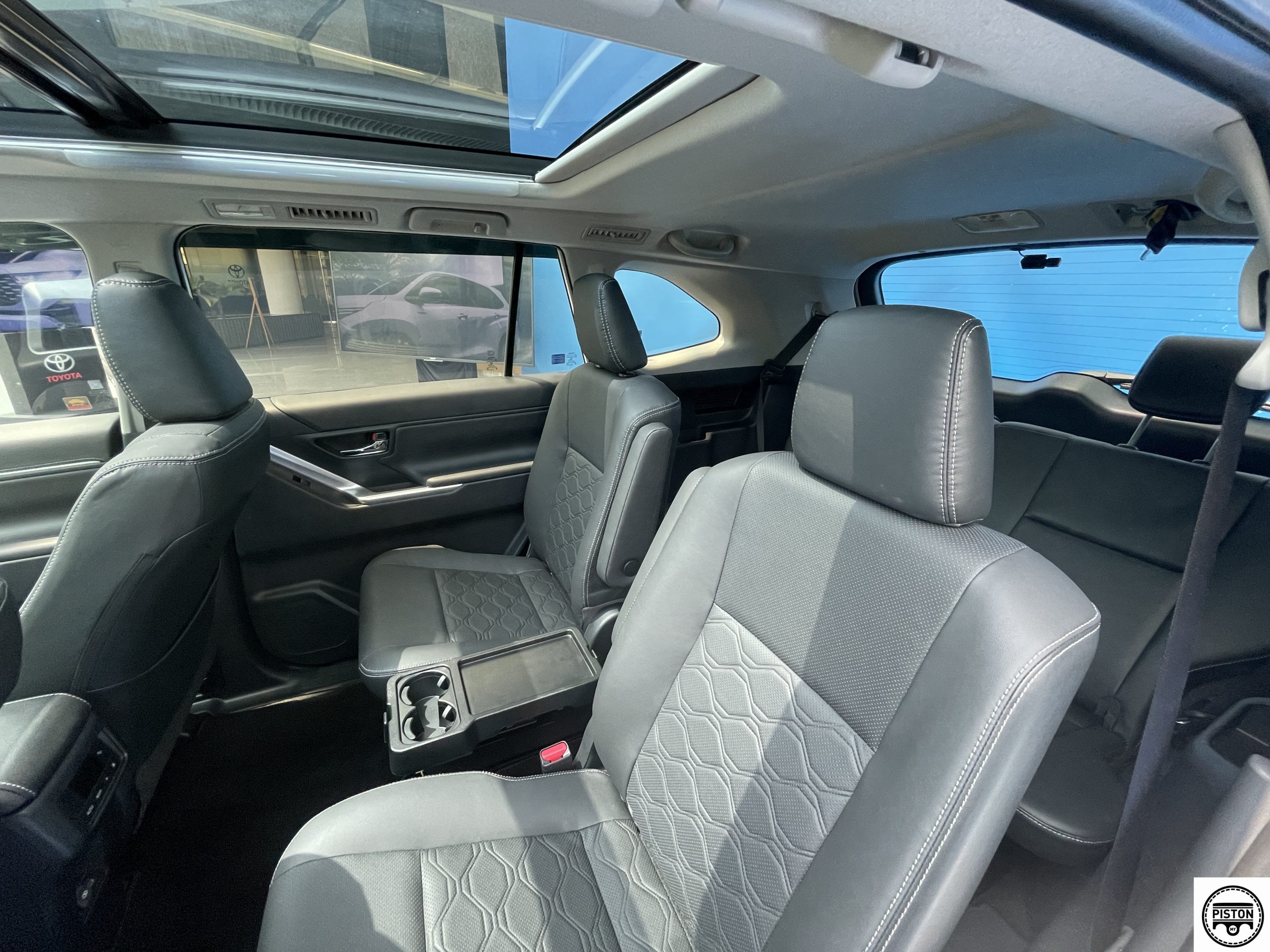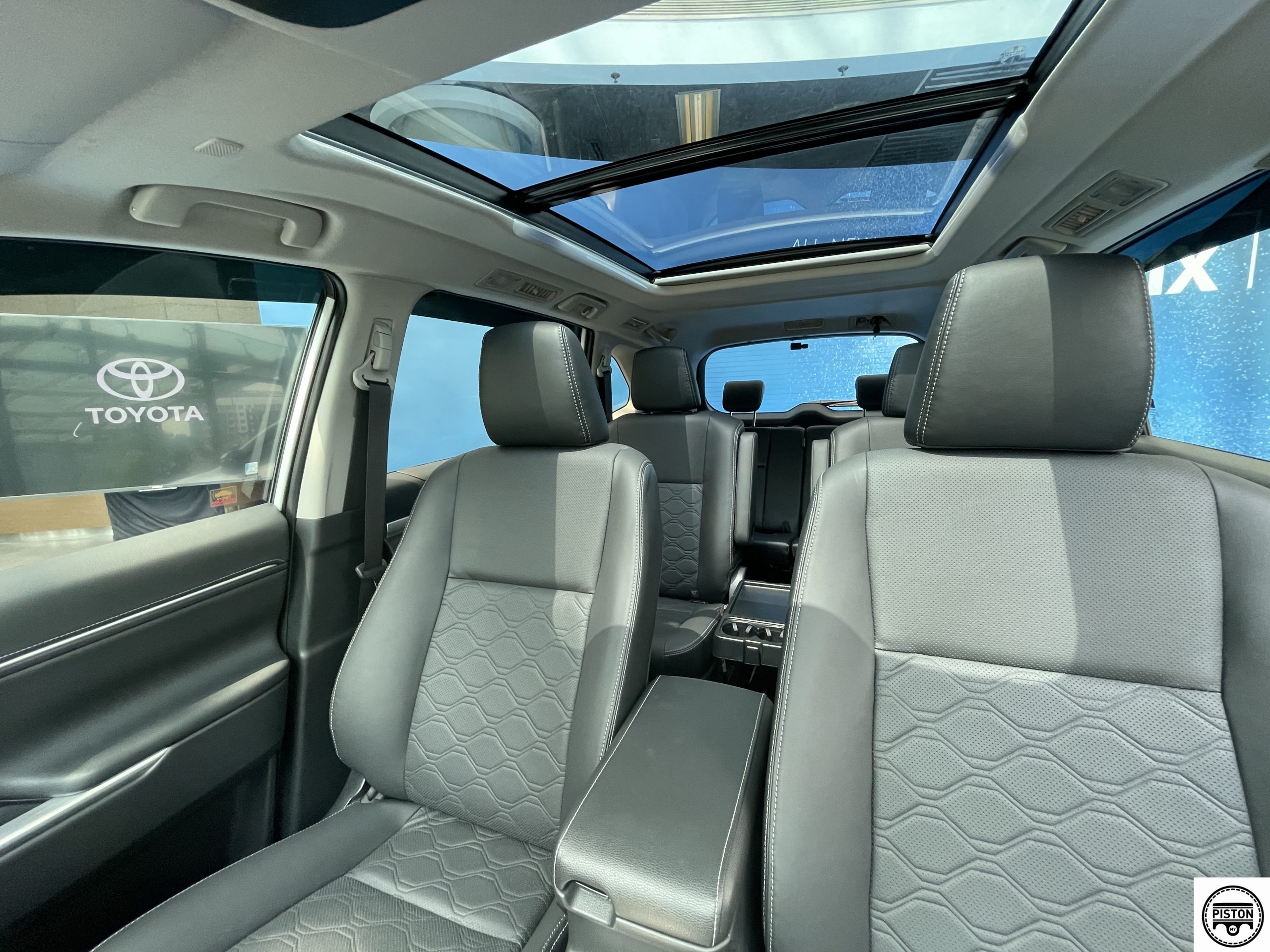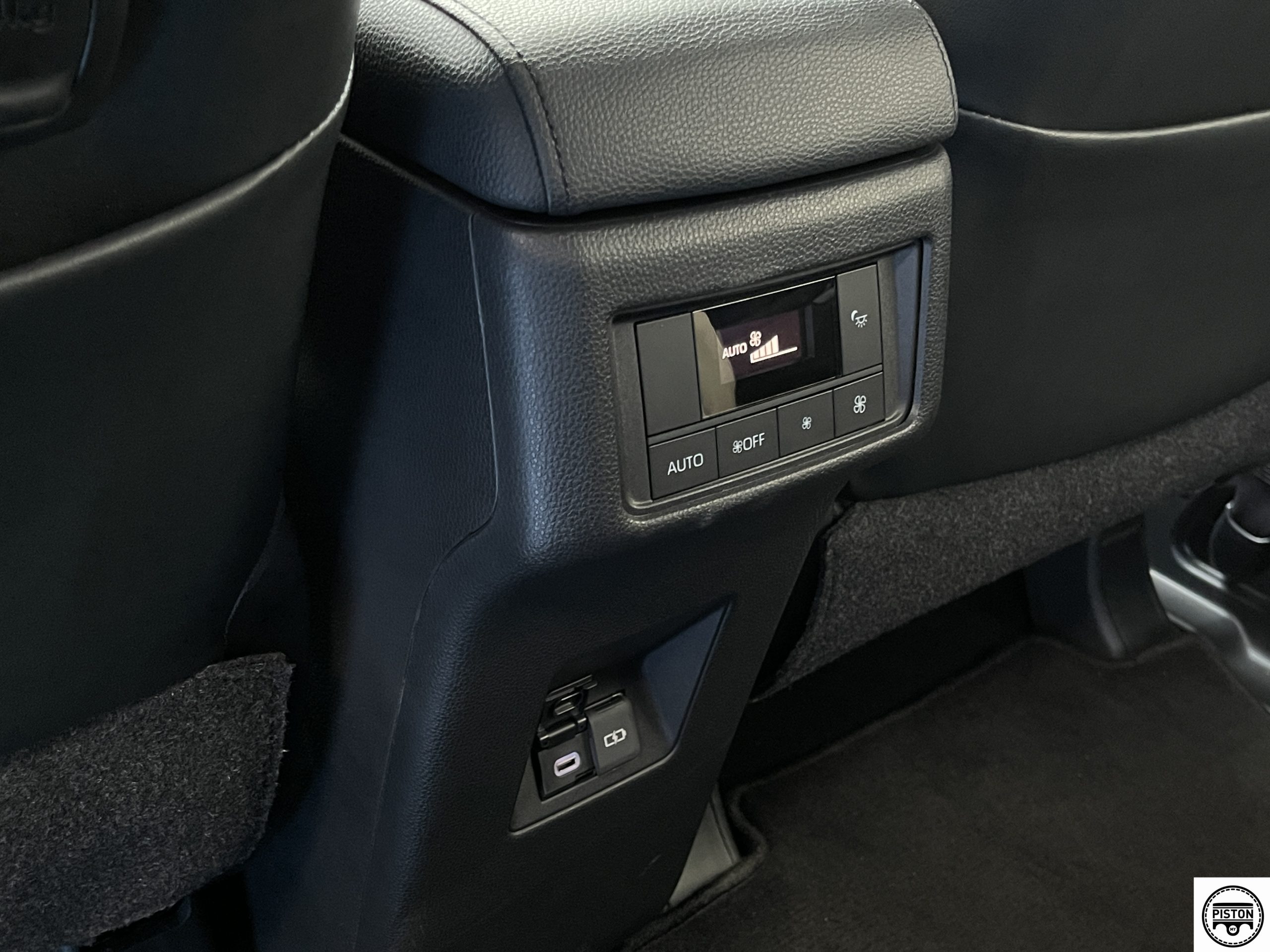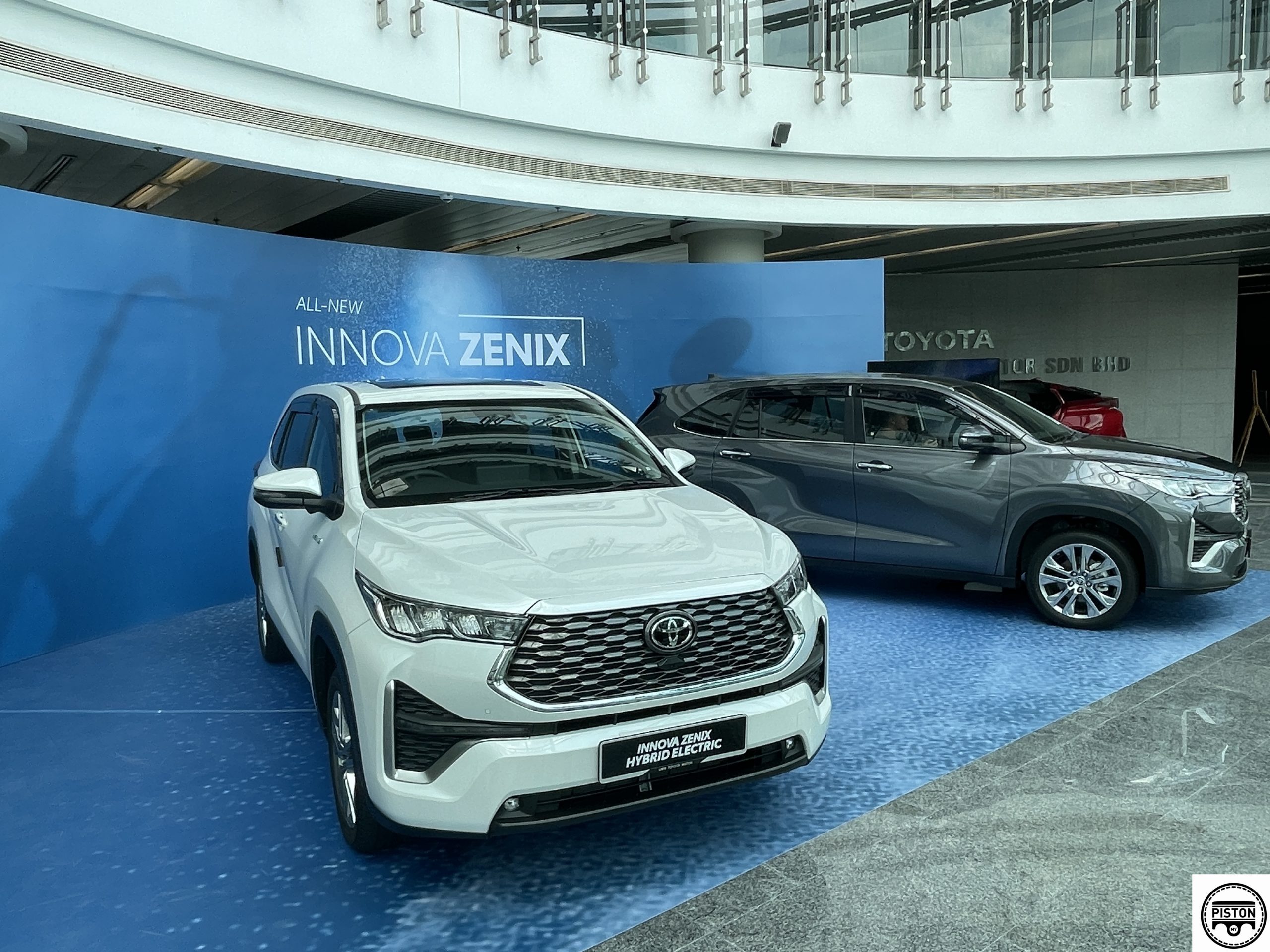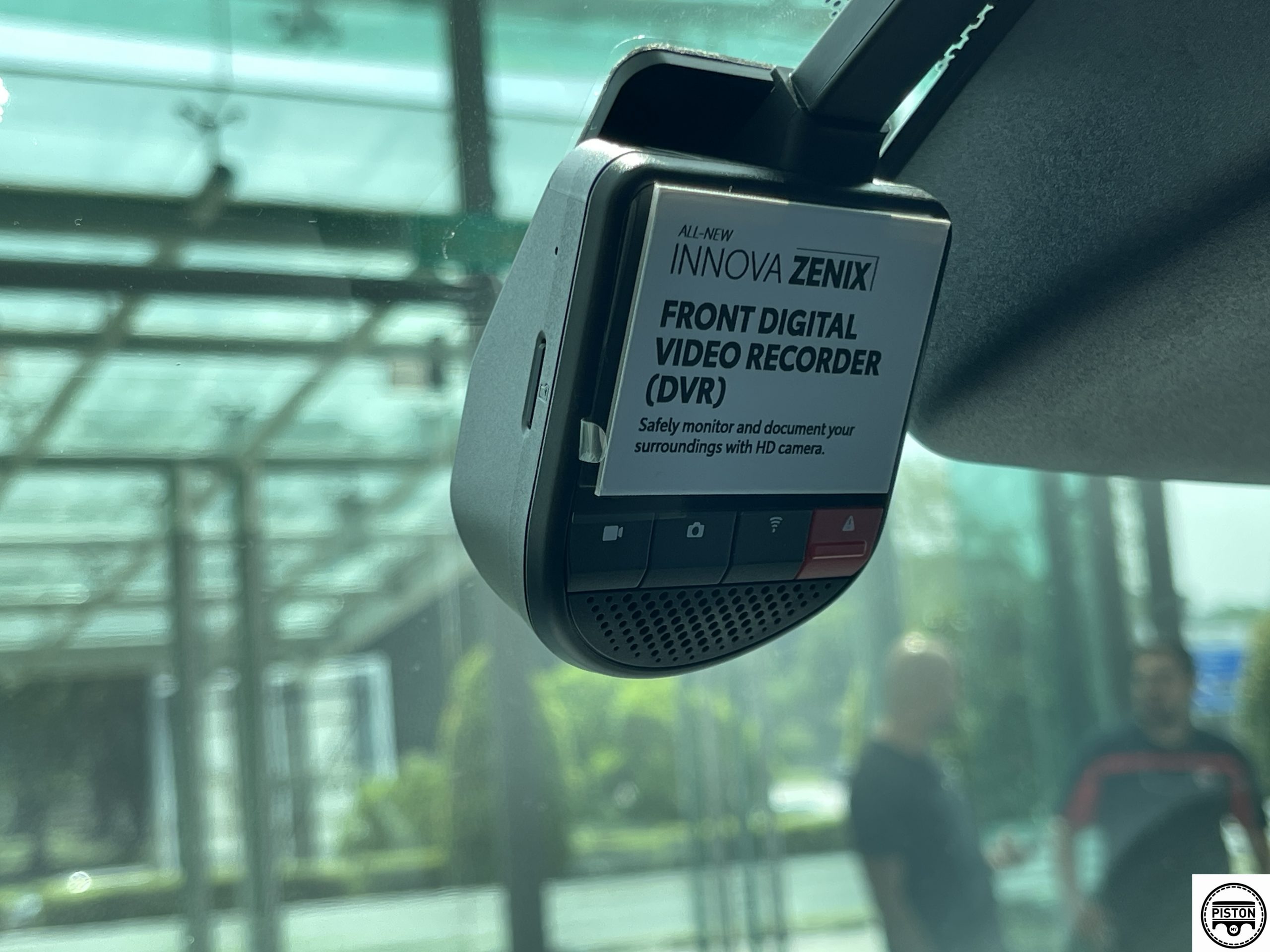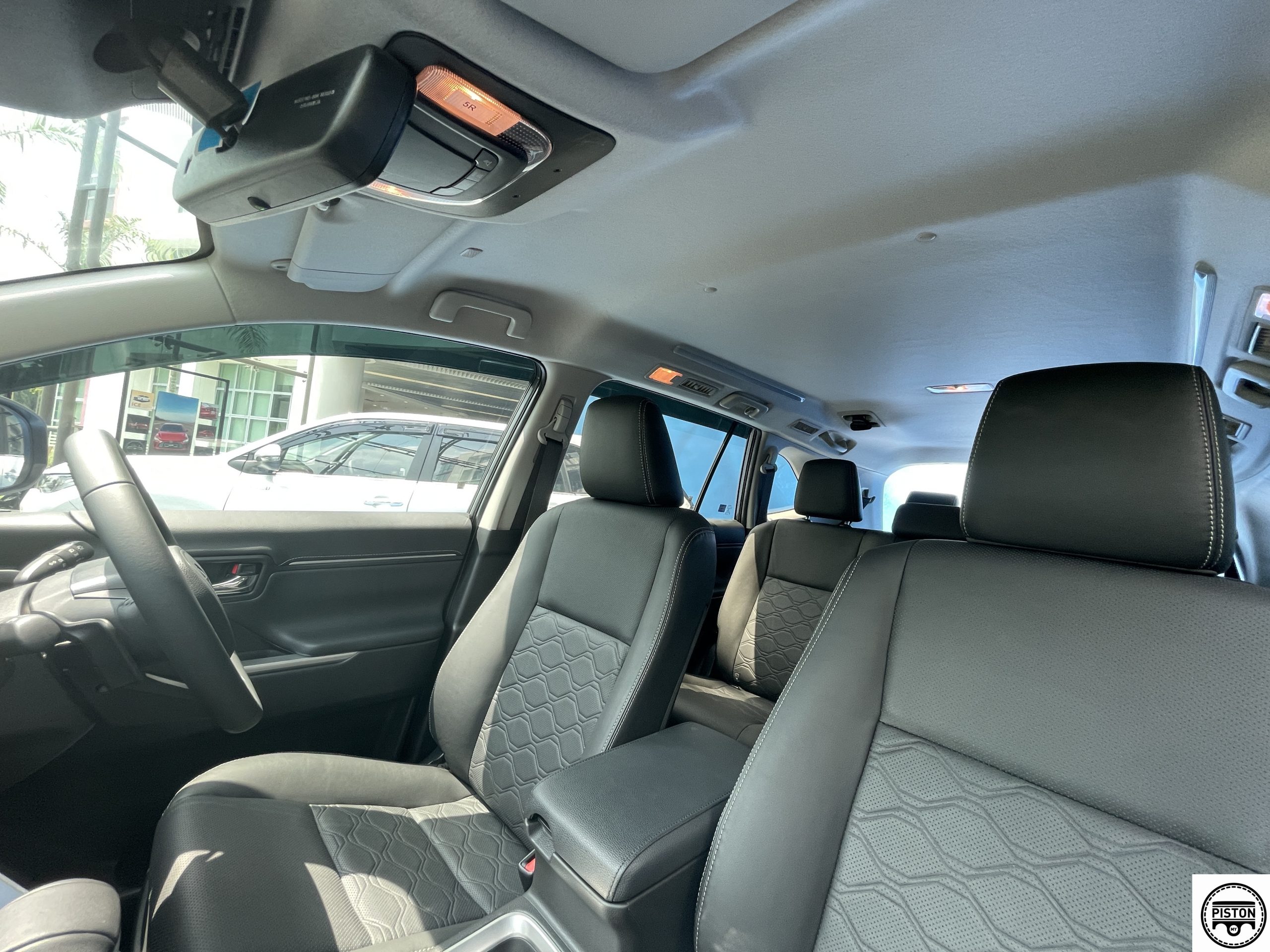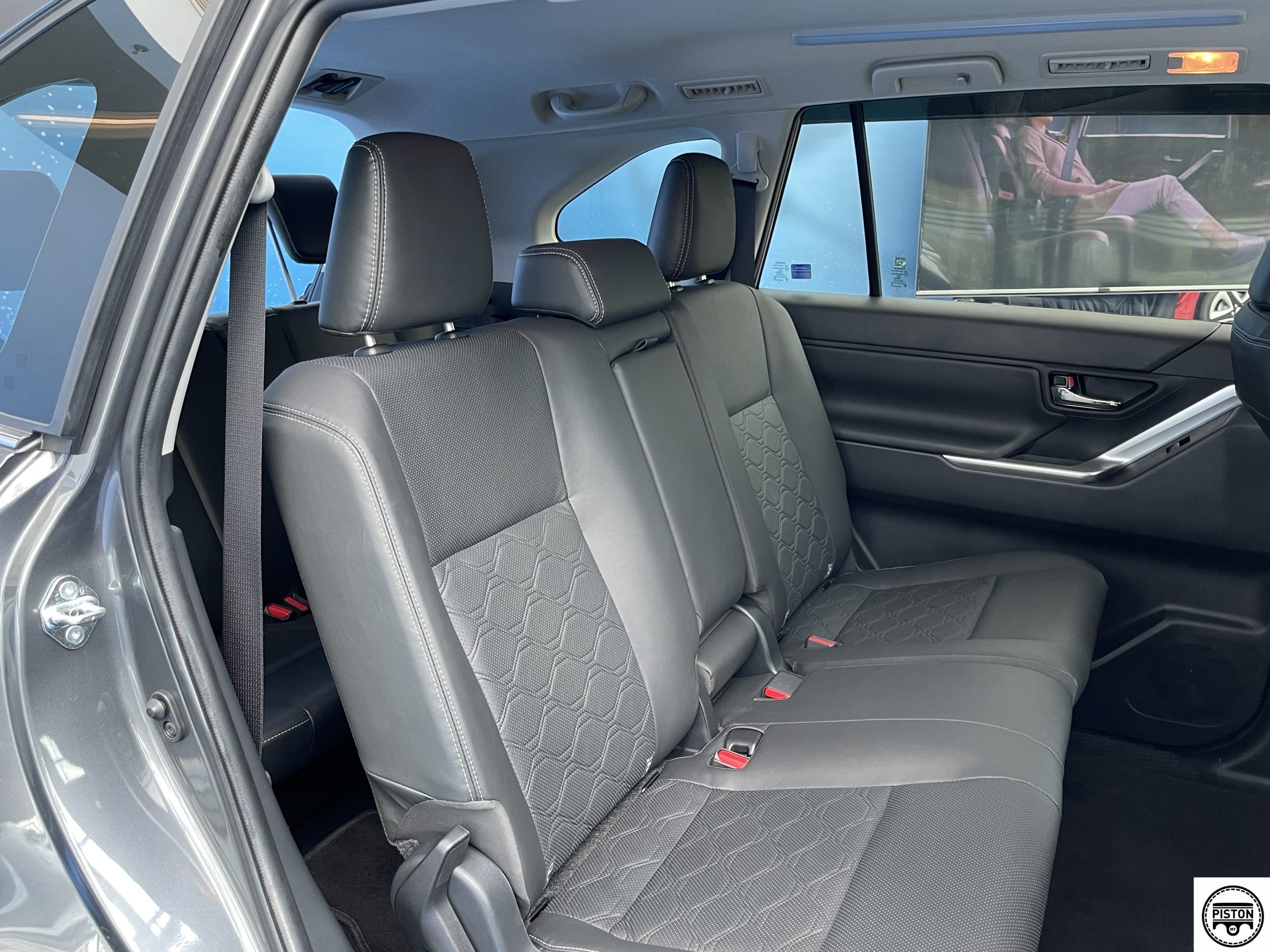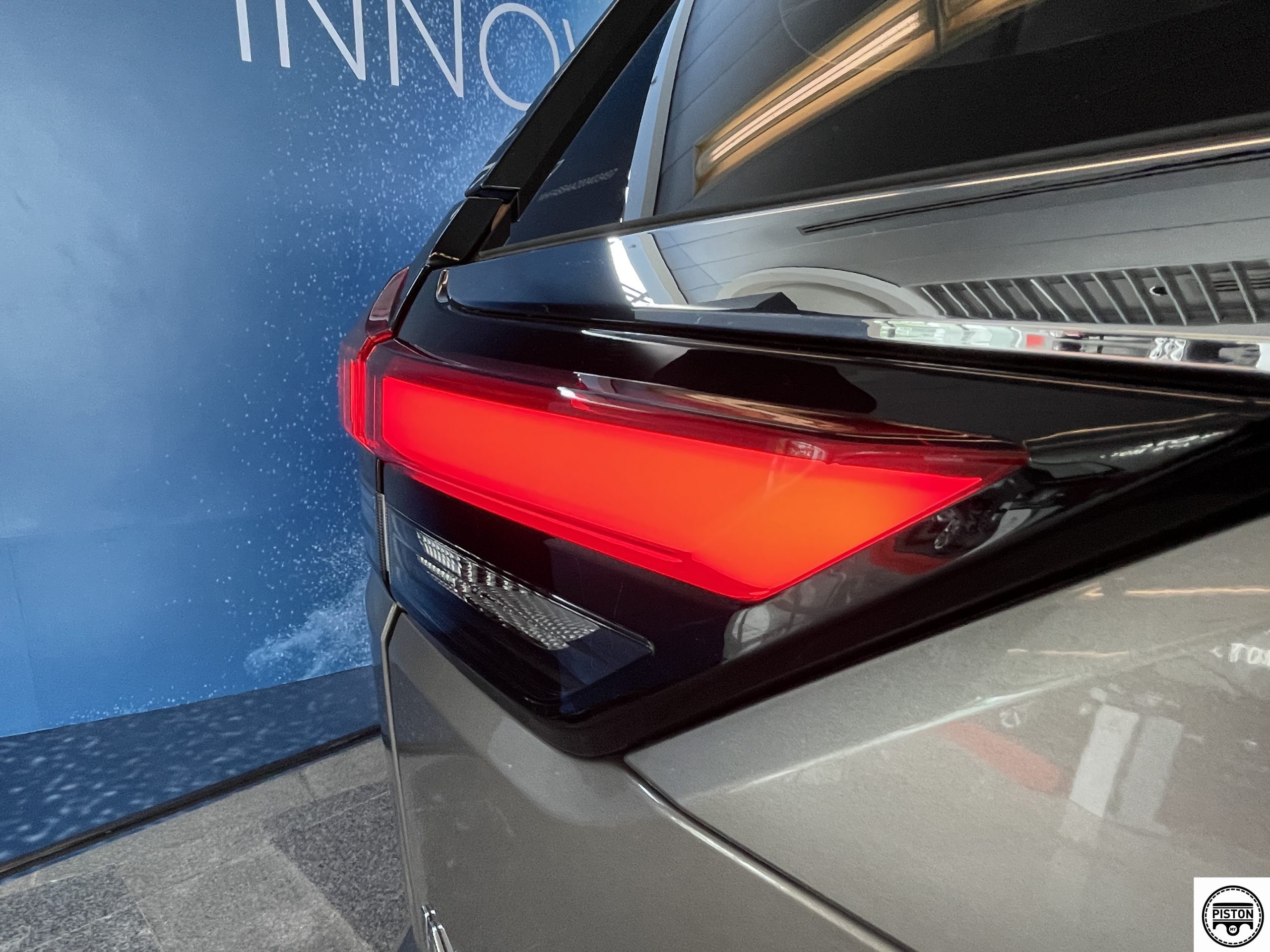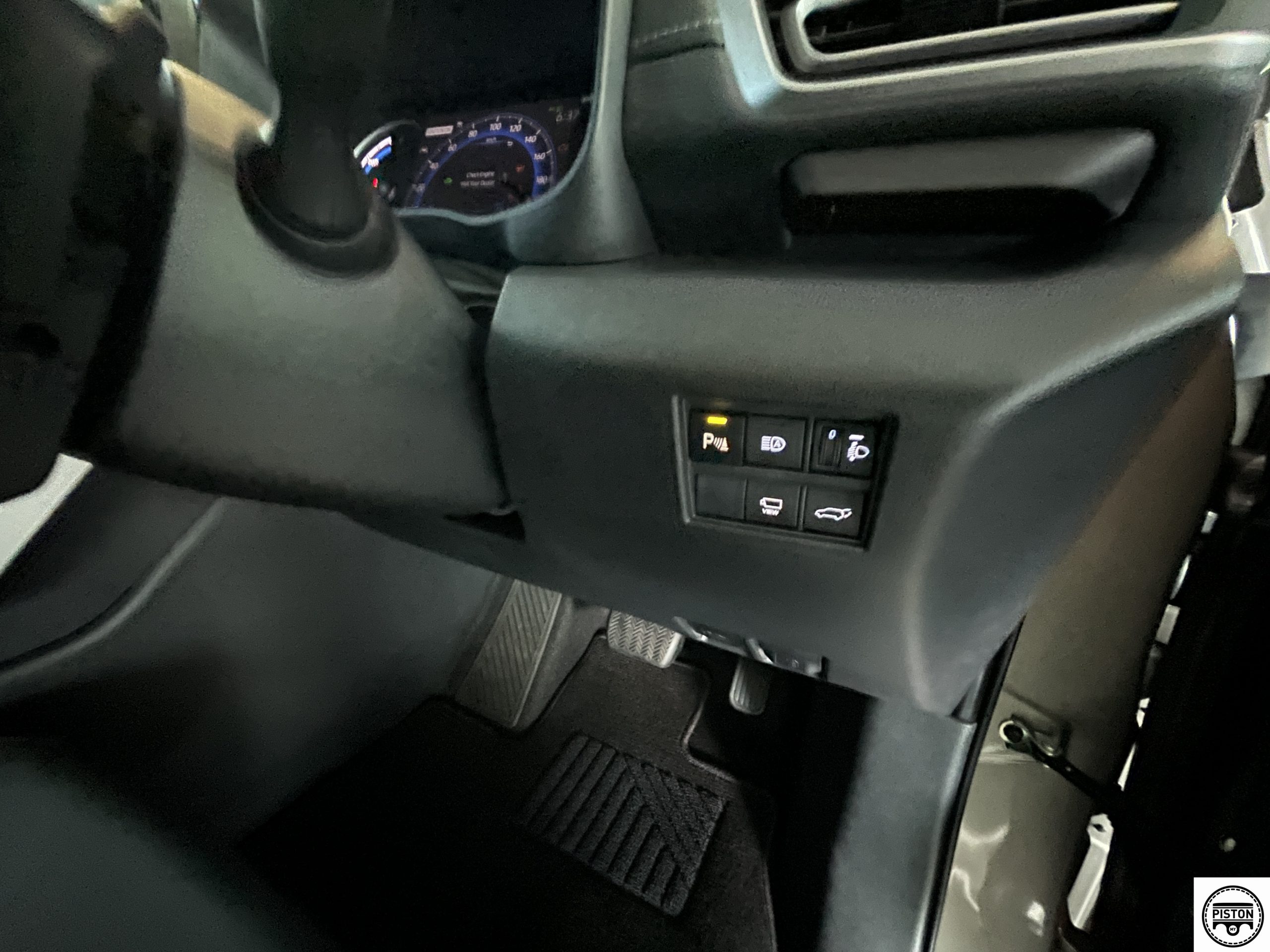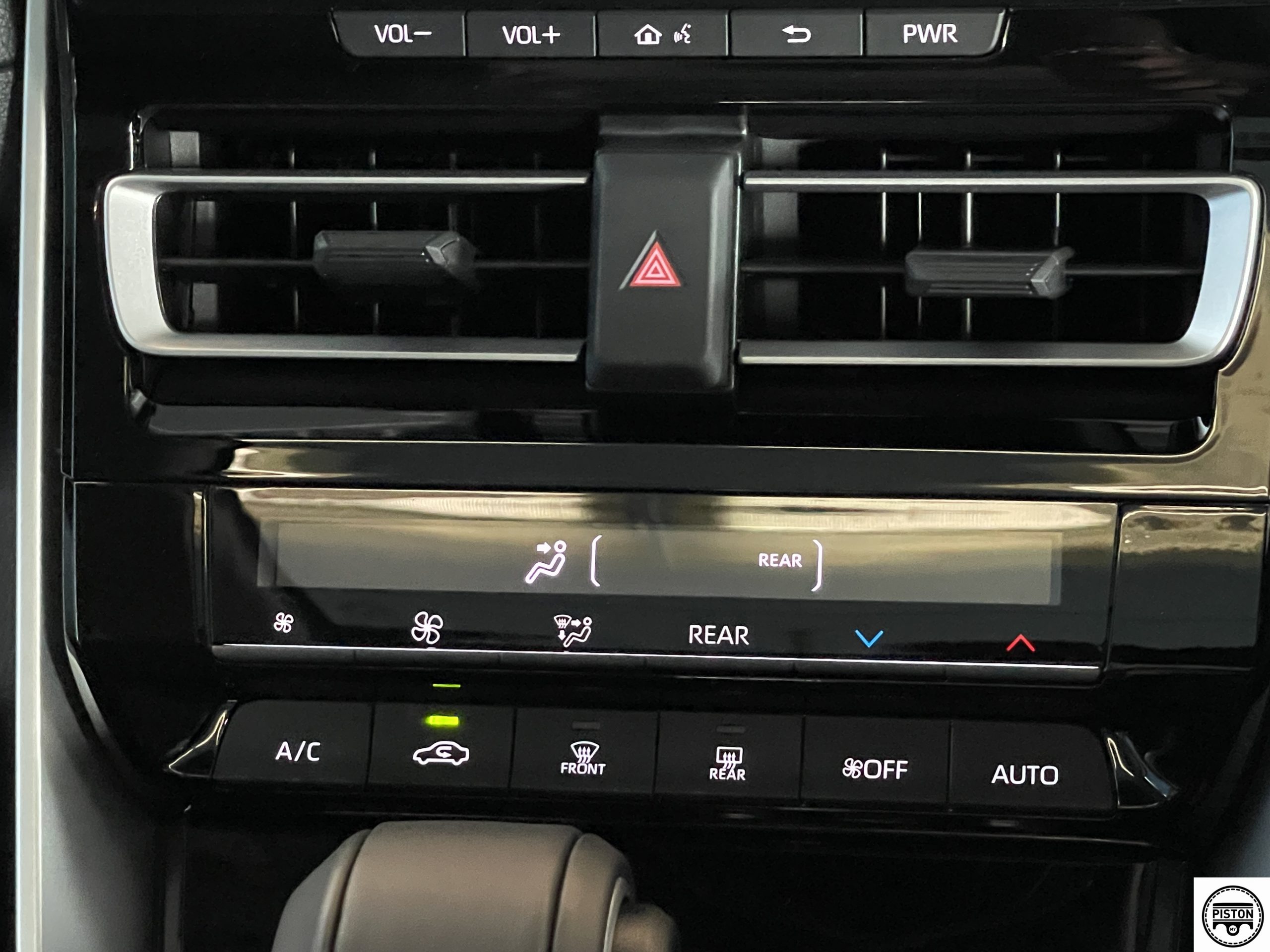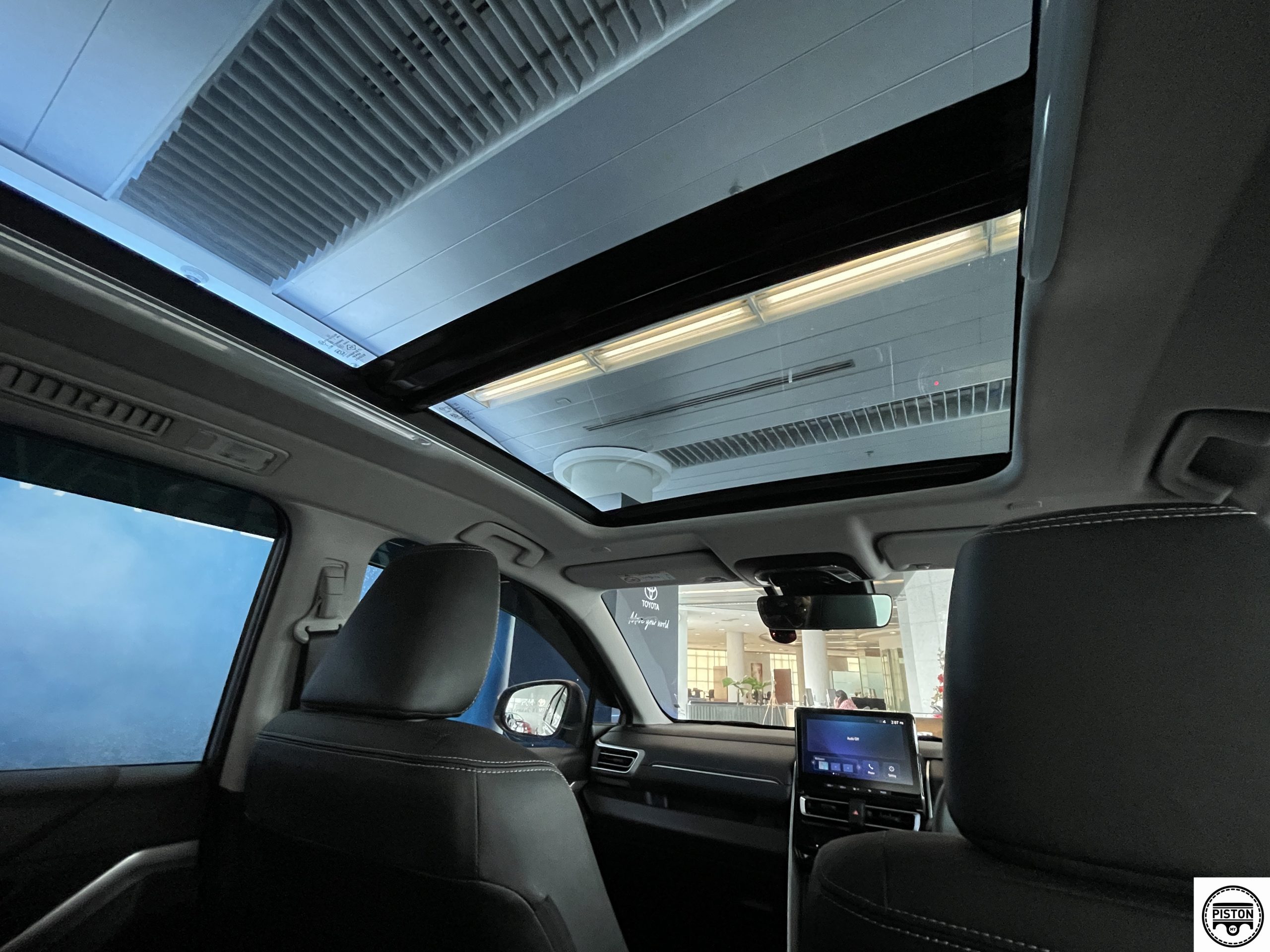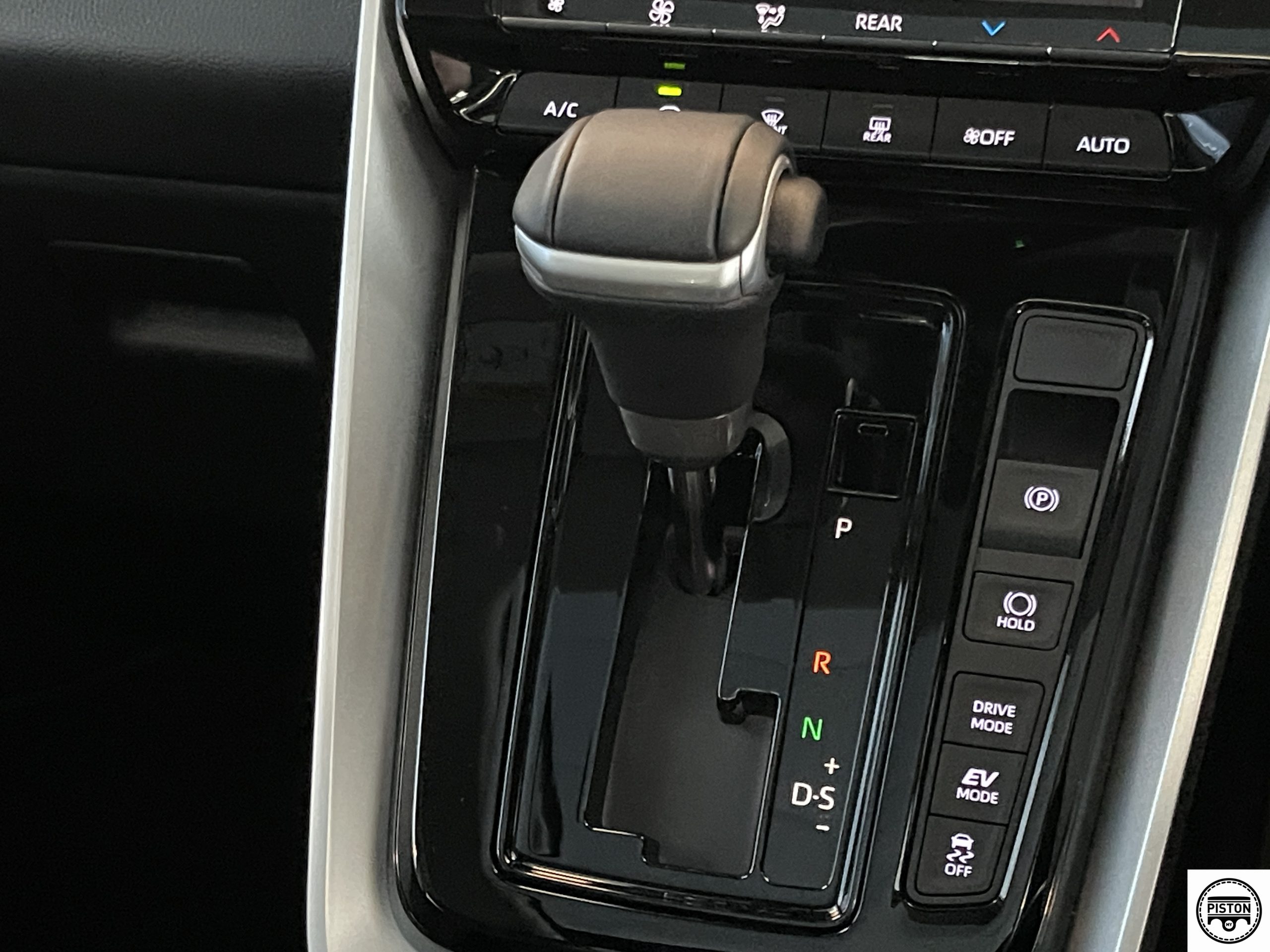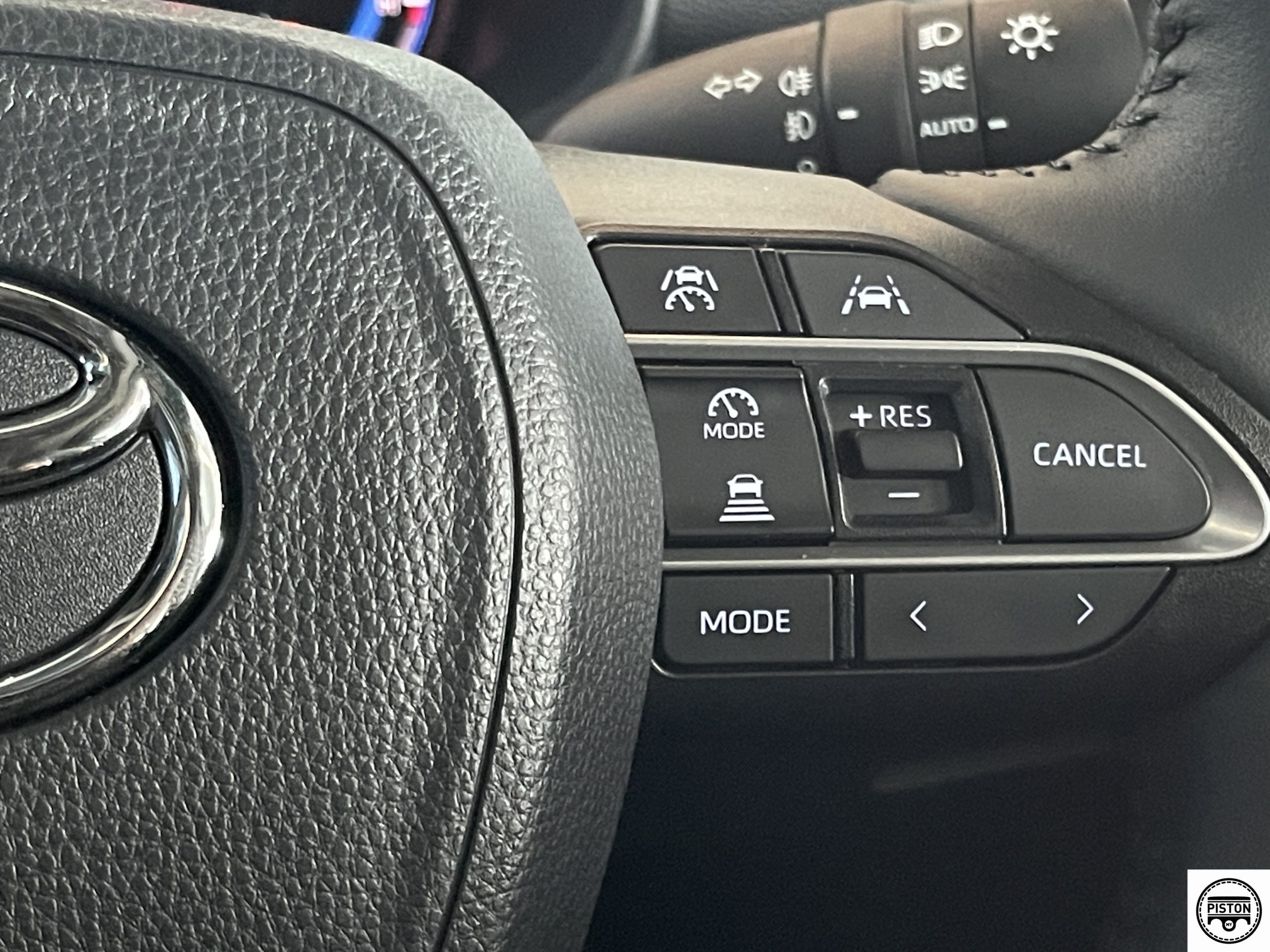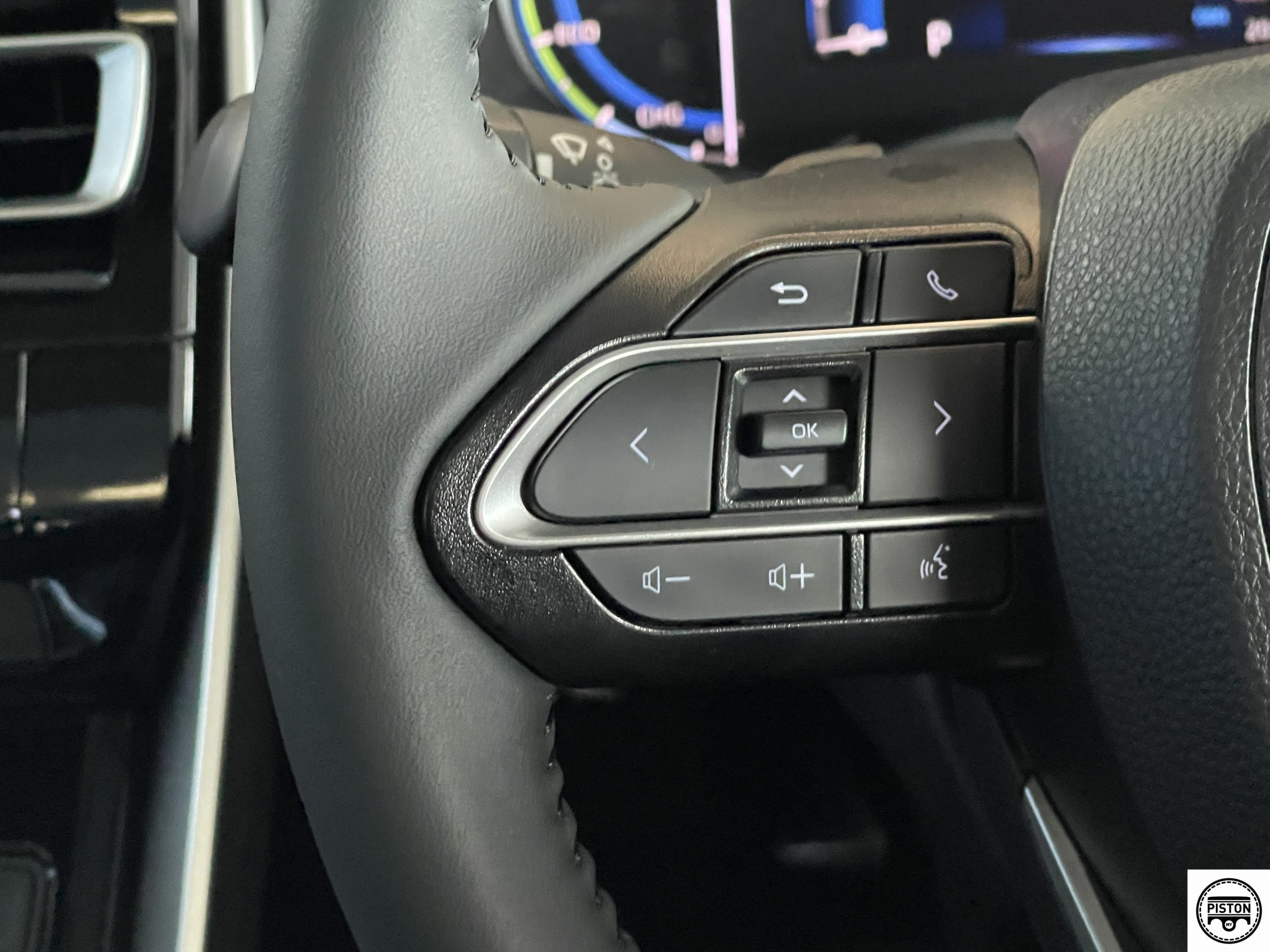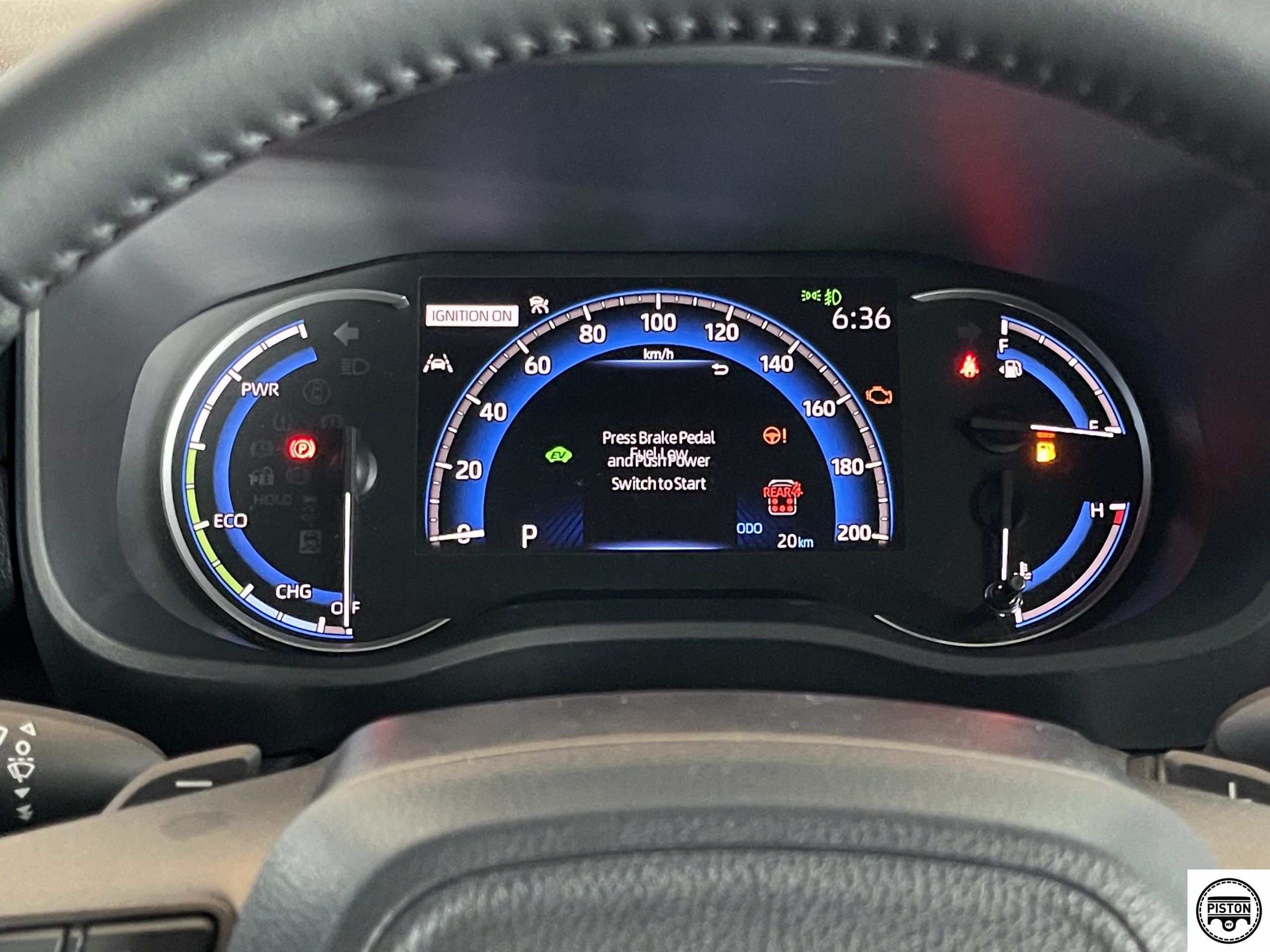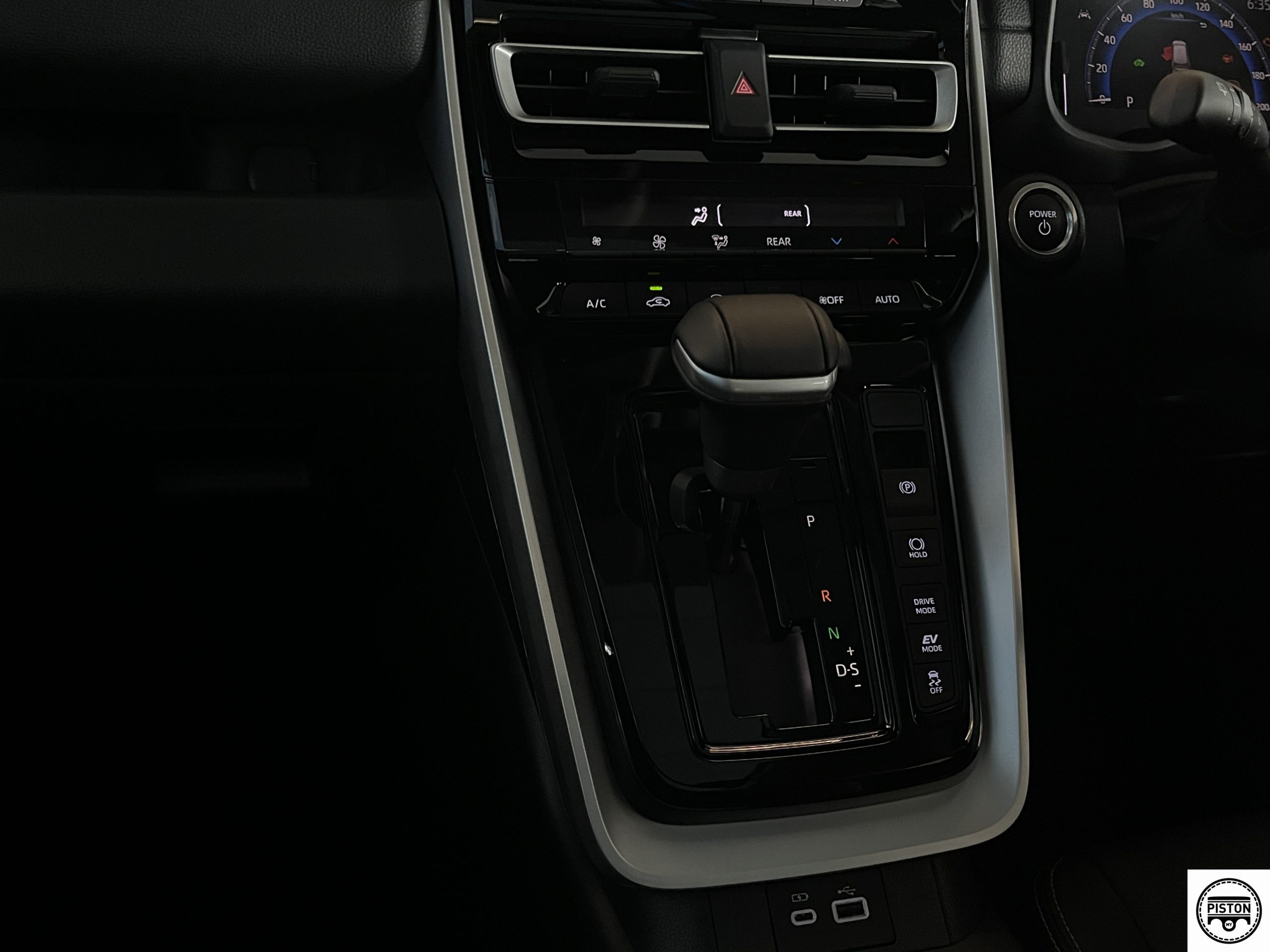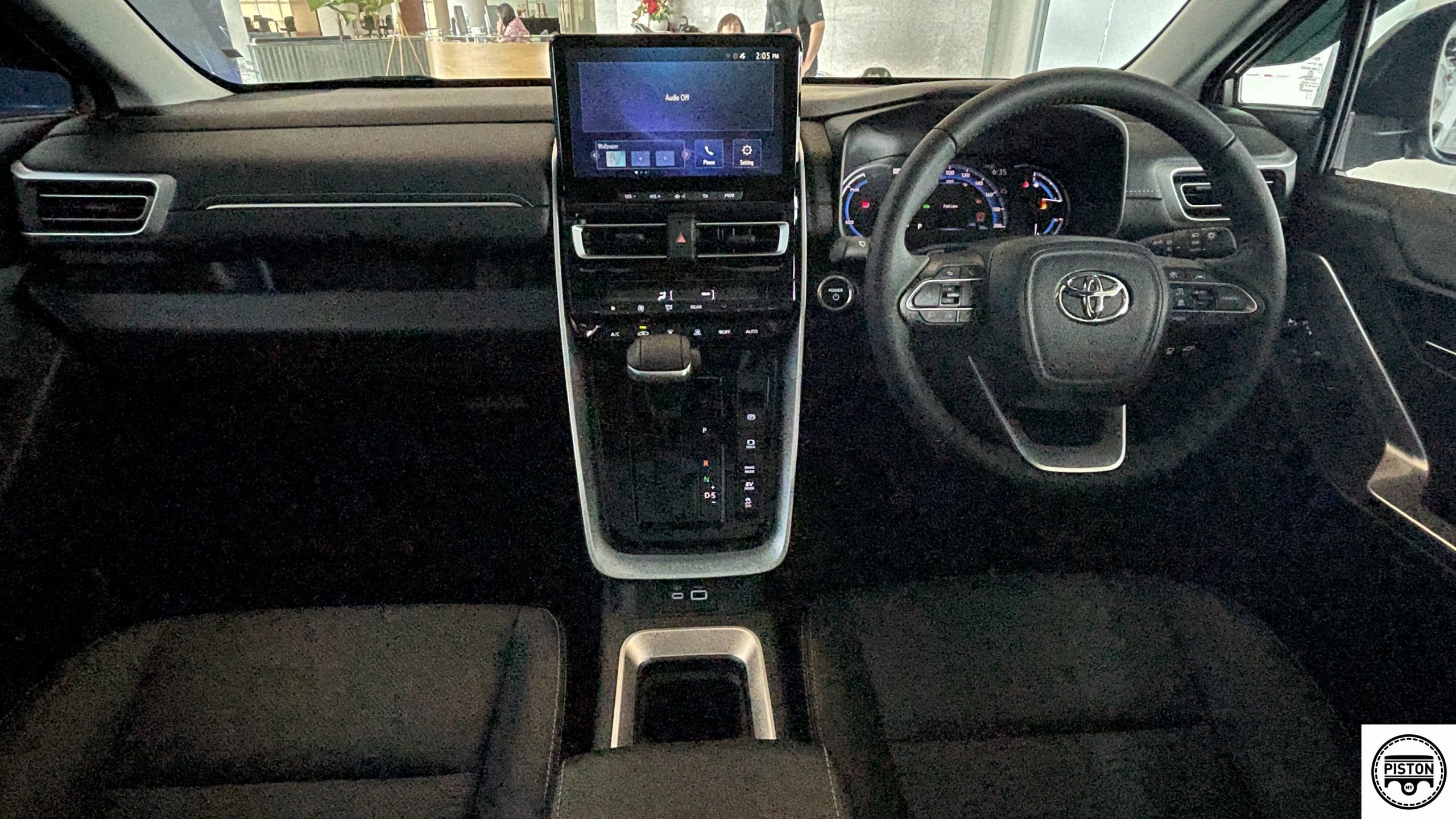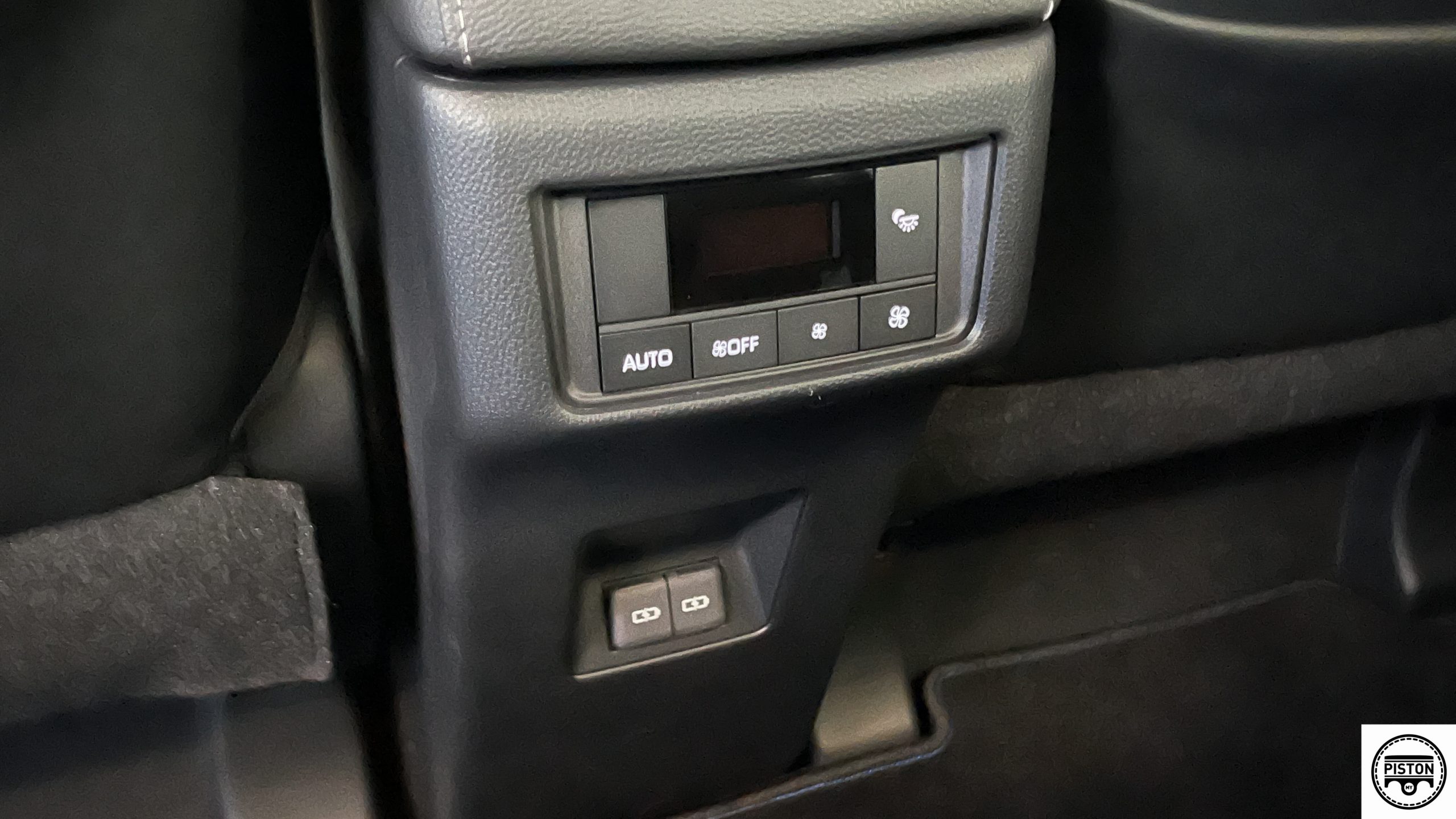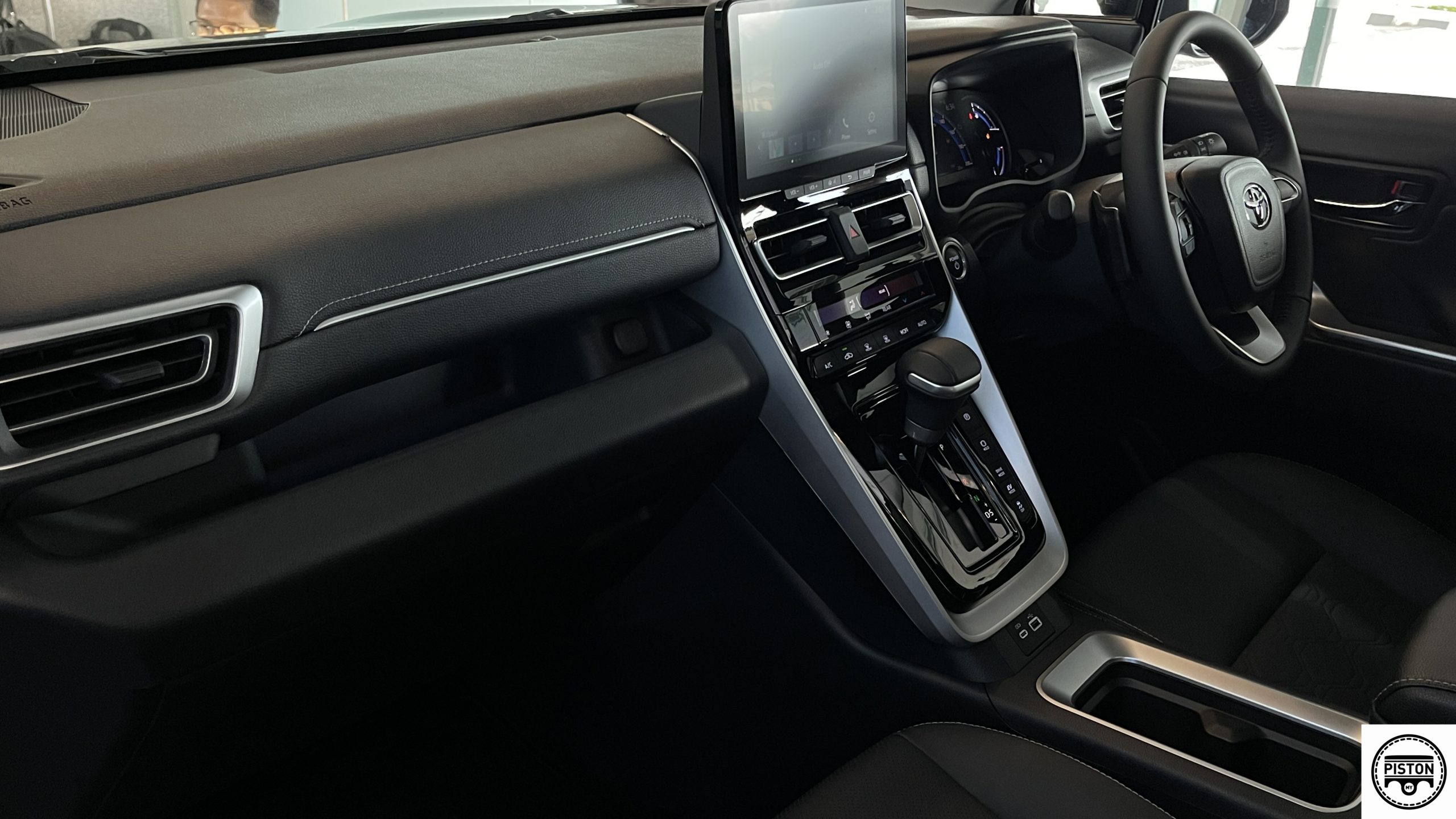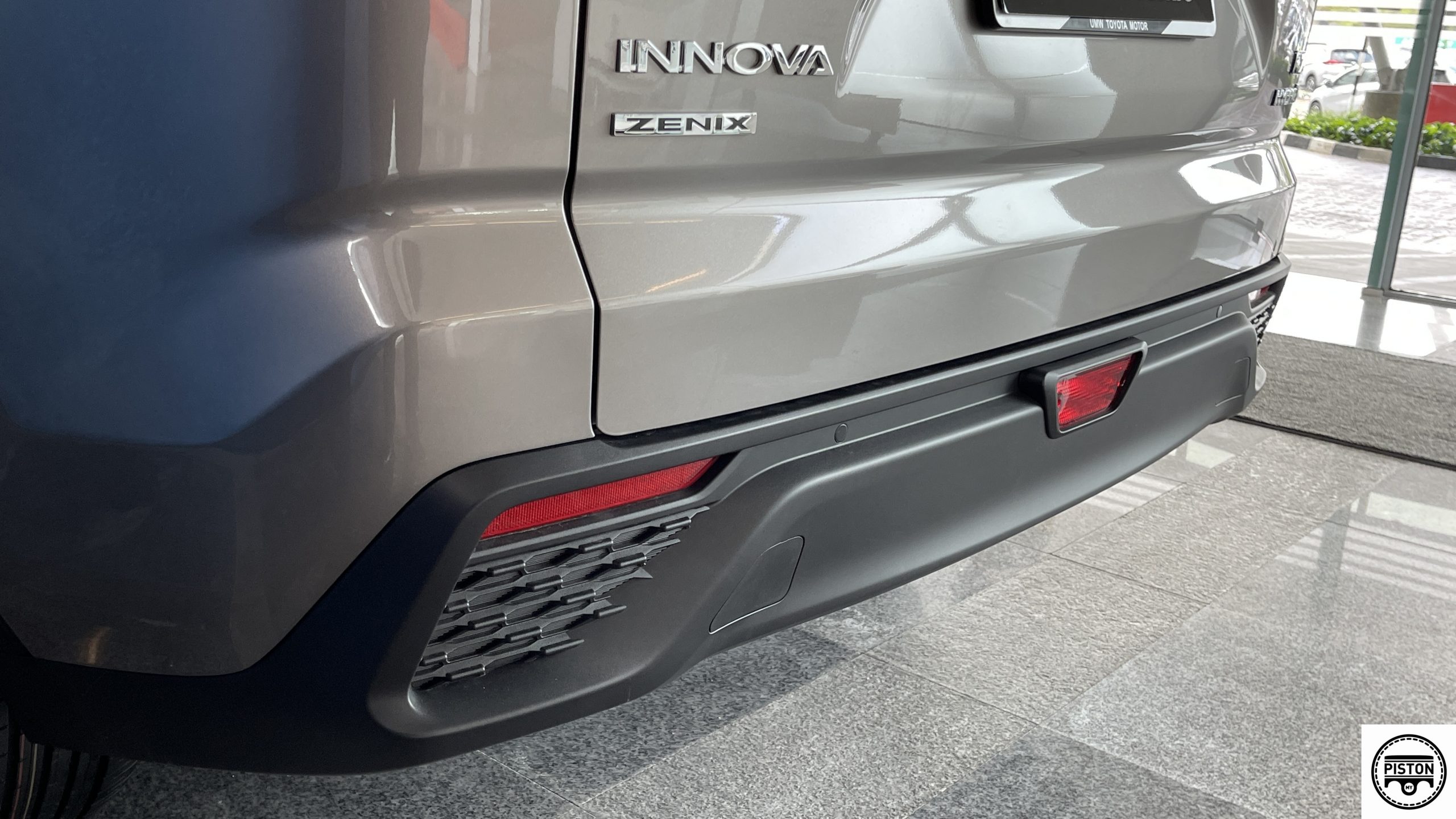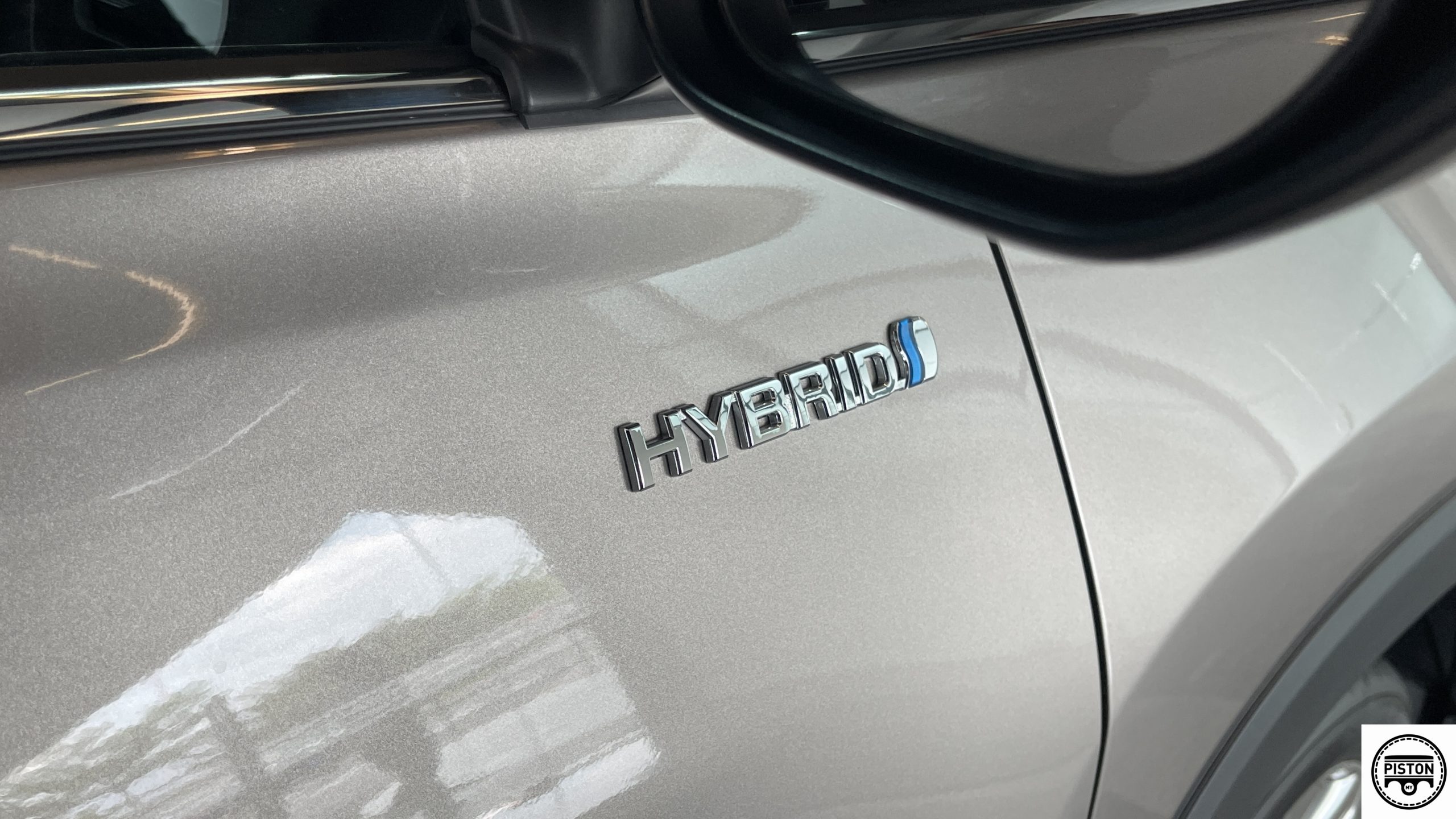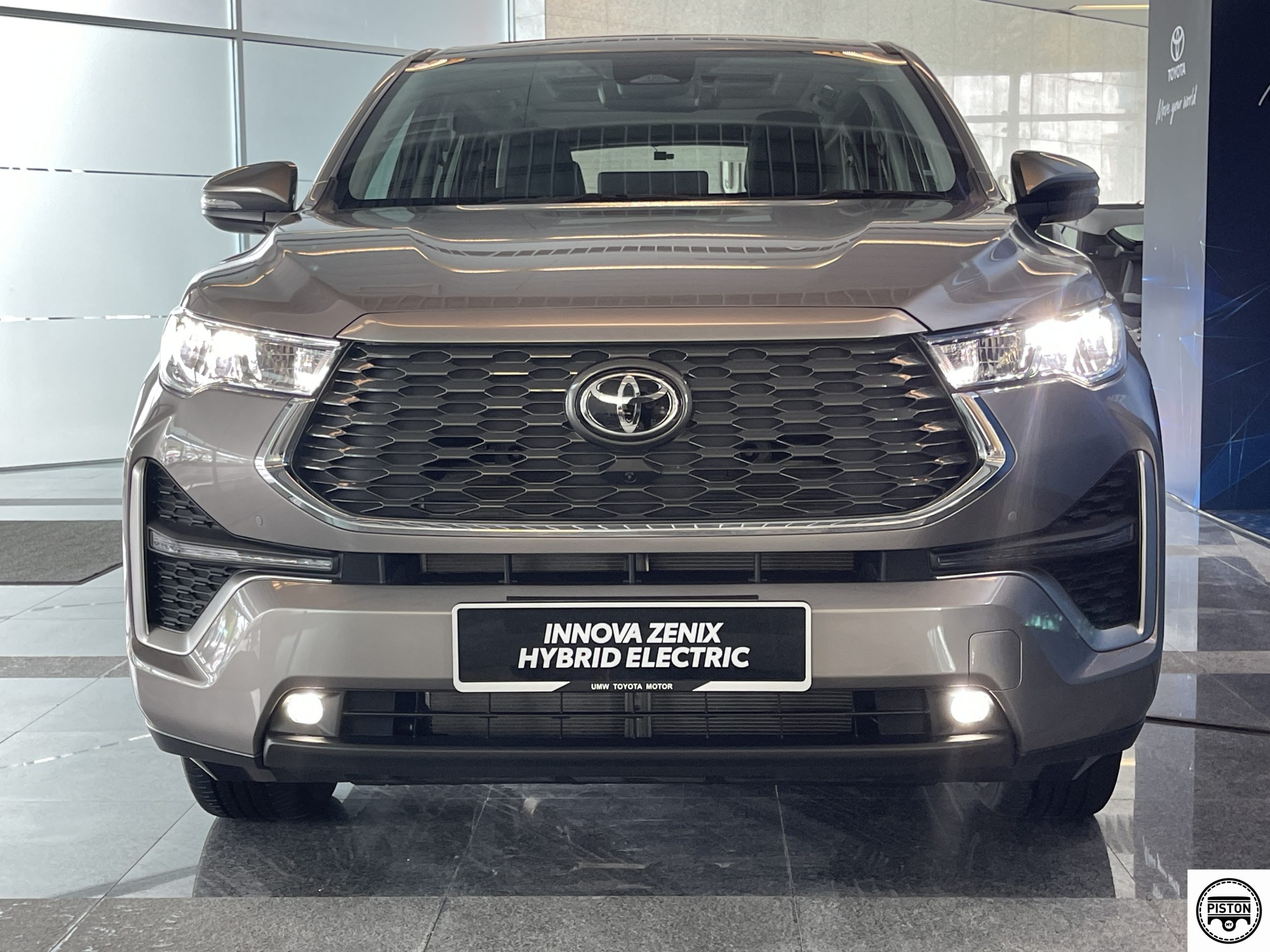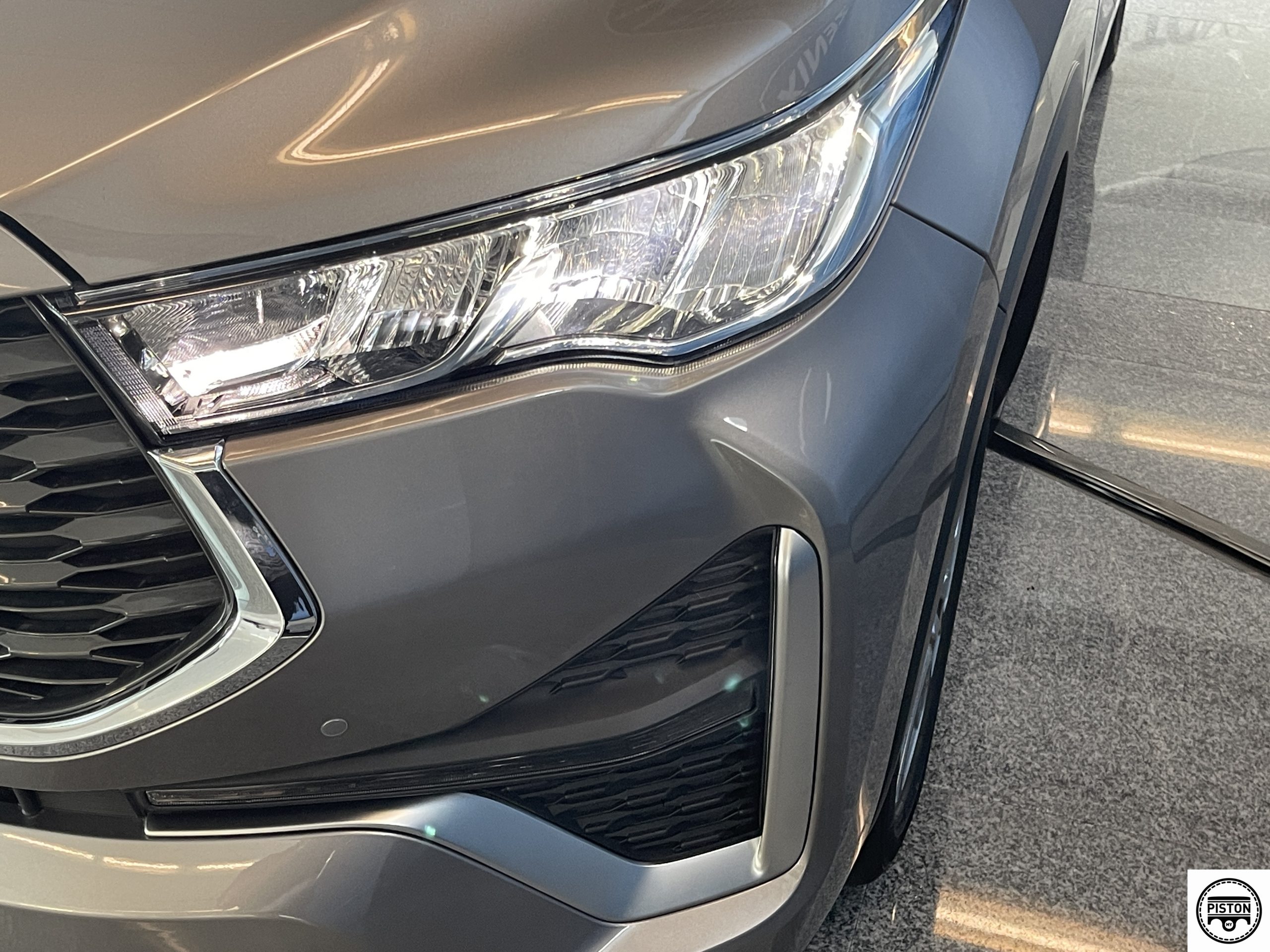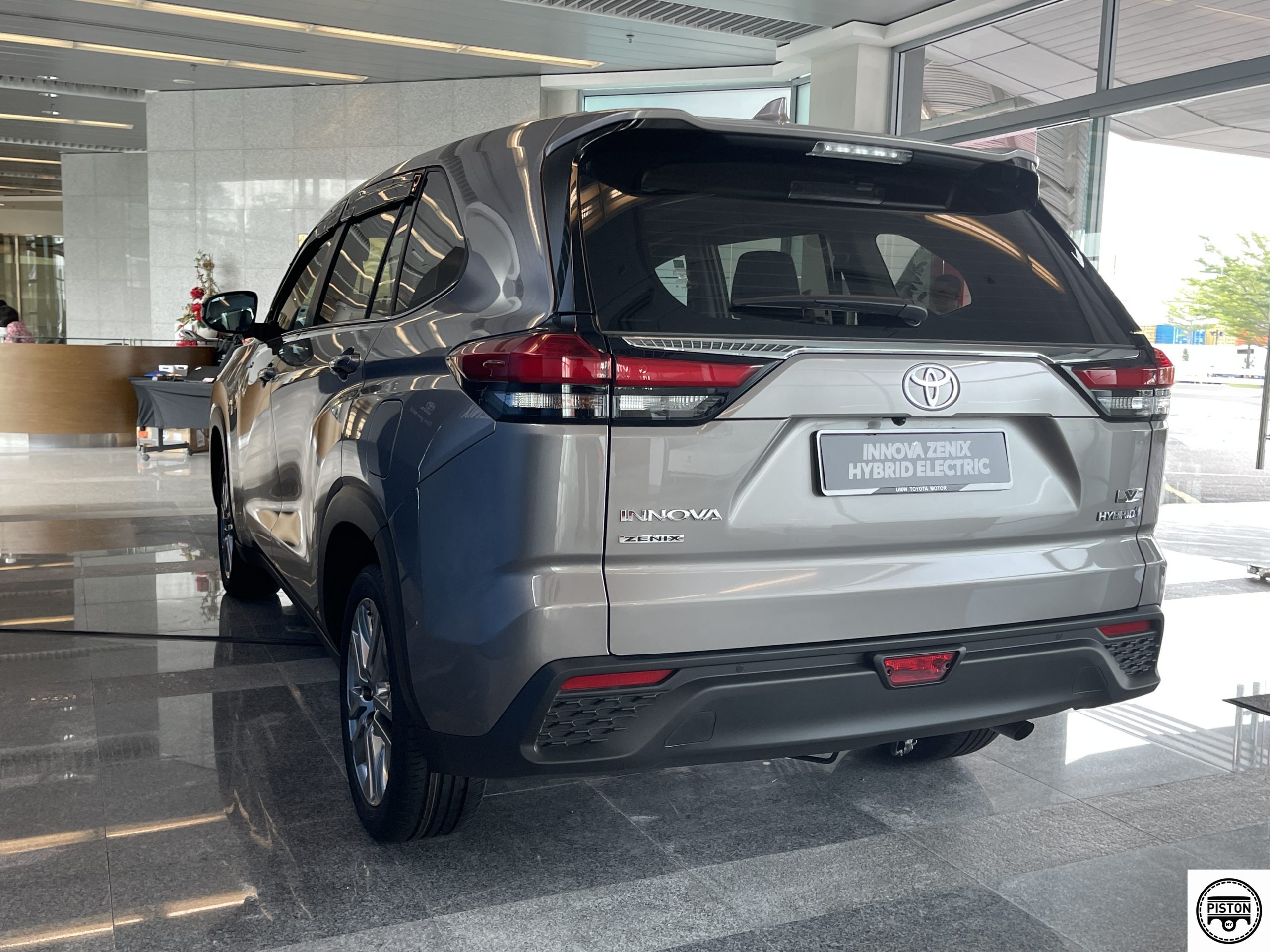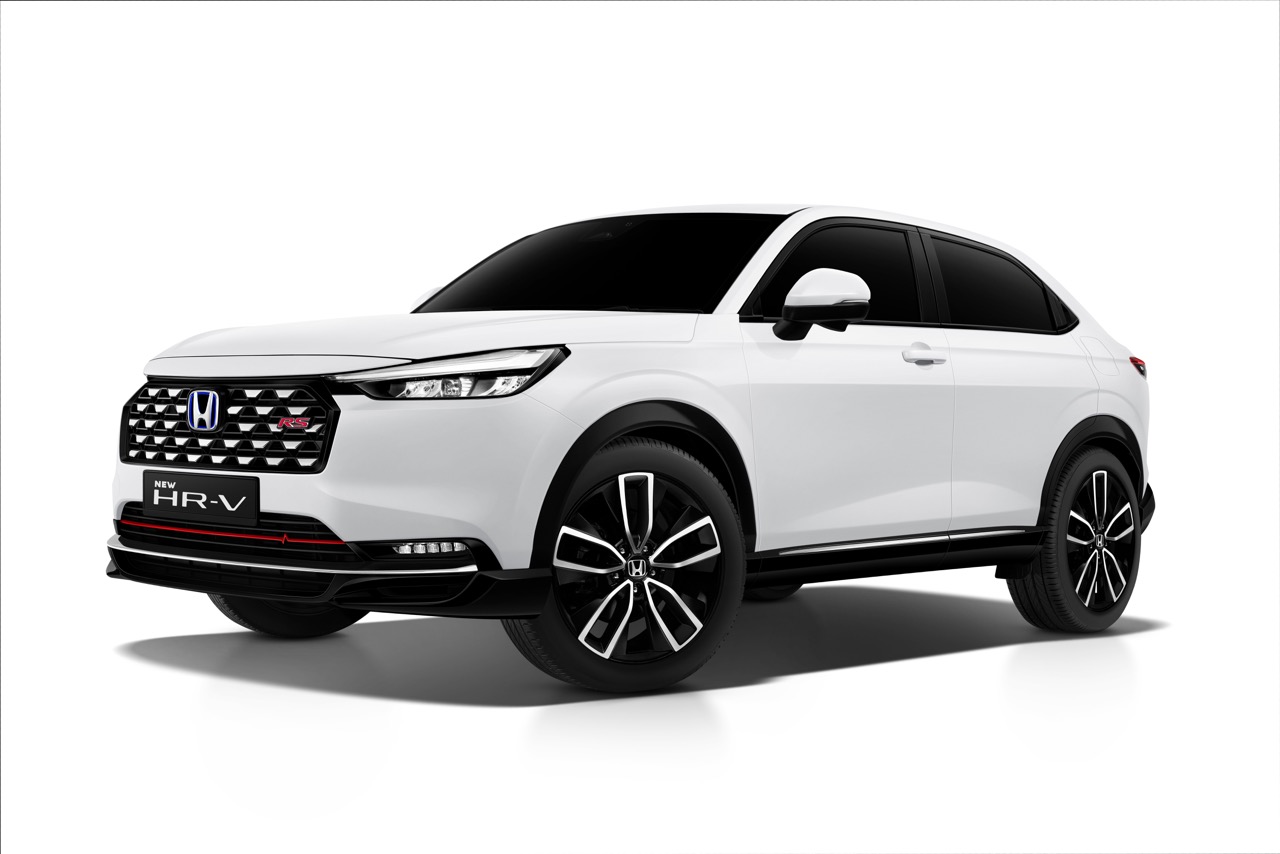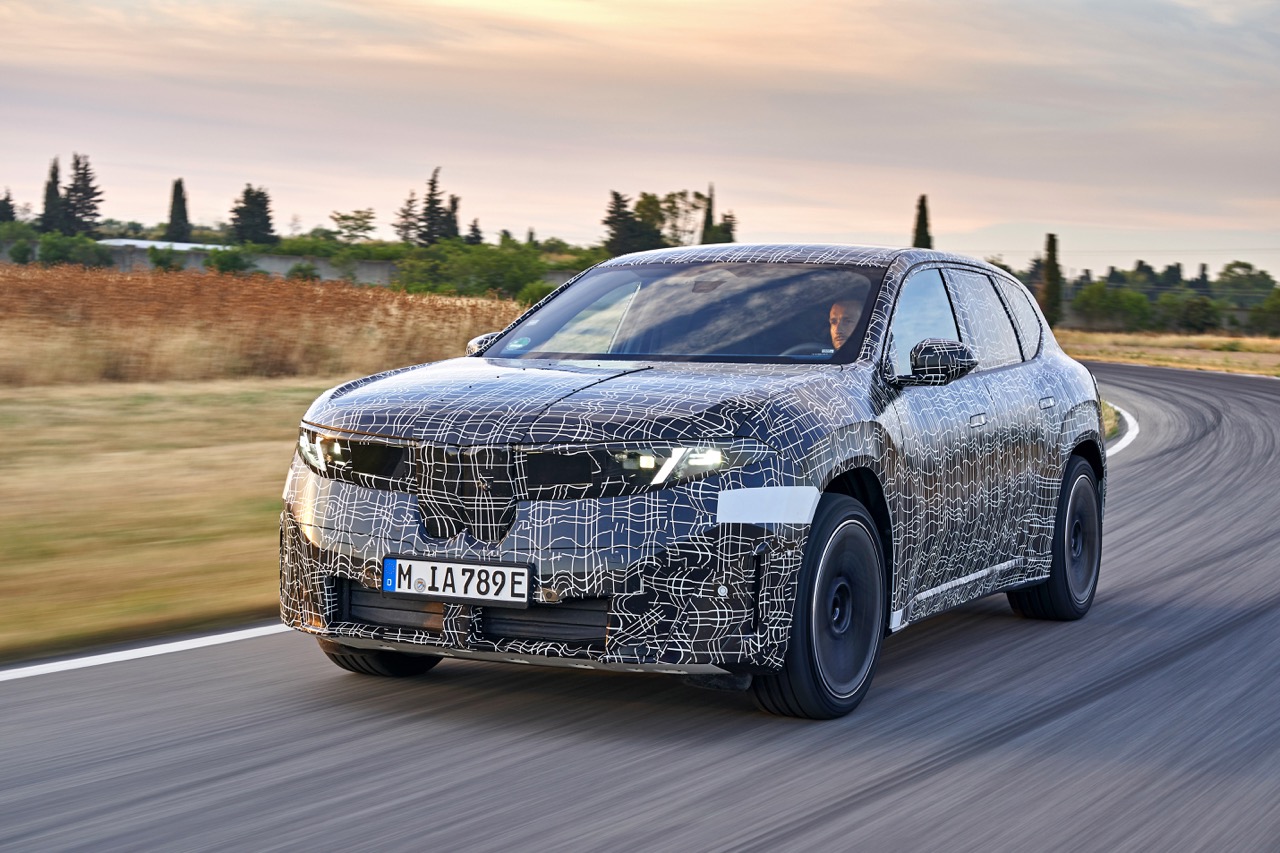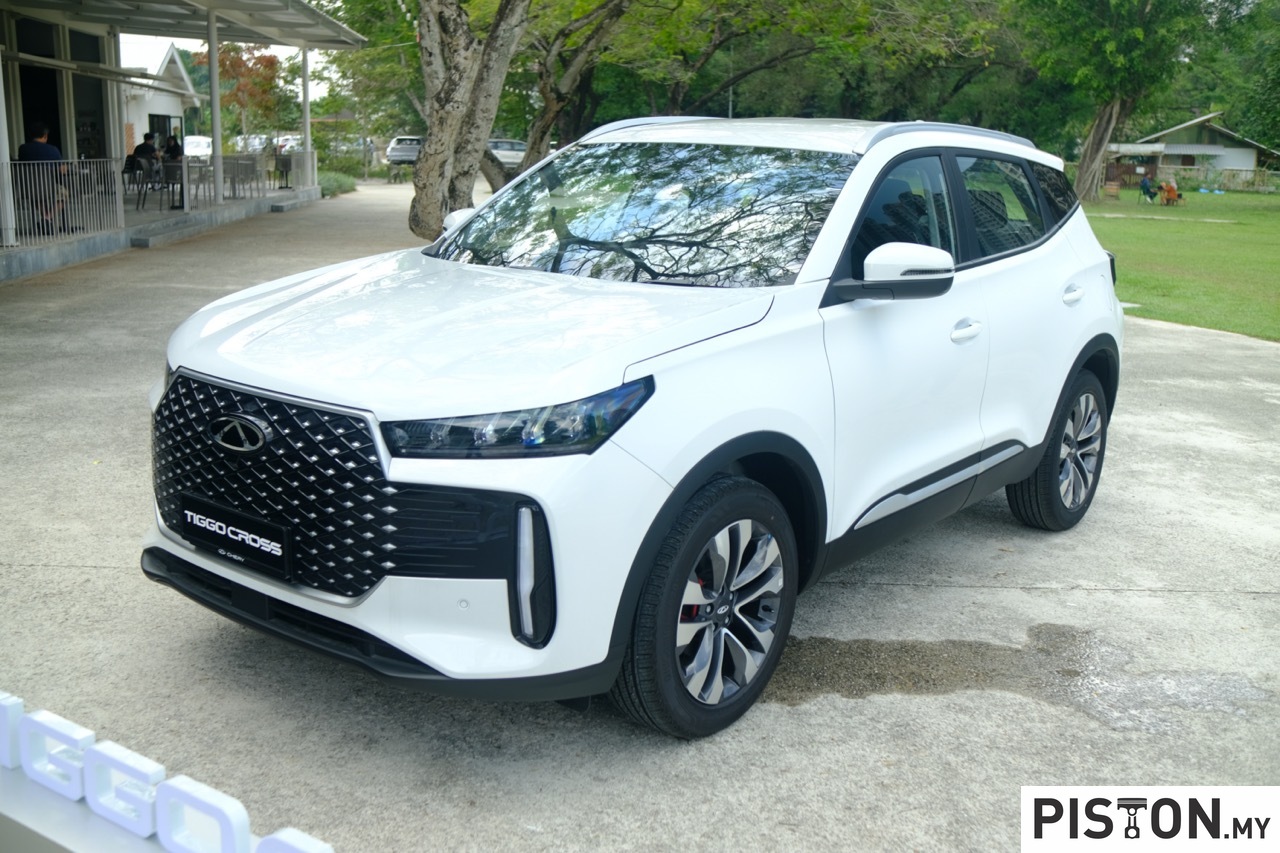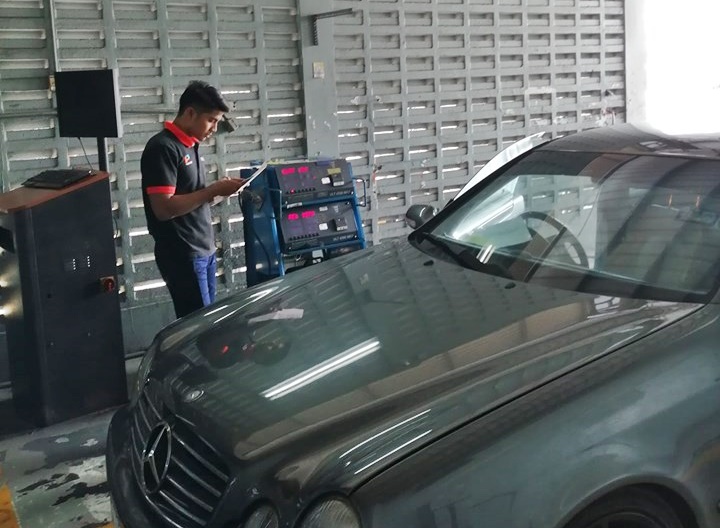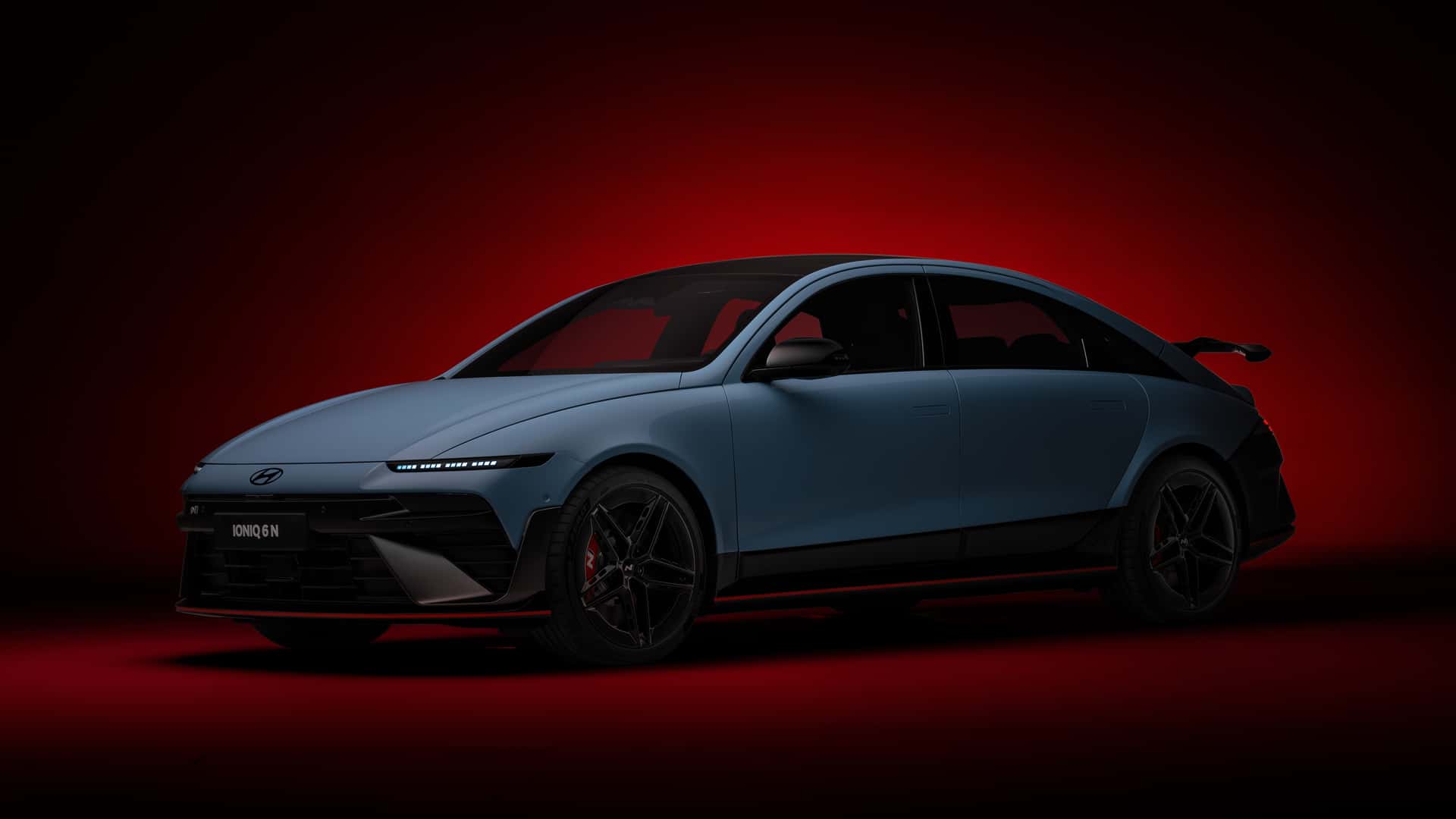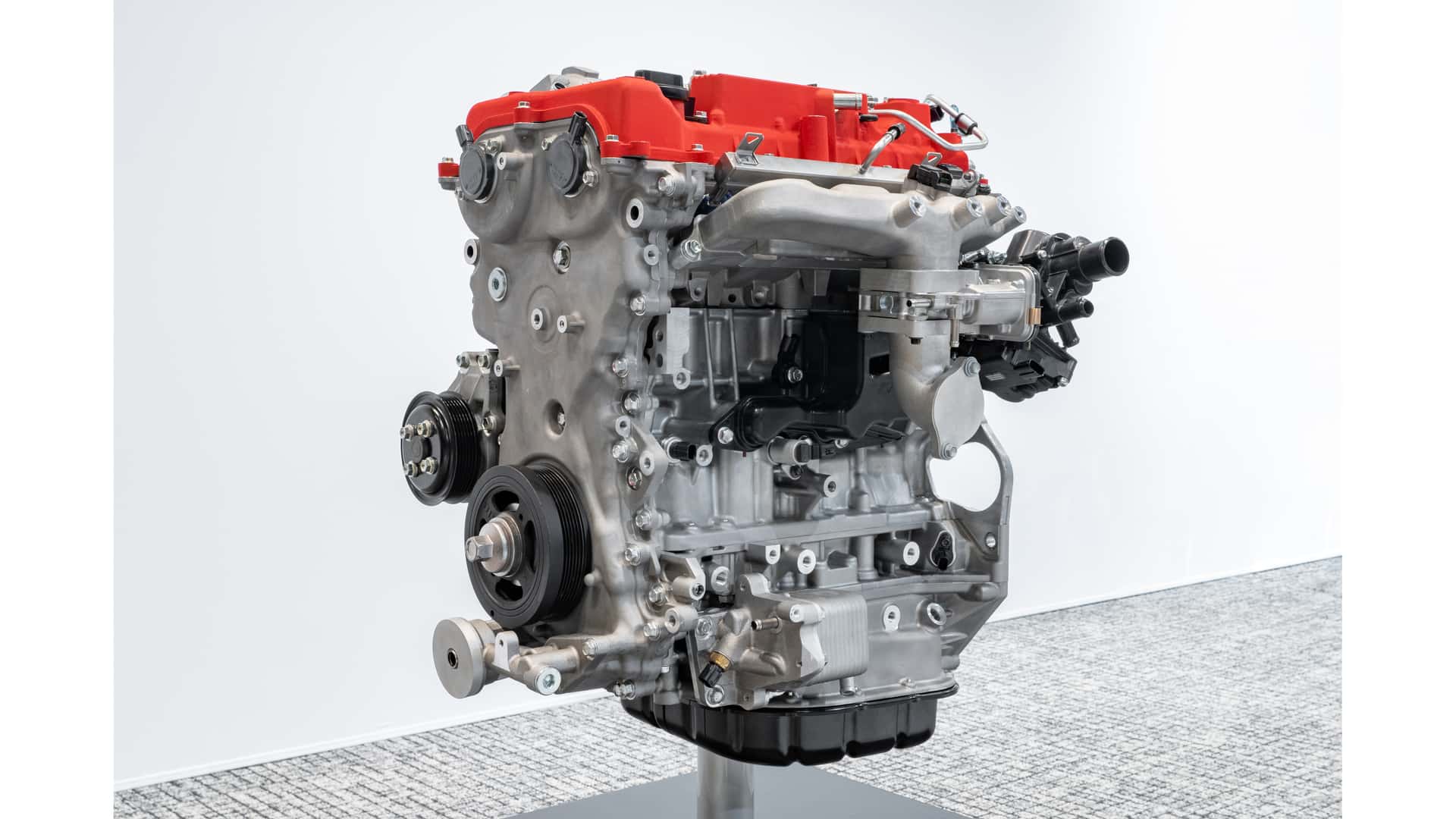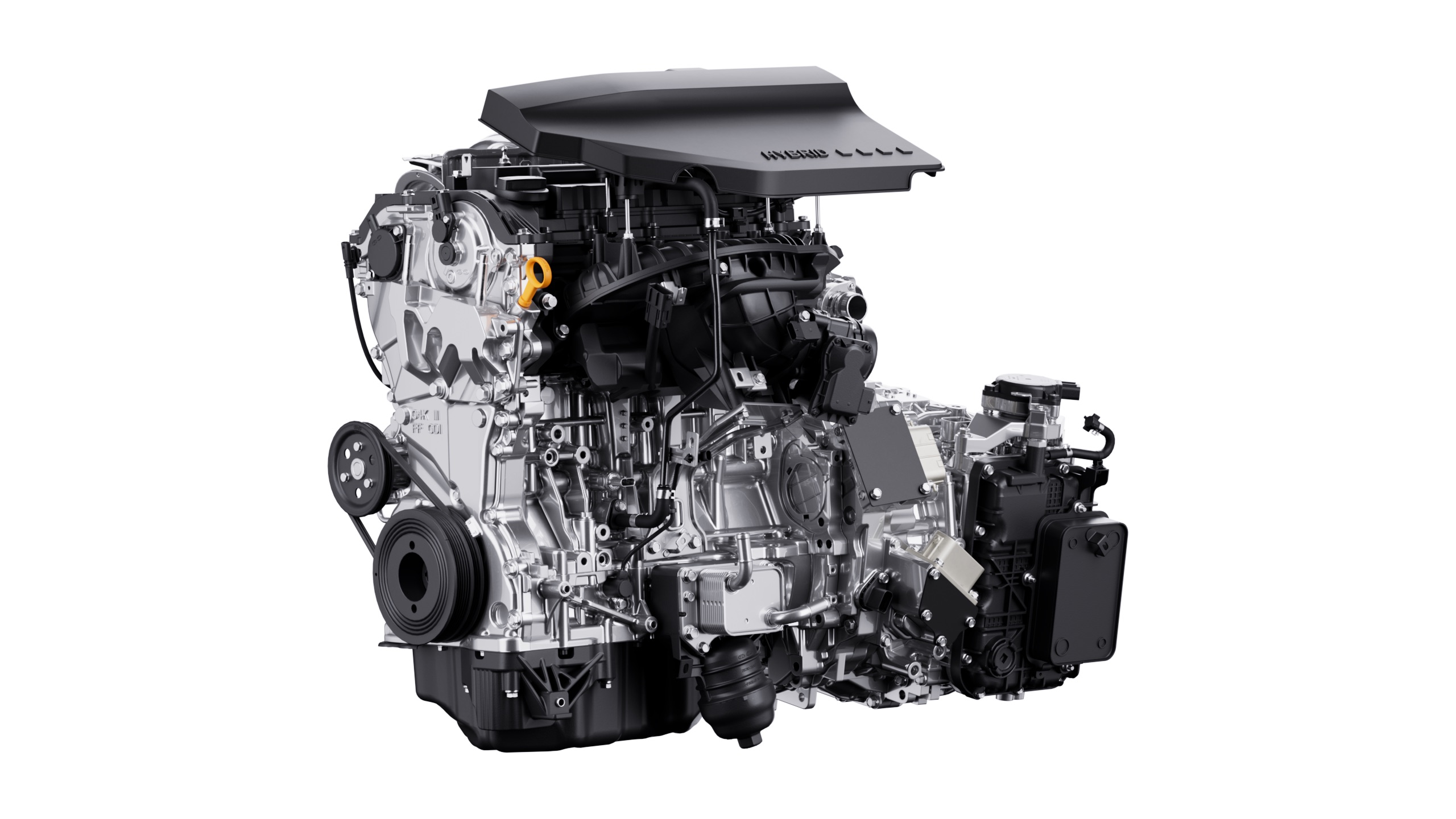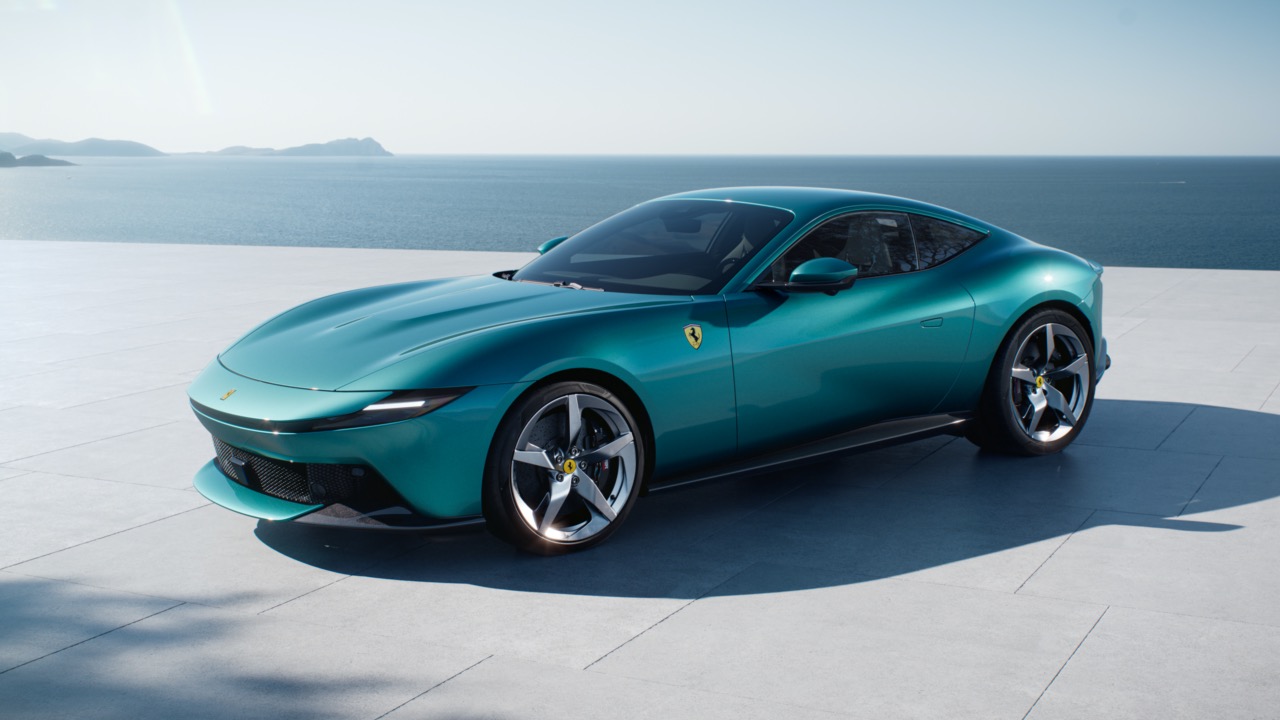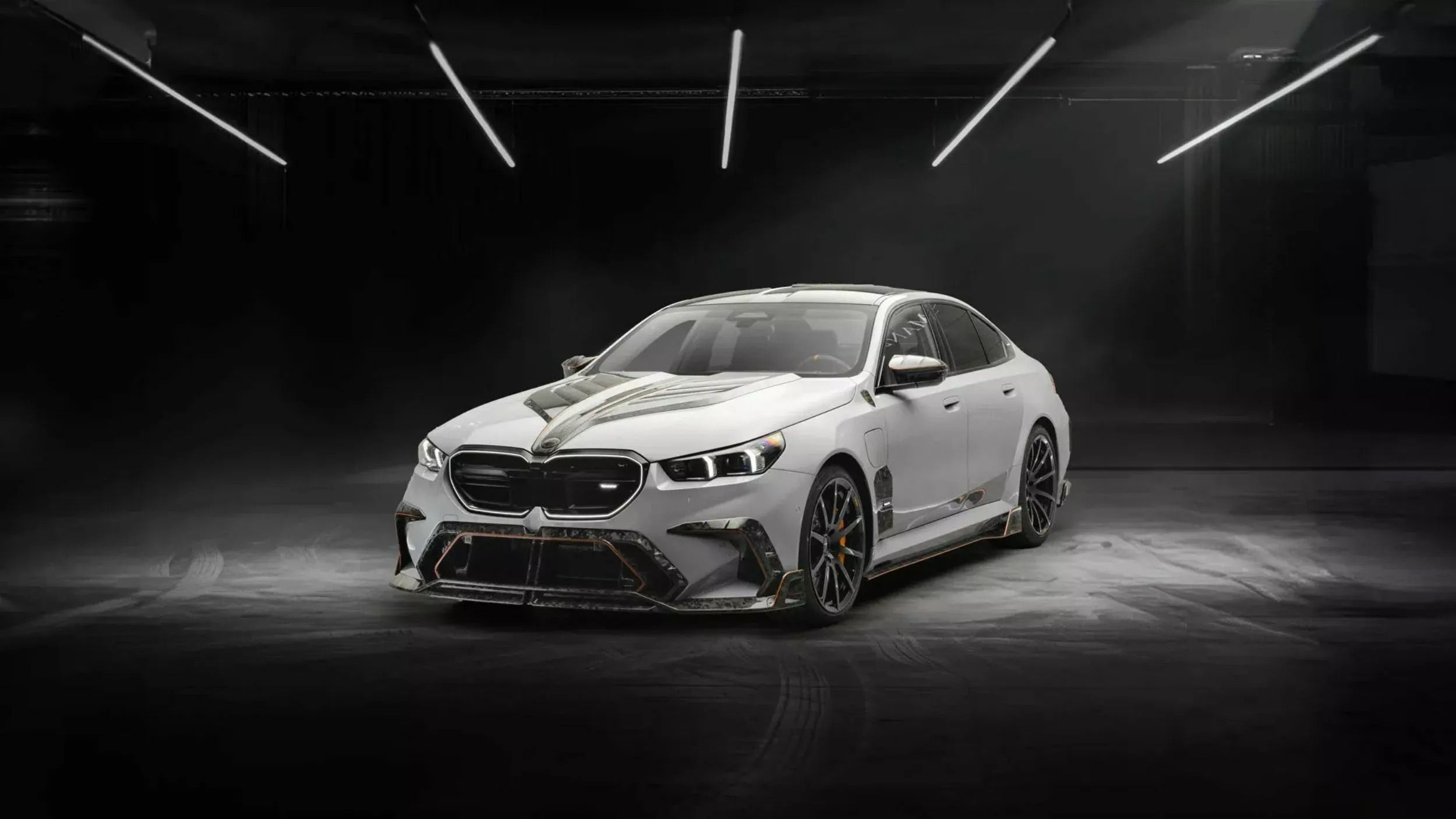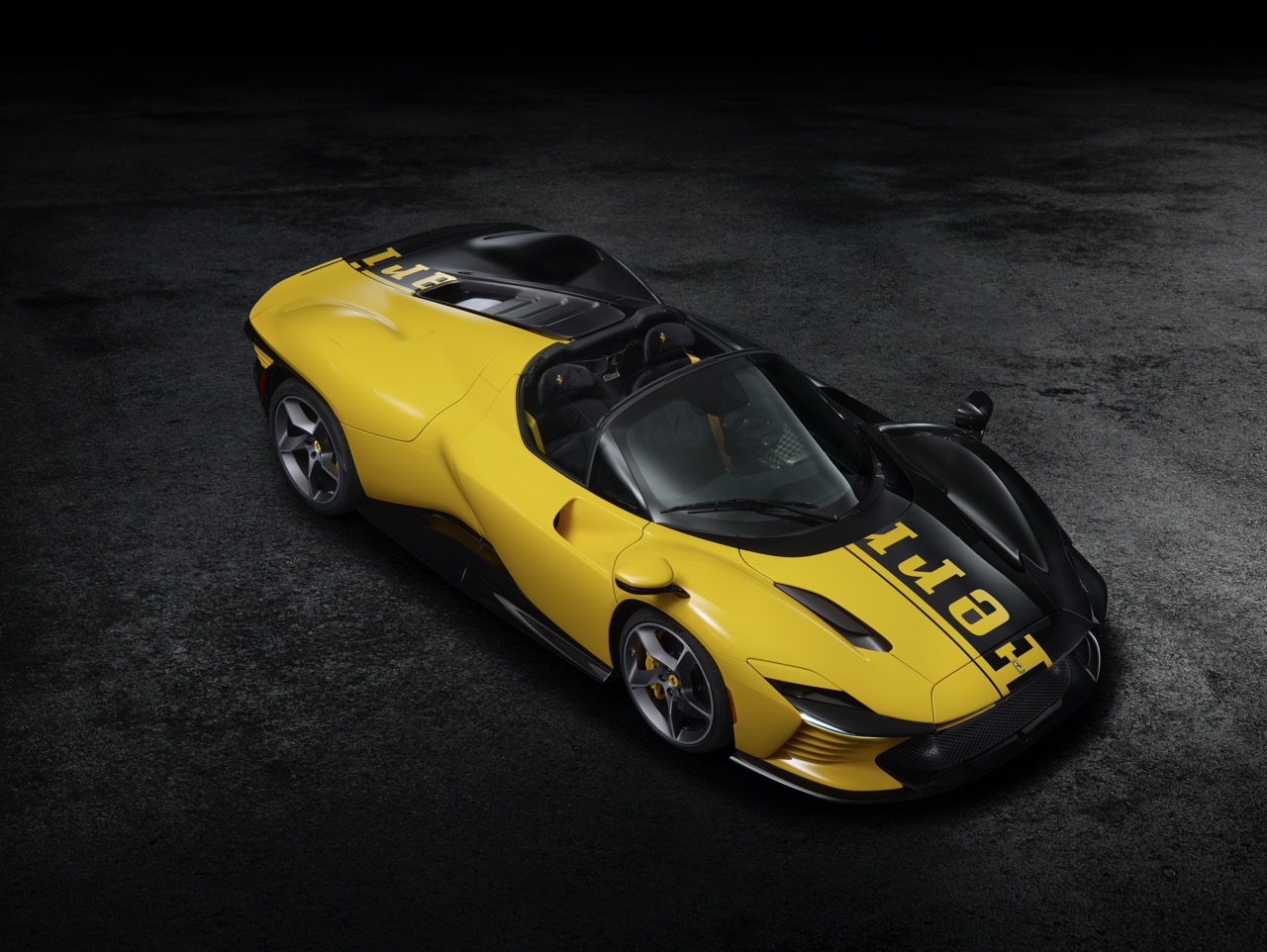The popular Innova line, which was initially one of the models created under the Innovative International Multi-Purpose Vehicle (IMV) programme, is enhanced by the brand-new Toyota Innova Zenix, an all-new MPV.
The designers abandoned the previous IMV strategy used for the Innova in favour of a completely new design that is still part of the Innova family but bears the moniker “Zenix” to differentiate it as the flagship model.
It will be available in two versions:
- Innova Zenix 2.0 V (8-seater) with a 2-litre Dynamic Force petrol engine and CVT
- Innova Zenix 2.0 HEV (7-seater) with a Toyota Hybrid Electric Vehicle (HEV) drivetrain
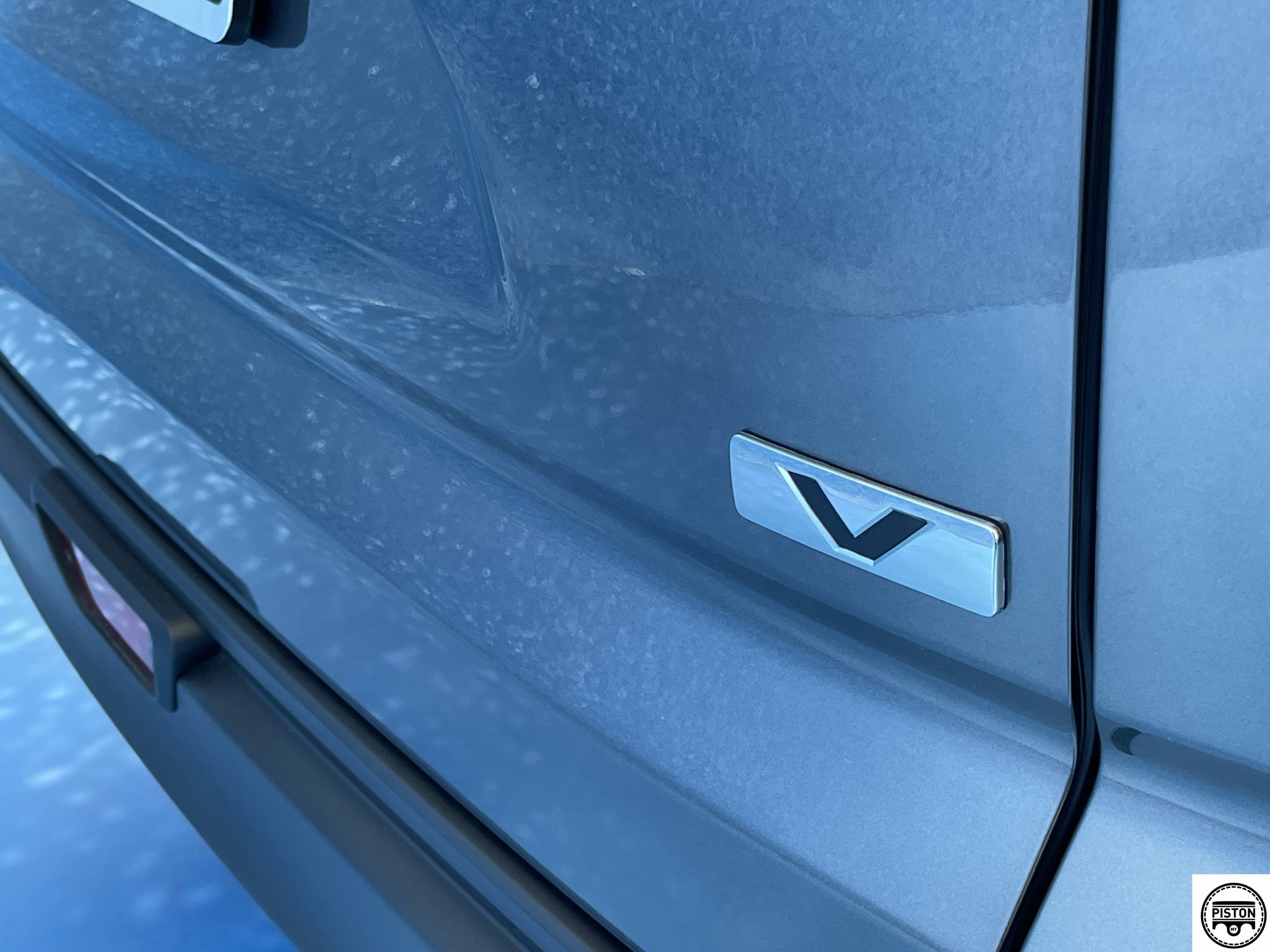
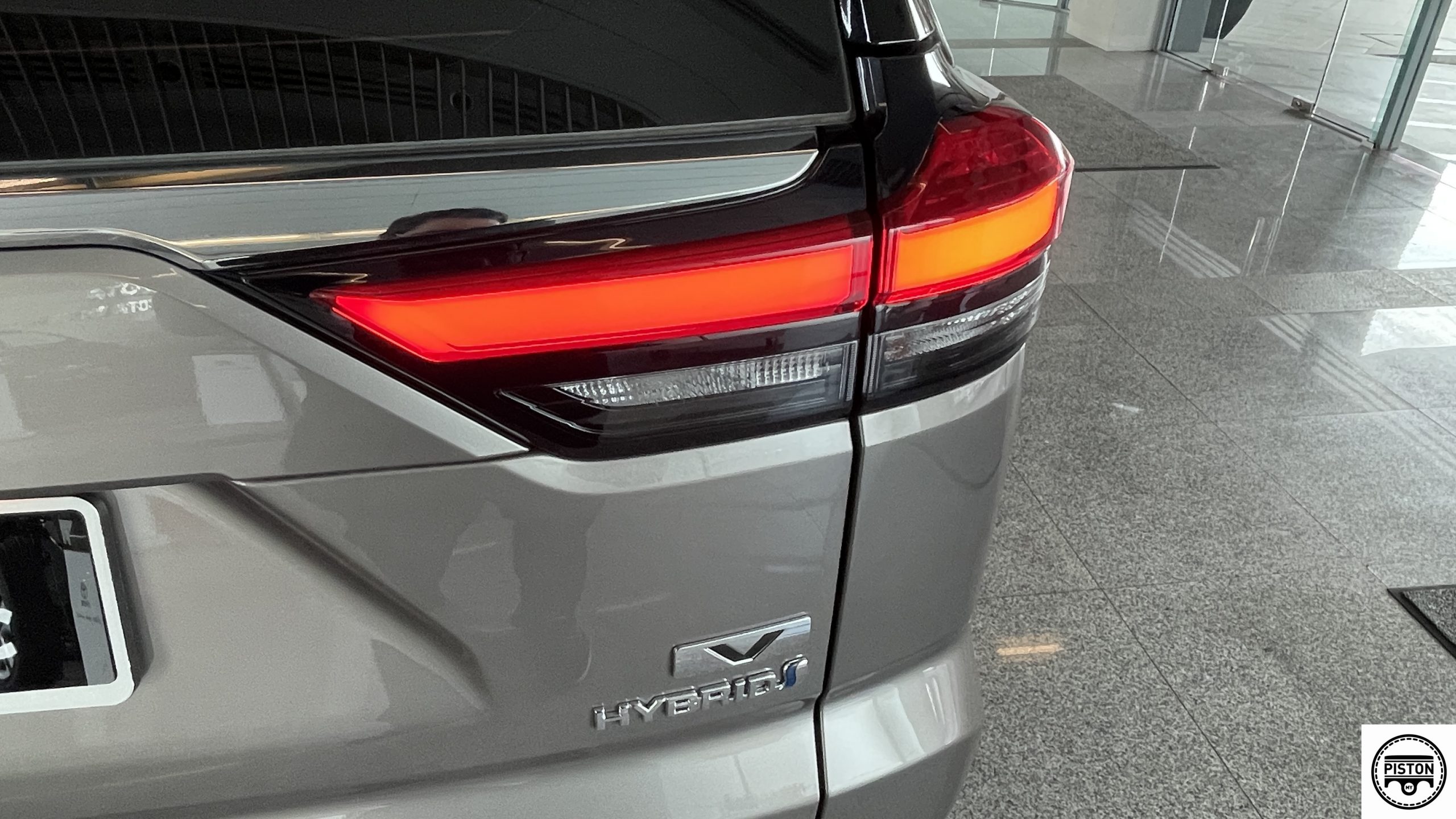
Exterior
The all-new Zenix is more spacious although its dimensions are not much different from the previous model – the Innova CG. The new Innova Zenix offers 20 mm more length and 15 mm more width, 100 mm extra length in the wheelbase, and a similar overall height.
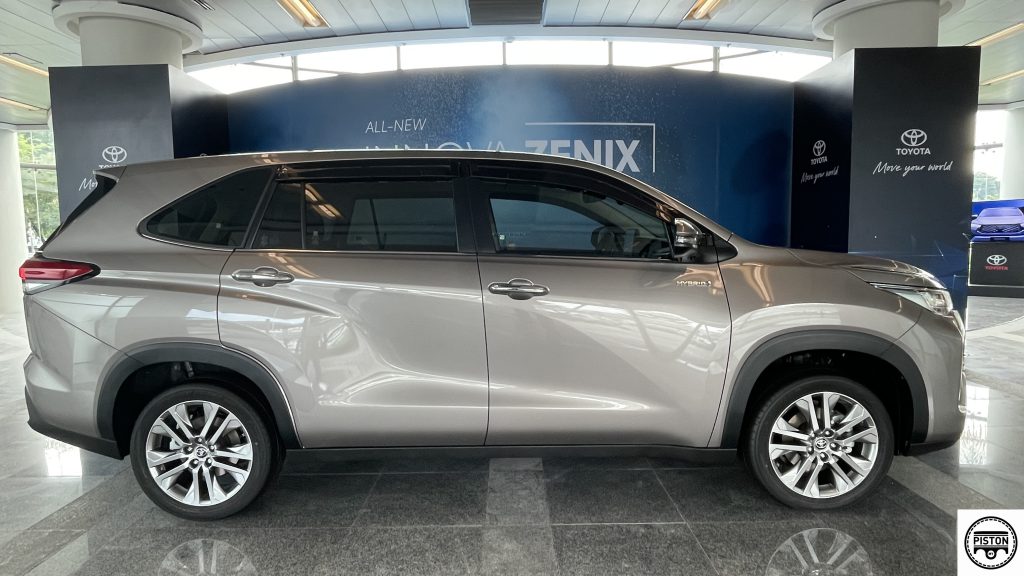
The appearance is noticeably different and seems more expensive. For example, the hexagonal pieces that make up the trapezium radiator grille gradually alter from top to bottom, resulting in a mesh-like design that “opens up” towards the lower half. Additionally, the lower half of the radiator grille frame is plated.
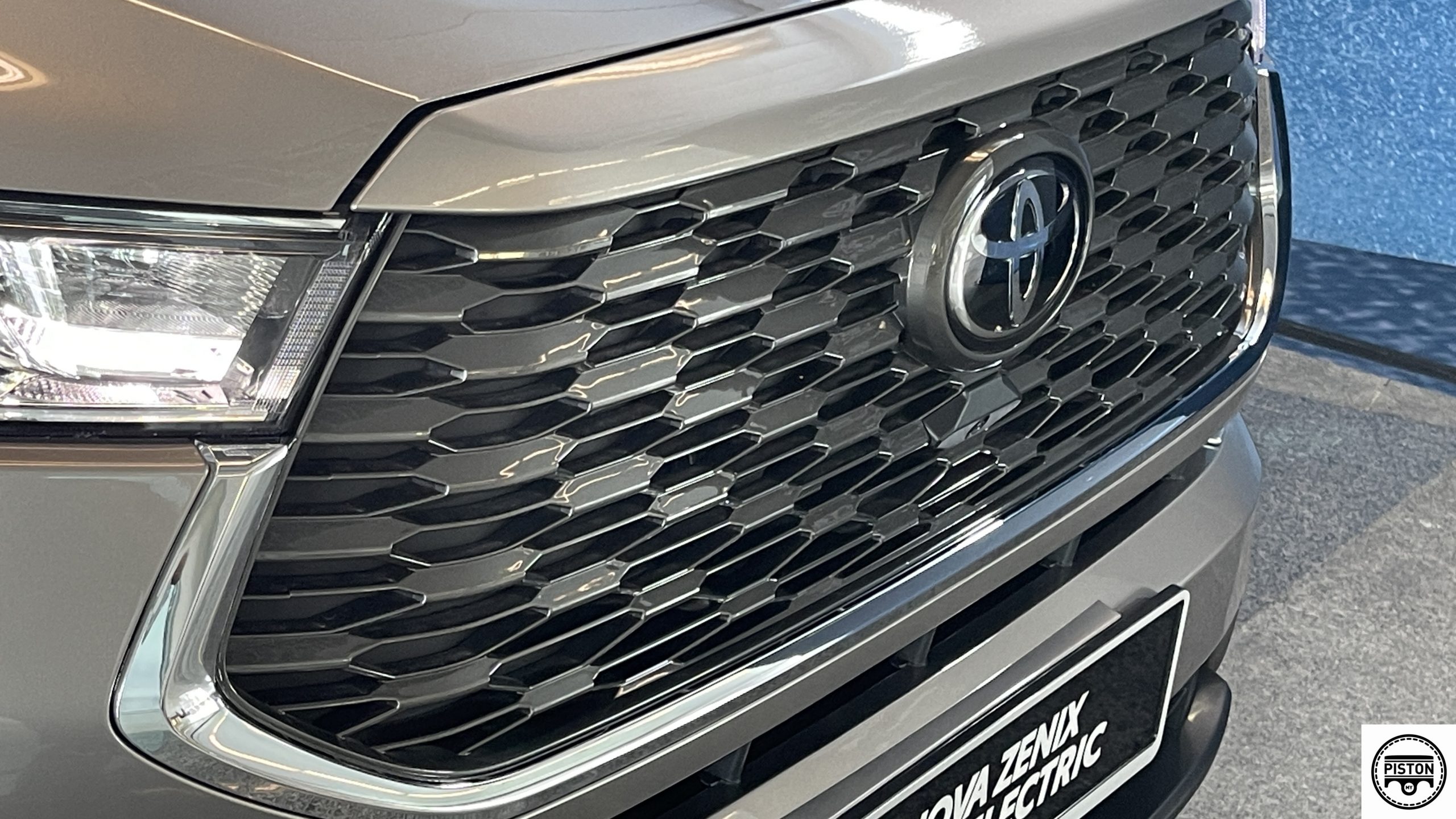
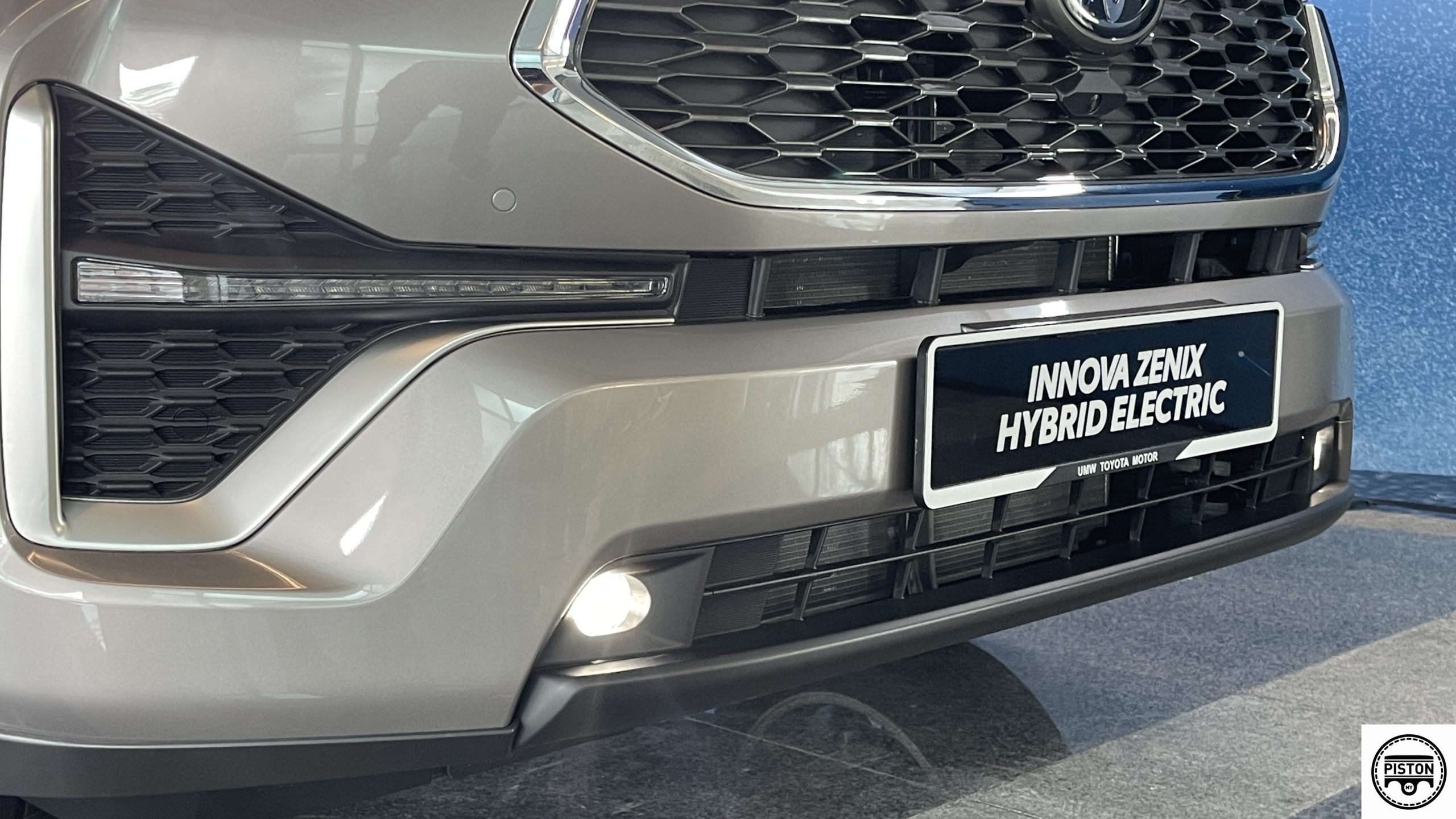
A central core structure made up of the LED headlights and radiator grill is surrounded by side pontoons that give the car a wide appearance and draw attention to the central extrusion. 18-inch alloy wheels with 225/50 tyres are mounted on each corner.
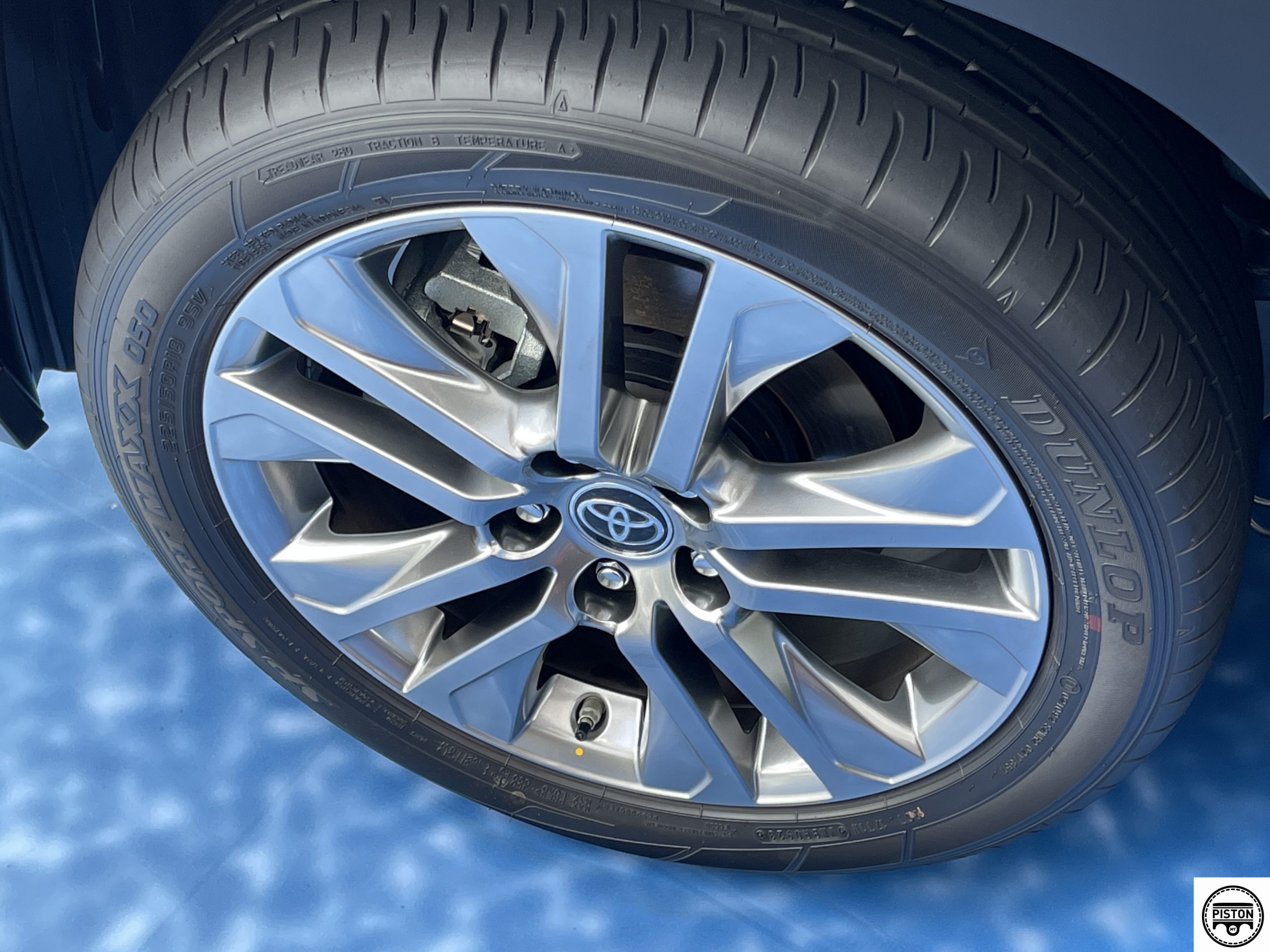
To produce a sense of power and stability at the back, the core structure seamlessly joins the fender and is supported by the undercarriage structure. The trapezoidal design is created when the centre of the rear door garnish rises up towards the window. Except for the turn signals and reverse lights, the main lighting components at the rear are also LEDs.
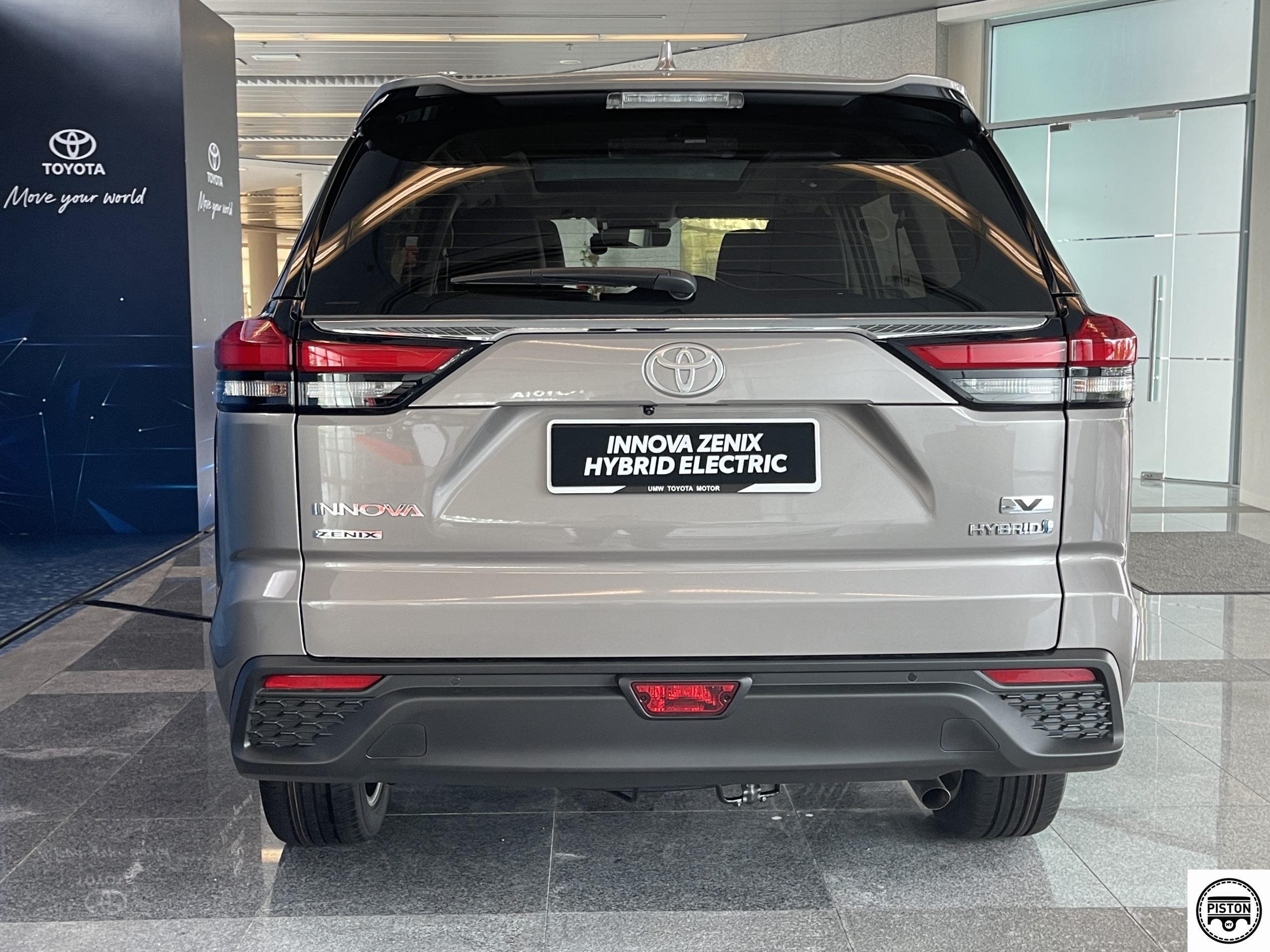
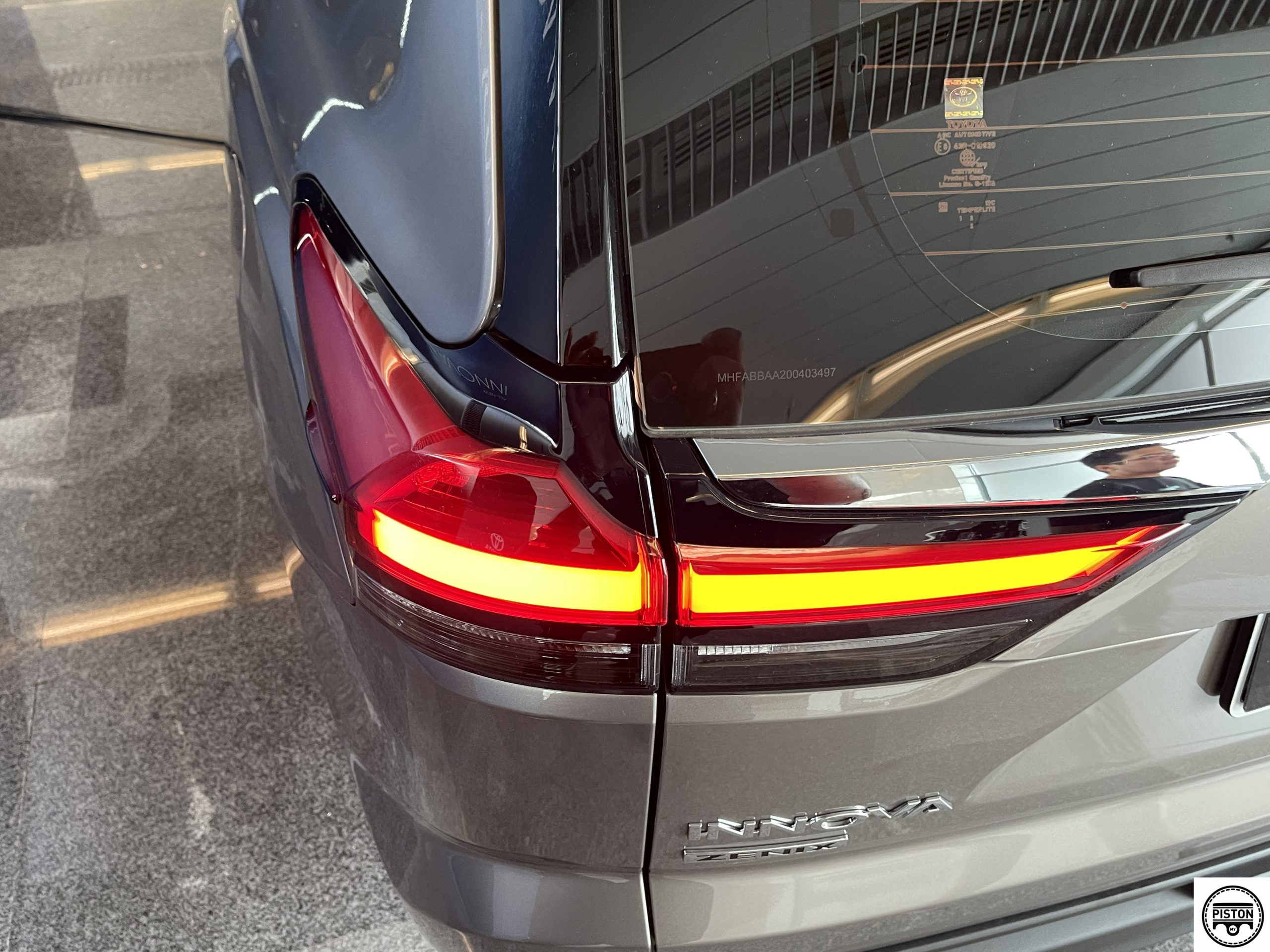
The all-new Zenix is available with a choice of 5 exterior body colours:
- Metallic Gray
- Attitude Black (with mica finish)
- Avantgarde Bronze
- Silver
- Platinum White Pearl
Additionally, for fleet customers, there is a Super White option.
Interior and Features
Upon entering the spacious cabin and noticing the soft, high-quality materials used on the dashboard and other surfaces, it is immediately clear that the all-new Zenix is positioned more as a premium vehicle.
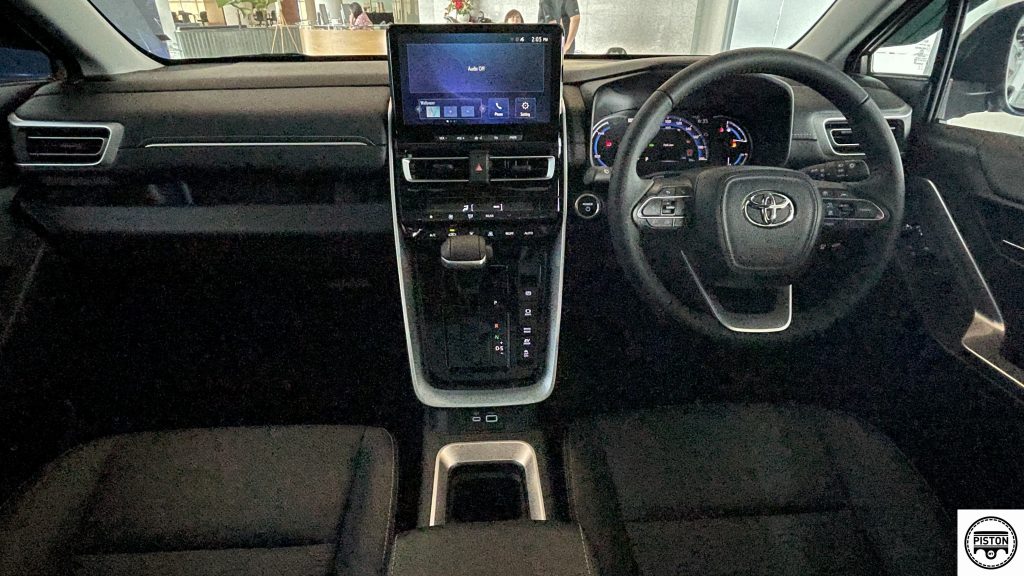
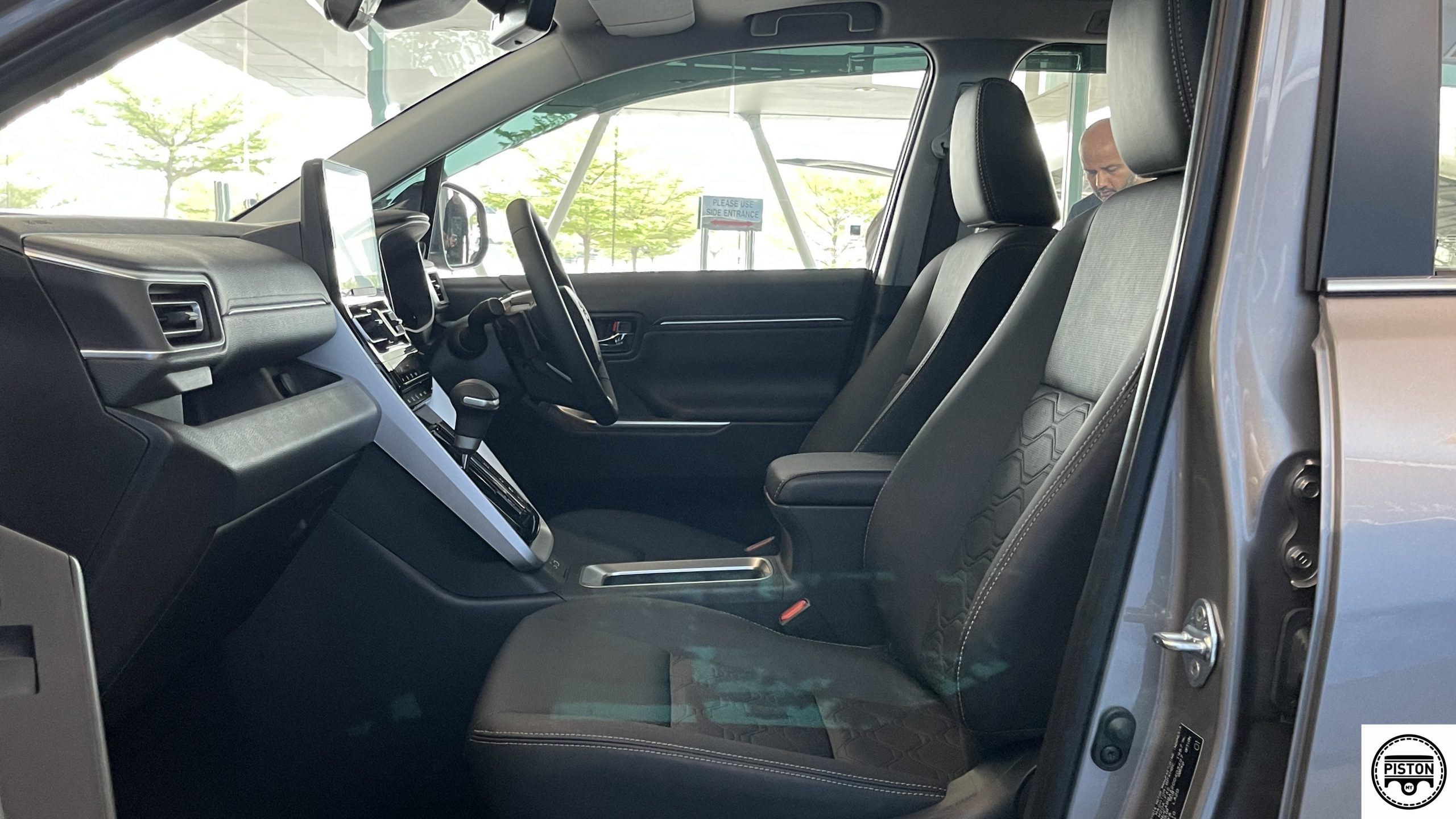
The seats feature artificial black leather upholstery. The centre row of the brand-new Zenix HEV features Captain Seats with side tables. With a walk-through area in the back, the two seats are arranged on either side of the car. This version includes a standard panoramic sunroof.
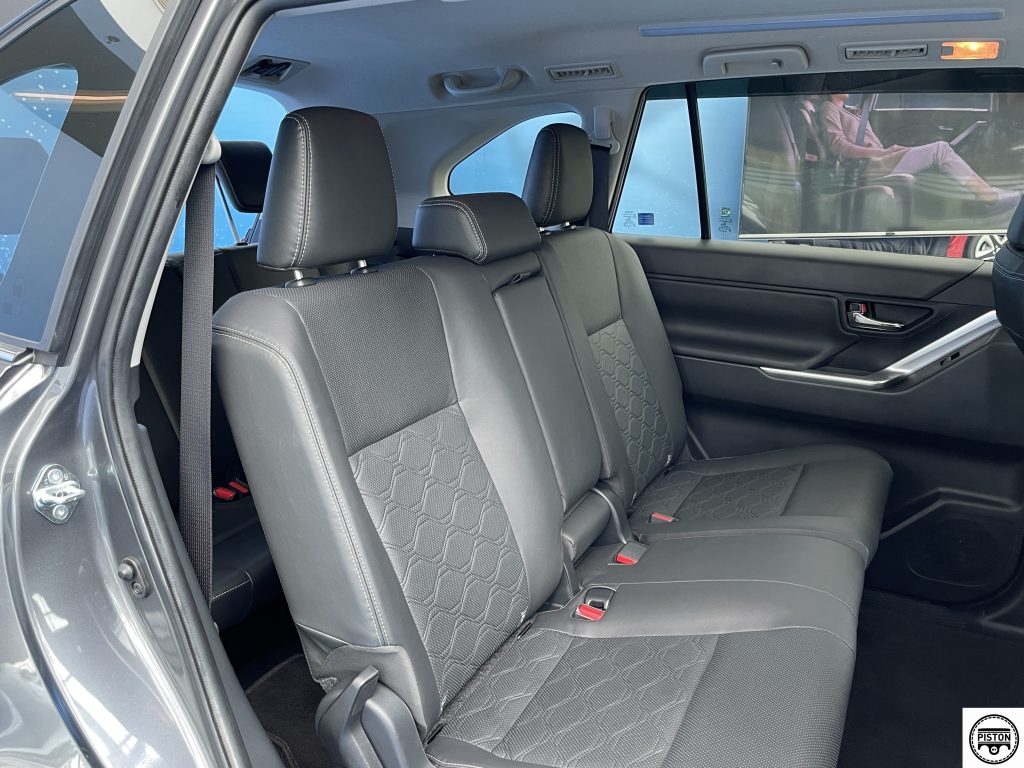
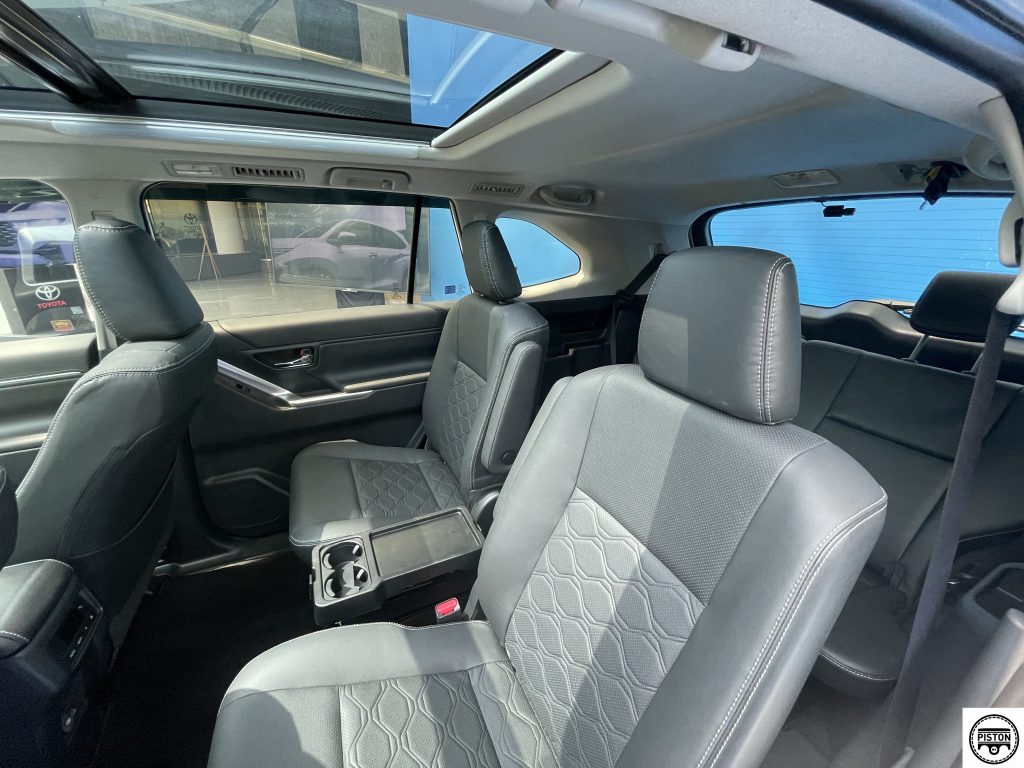
The centre row of the brand-new Zenix 2.0 V on the other hand offers seating for three people and is divided 60:40. It can be folded down and slid forward for easy access to the third row, which is divided 50:50 to provide flexibility in the cabin configuration.
Up front, the centre of the brand-new Zenix dashboard has a 10.1-inch capacitive touch screen panel for controlling the audio system and displaying information. The Panoramic View Monitor’s images are also shown on the same monitor. For Apple CarPlay and Android Auto (with a compatible smartphone and software), as well as USB & Bluetooth, there are cable and wireless connectivity options available.
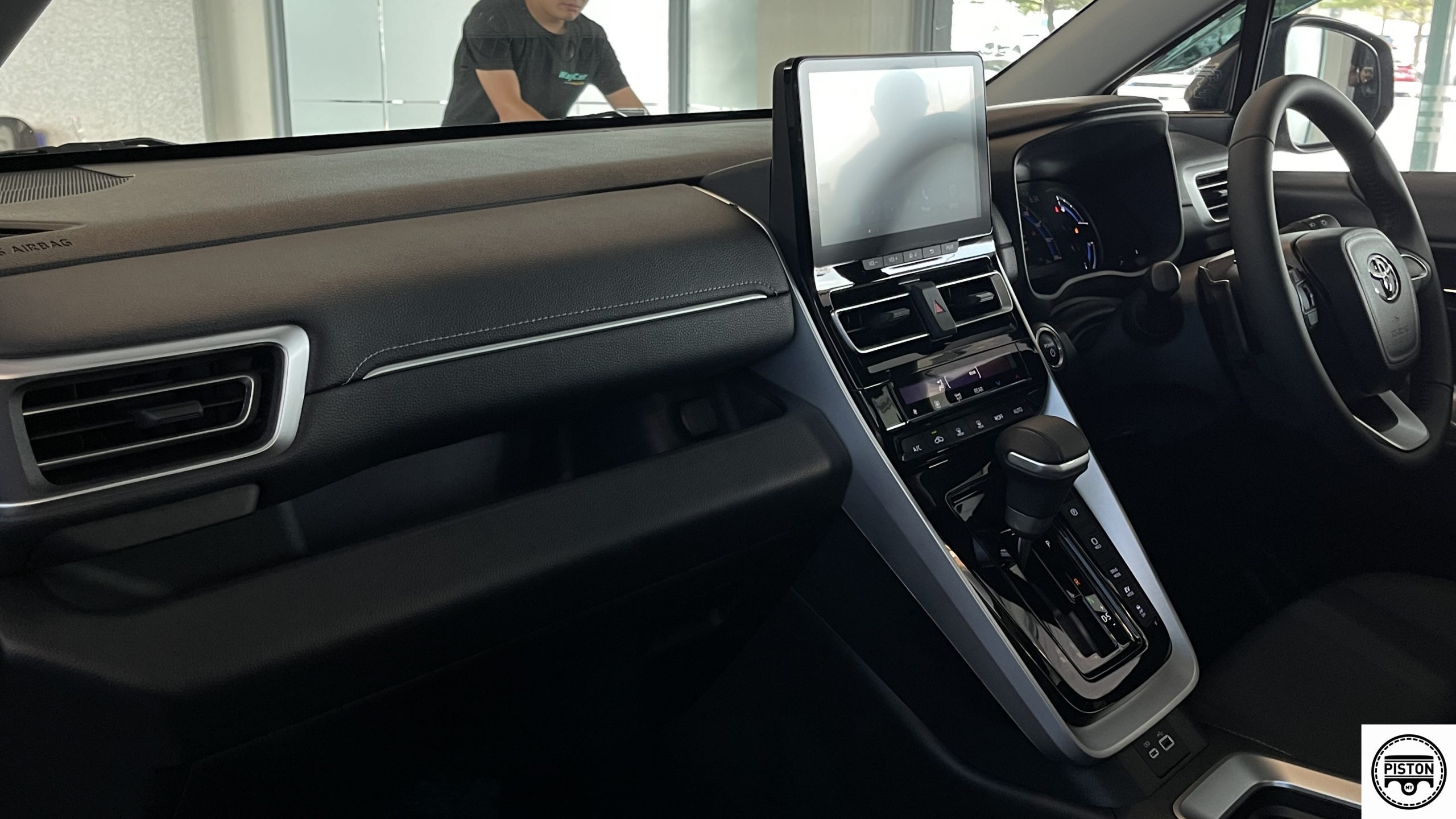
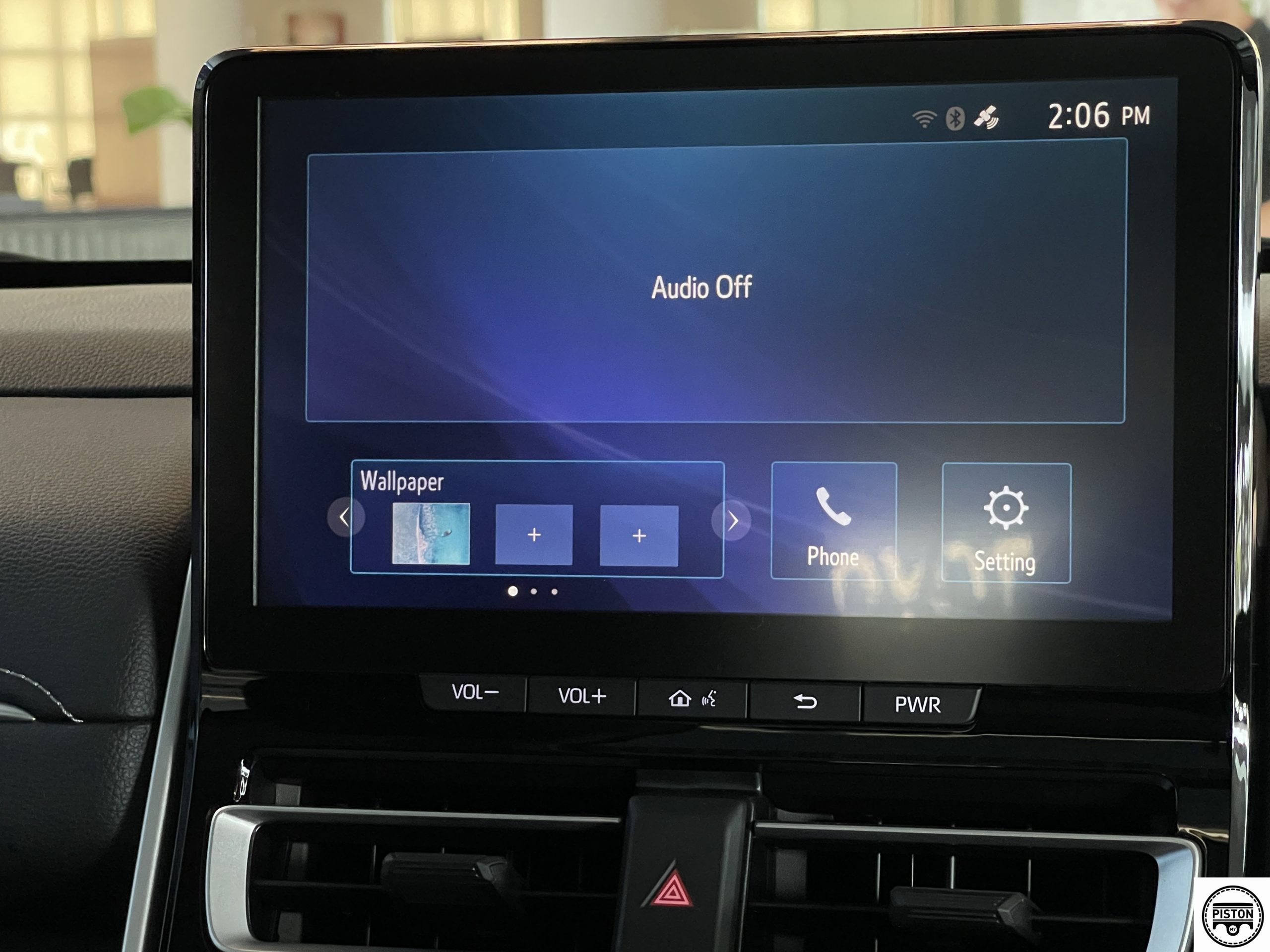
A 7-inch Full-Colour Multi-Information Display (MID) and large, visible metres are found on the instrument panel. With the Road Sign Alert technology, it will also display caution about speed restrictions.
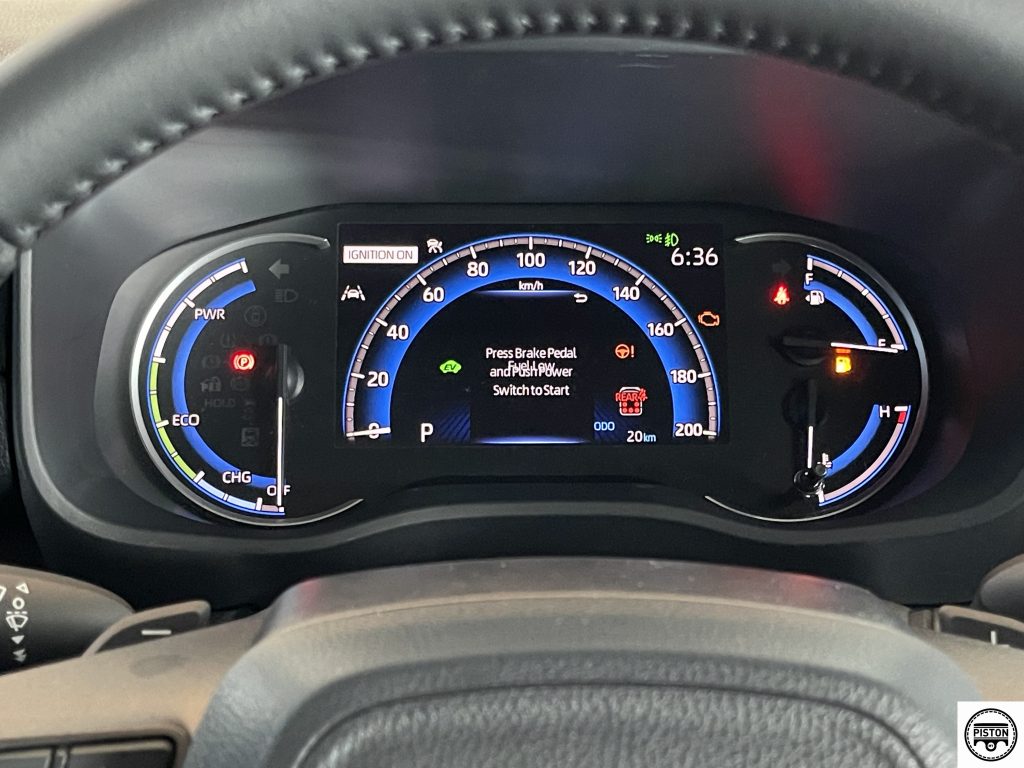
The all-new Zenix has Automatic Air-Conditioning in both variants. On a panel behind the central console box, rear passengers can also control the blower volume and turn the system on/off automatically. It also has several cupholders for each passenger, two 12V plugs (one in the back), and USB connections.
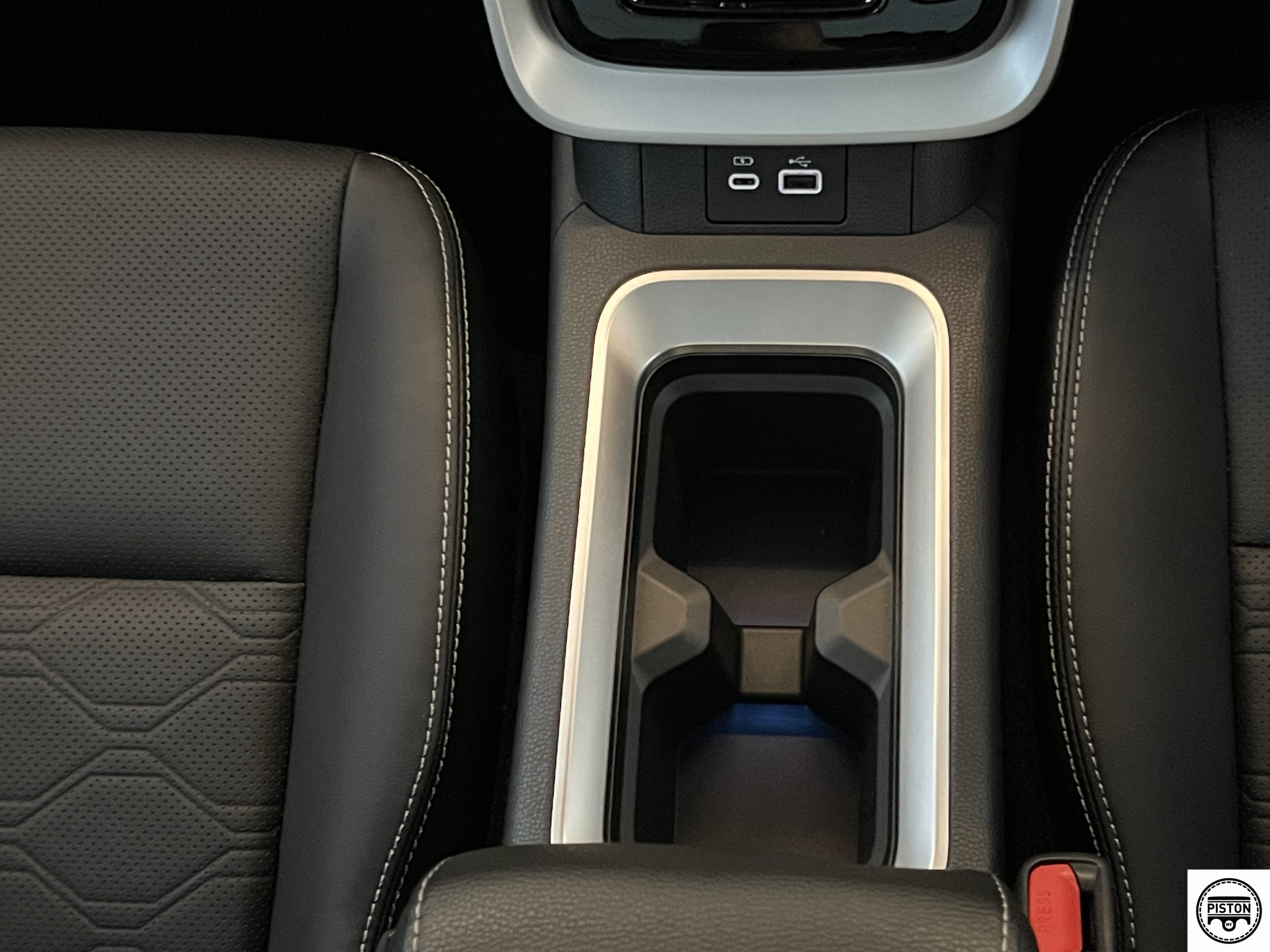
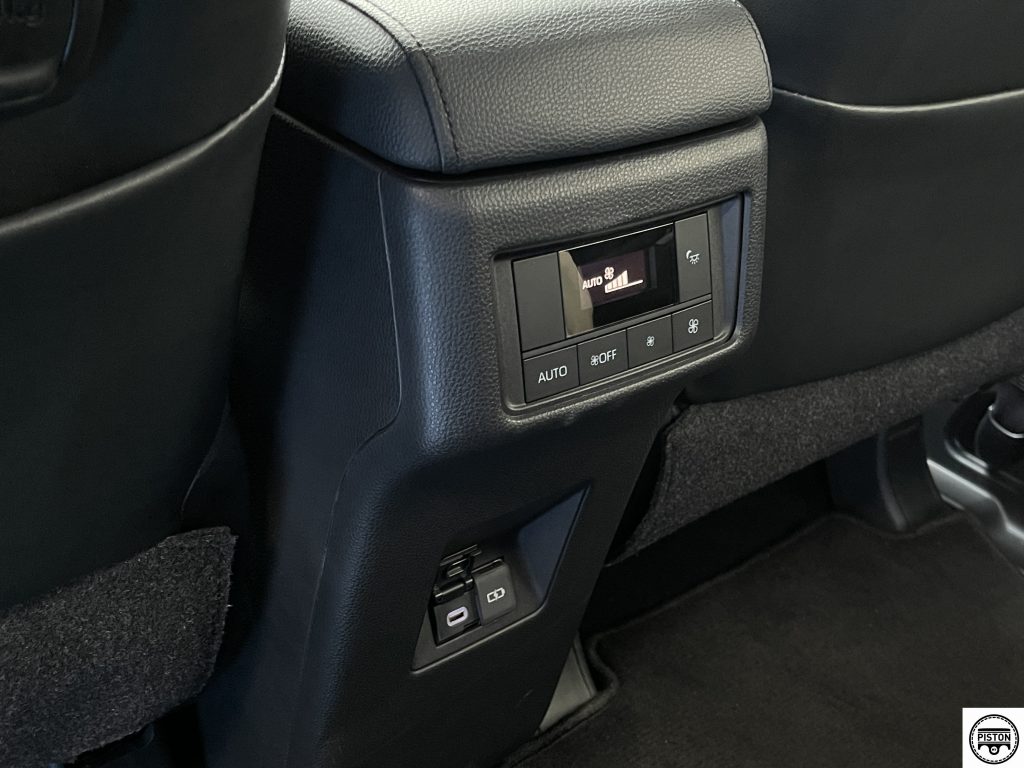
On the point of the cargo room, this can be enlarged by folding down one or both of the third-row backrests as opposed to the third-row seats in the Innova CG, which may be folded to the sides to increase the cargo space.
The internal width is 550 mm wider despite the slight increase in body width, and the floor length is increased by 86 mm. The back door’s operation is powered to make loading easier.
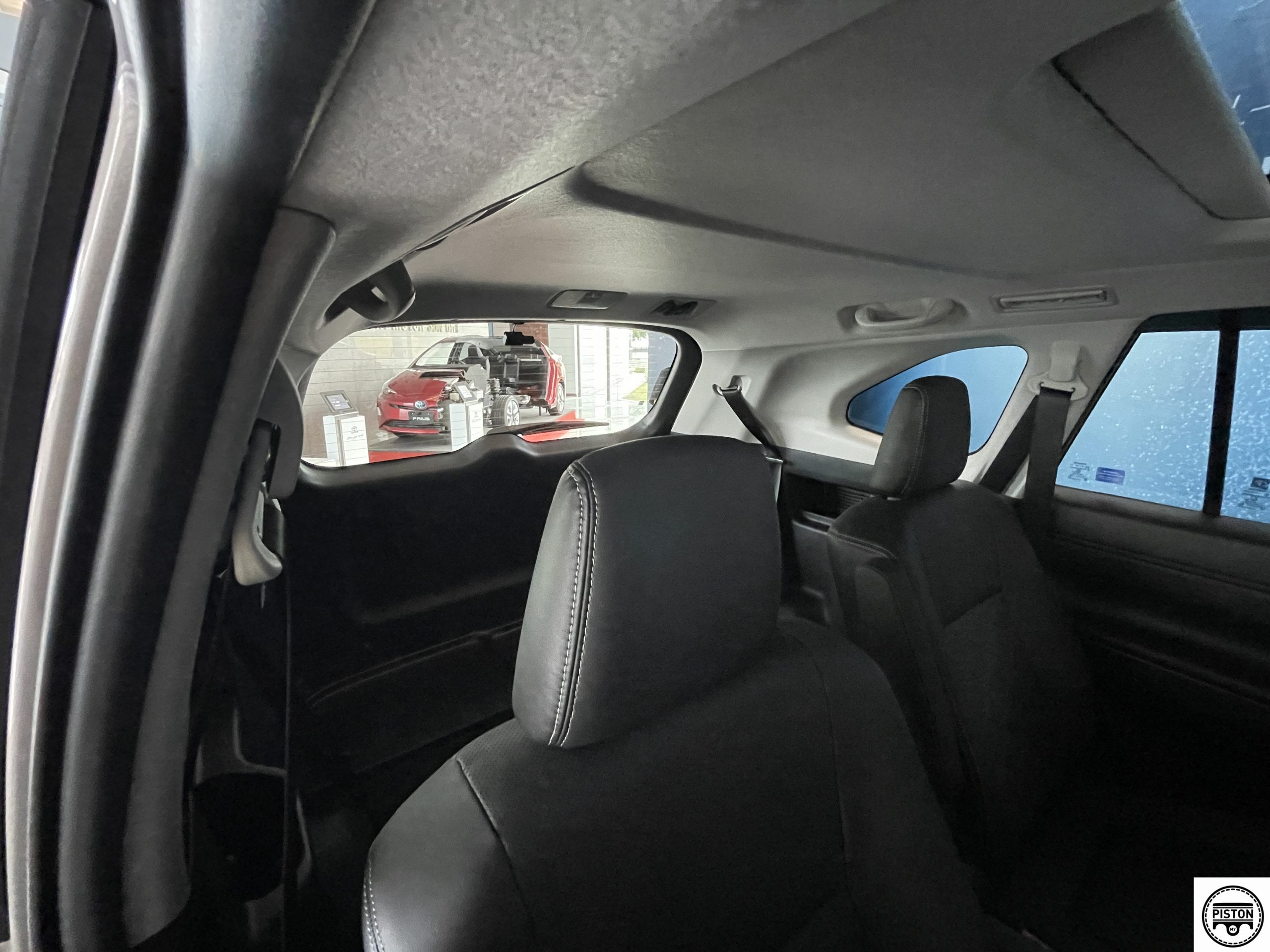
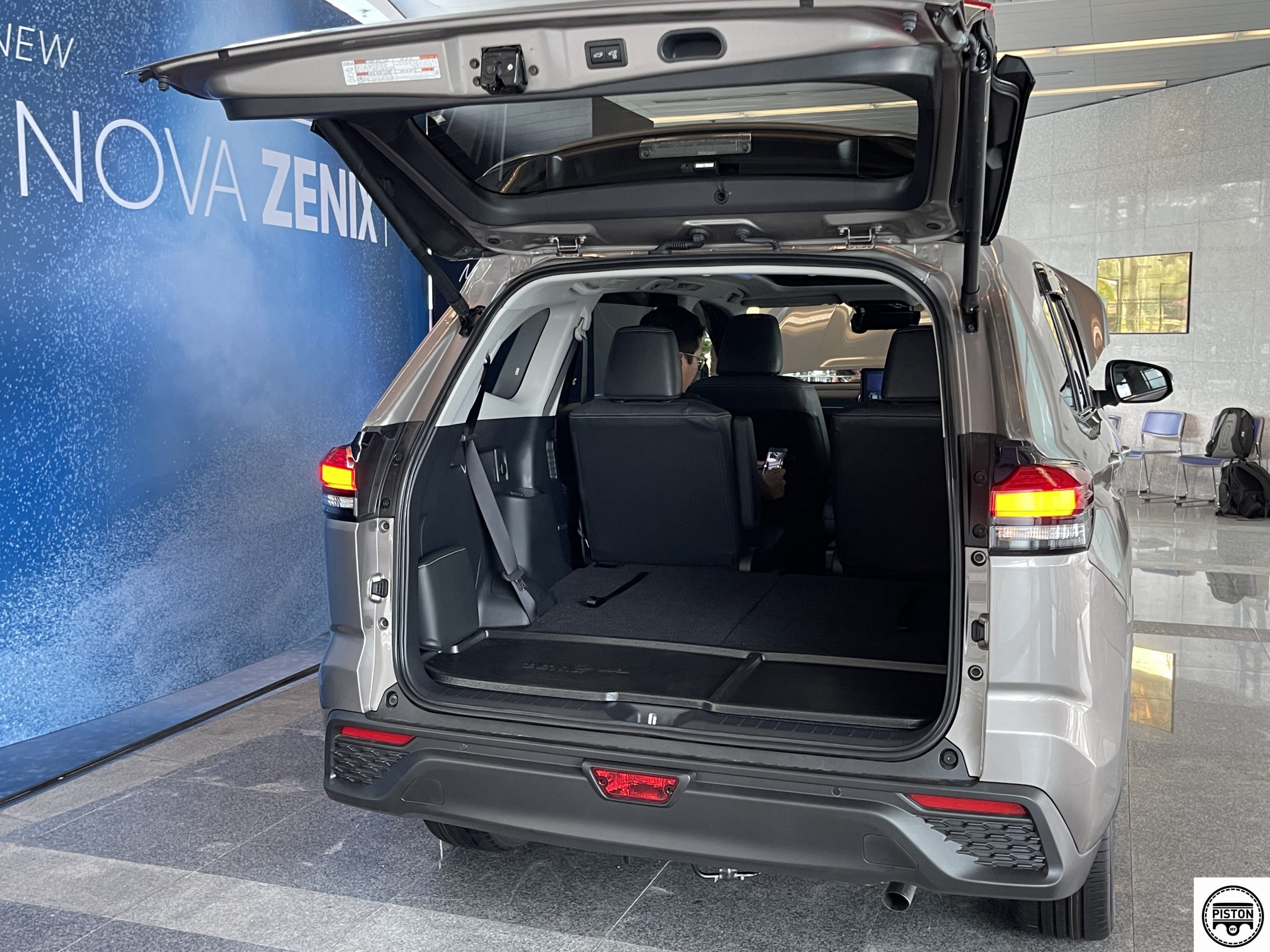
Body structure and Chassis
The all-new Zenix significantly alters the chassis frame construction that has been in use since the 2005 debut of the first iteration in terms of architecture. The new Innova is built on the adaptable Toyota New Global Architecture (TNGA), which is used in many of the most recent Toyota products, including HEVs.
The versatility of the design gives engineers the freedom to differentiate models by including features while having common components to lower costs. Greater rigidity, higher agility, and improved riding comfort are all advantages. Additionally, a lower centre of gravity can be attained to improve stability.
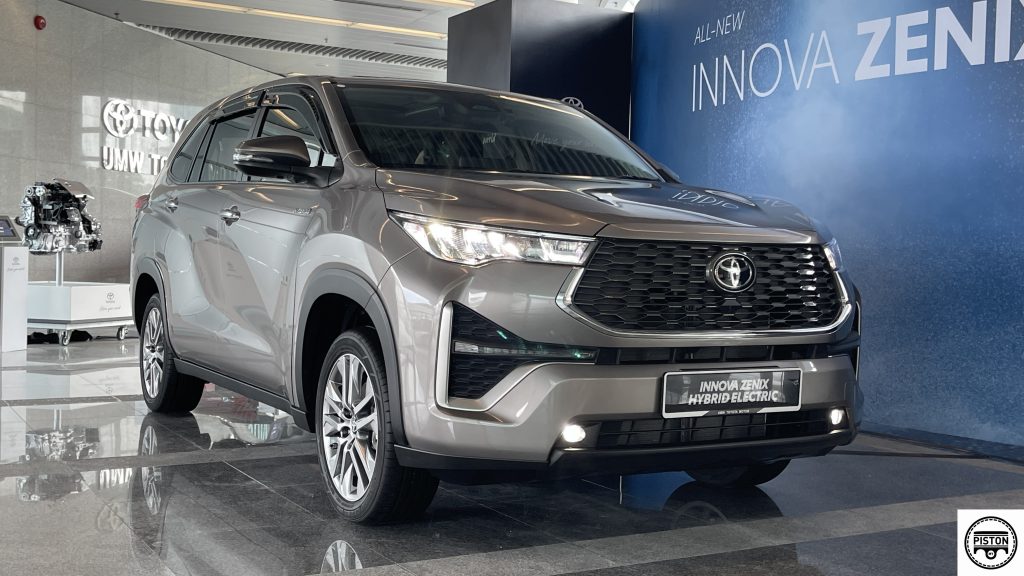
With Macpherson struts up front and a torsion beam in the back, the all-new Zenix’s suspension is likewise comparable to that of a front-wheel drive passenger car. This results in improved ride comfort across all road surfaces when combined with TNGA. The suspension is better suited to local conditions, including both smooth highways and rugged roads because it was designed in the ASEAN region.
Powertrain
The all-new Zenix boasts new powertrains as well, which are a significant improvement over prior Innova versions. The engines of the new powertrains are positioned transversely and drive now goes to the front wheels rather than the back.
The Toyota M20A 2-litre 4-cylinder 16-valve DOHC engine is used in both models, with the all-new Zenix 2.0 HEV having a 5th generation Hybrid Electric powertrain with a Permanent Magnet Synchronous Motor collaborating with the petrol engine. With D4-S (Direct & Port Injection), Atkinson Cycle to extract more energy from the fuel, and 41% thermal efficiency, which is best in class, the engine for the brand-new Zenix 2.0 HEV has improved fuel efficiency.
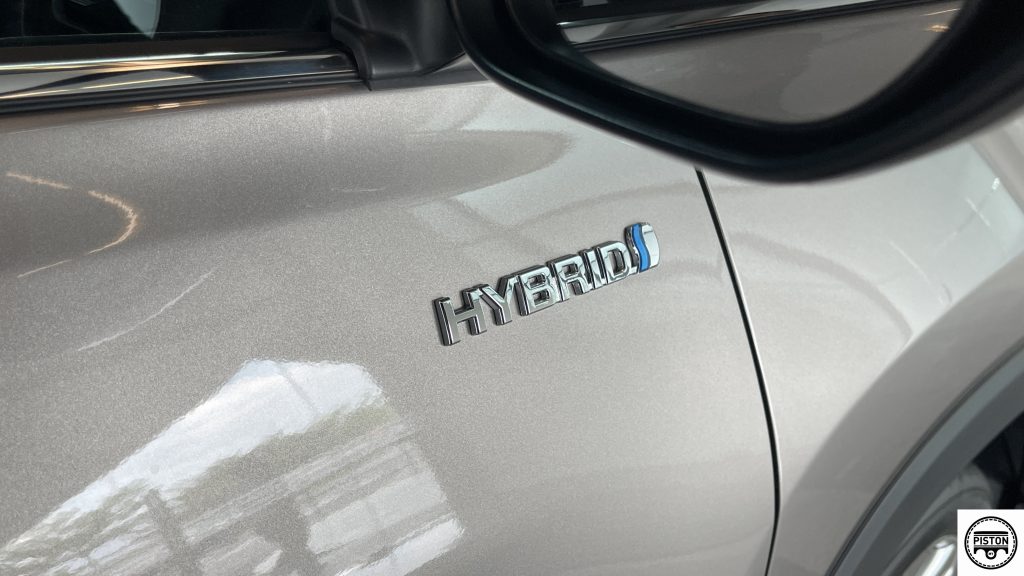
A 6.5 Ahr nickel-metal hydride (Ni-Mh) battery, like those in other Toyota Hybrid Electric Vehicles, powers the motor and is self-charging.
The M20 A-FKS engine in the Zenix 2.0 V produces a maximum of 174PS of power at 6,600rpm and 205Nm between 4,500 and 4,900rpm.
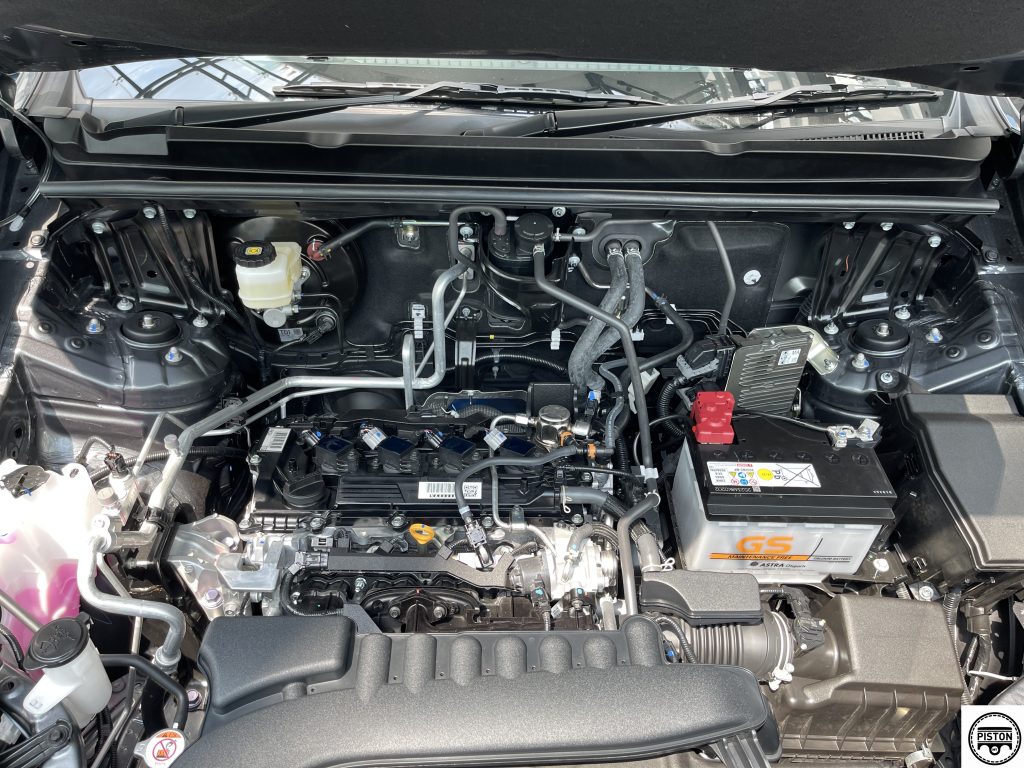
The brand-new Zenix 2.0 HEV’s M20A-FXS engine produces 152PS at 6,000 rpm and 188Nm between 4,400 and 5,200rpm. However, the system output is only up to a maximum of 186PS when the electric motor is delivering additional power.
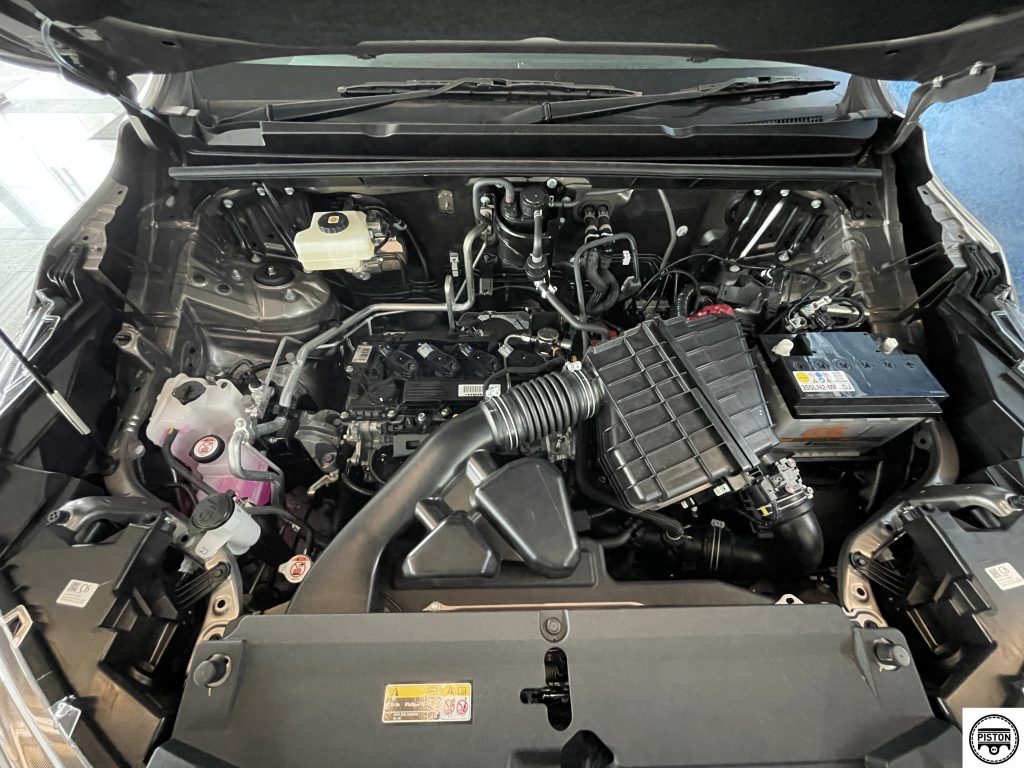
Drive to the front wheels of the brand-new Zenix 2.0 V is provided by a K120 10-speed Direct Shift CVT with Sequential Shiftmatic. This newly created gearbox uses a traditional belt and pulley mechanism along with a “launch gear” mechanism. It offers increased fuel efficiency, quiet operation, and powerful low-speed acceleration. Shift paddles are available for use with the Sequential Shiftmatic to manually pick virtual gears.
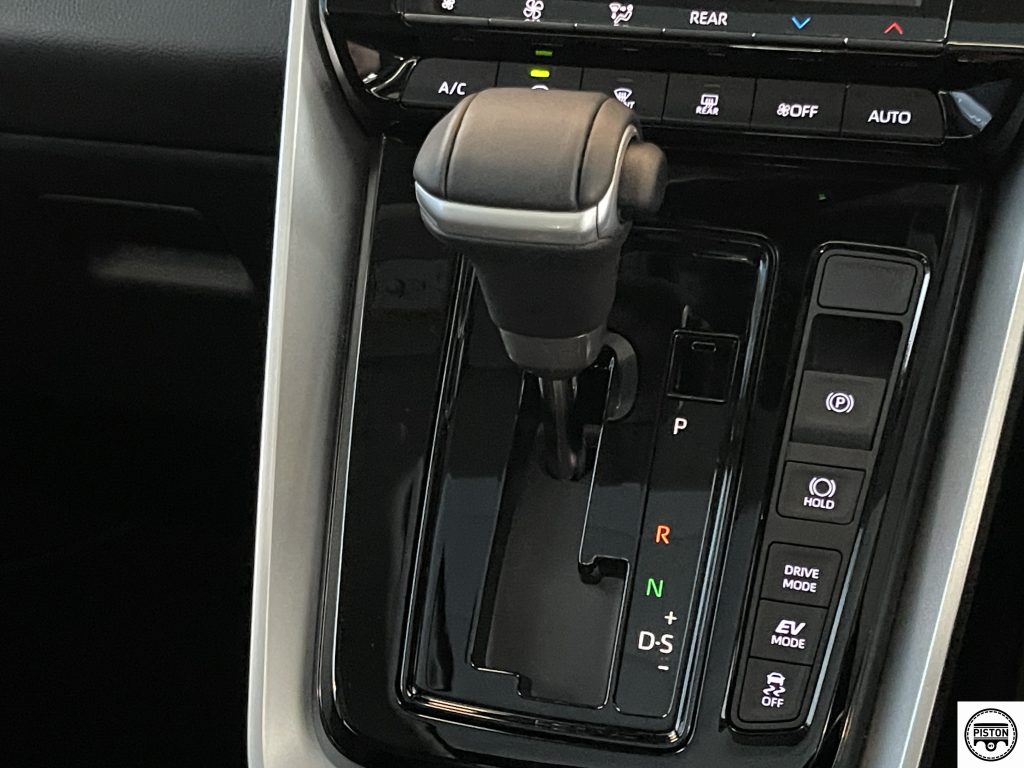
The all-new Zenix 2.0 HEV uses an E-CVT for power delivery and is specially designed for HEV models. This gearbox operates similarly to a CVT with an endless number of gear ratios to accommodate every driving circumstance, but it also features intelligent operation that studies vehicle activity to deliver the best ratio for maximum efficiency whenever necessary.
The all-new Zenix 2.0 HEV also offers an EV mode that enables the powertrain to travel short distances only on electricity. The HEV technology will automatically balance the usage of the engine and electric motor power under normal driving conditions, but in EV mode, only electric power can be used (if the battery has enough power).
Safety
The all-new Zenix is the first model in the Toyota line-up with Toyota Safety Sense 3.0 (TSS 3.0). In addition to providing safety measures never before available in the Innova, TSS3 also gives the all-new Zenix the best-in-class safety package.
TSS3.0 consists of five Active Safety Systems:
• Pre-Collision System (PCS)
• Dynamic Radar Cruise Control (DRCC)
• Auto High Beam (AHB)
• Lane Departure Alert (LDA)
• Lane Tracing Assist (LTA)
• Road Sign Assist (RSA)
To provide further scanning of the road ahead, Toyota has continued to deploy a millimeter-wave radar sensor in the grille. This is helpful, especially during inclement weather when a camera alone may not operate as well. The detection target range of objects closer to the sensor has been increased by the most recent radar sensor for TSS 3.0.
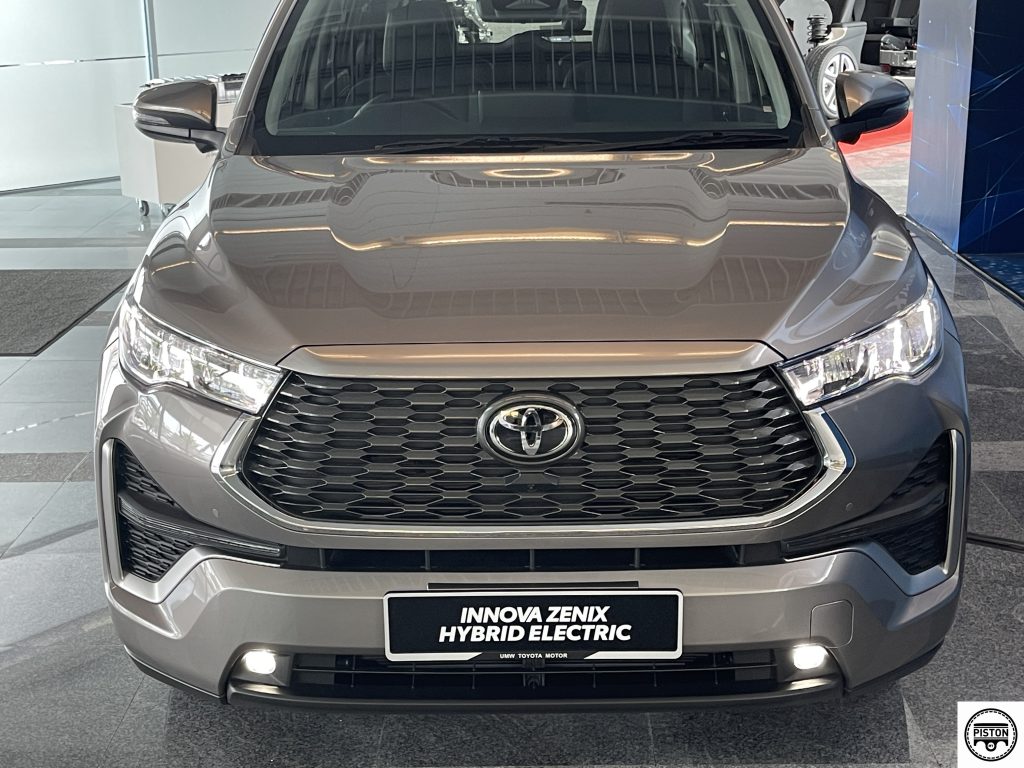
Road Sign Assist (RSA), a sophisticated function of TSS 3.0, is not widely accessible in Malaysia. The camera has the ability to recognise and evaluate particular kinds of road signs, alerting the driver via a notification or a warning on the instrument panel display.
Additionally, RSA can be configured to work with DRCC to override the specified cruising speed if it exceeds the speed limit detected. For instance, if the driver has set a speed restriction of 110 km/h and the car is travelling at that pace, the system may detect a sign indicating a 90 km/h speed limit ahead and automatically reduce the speed to 90 km/h.
In TSS 3.0, PCS can respond at junctions to avoid collisions with cross traffic or vehicles making a left or right turn in addition to activating automatic emergency braking (AEB) with vehicles, pedestrians, or bicycles up ahead. To avoid unintentional crashes, PCS now additionally features emergency steering assist (ESA) and acceleration suppression at low speed.
The all-new Zenix also has a Blind Spot Monitor System, Rear Cross Traffic Alert (RCTA) which uses radar to scan both sides as the vehicle is reversing and Panoramic View Monitor (PVM) which uses mini cameras around the vehicle to provide real-time images.
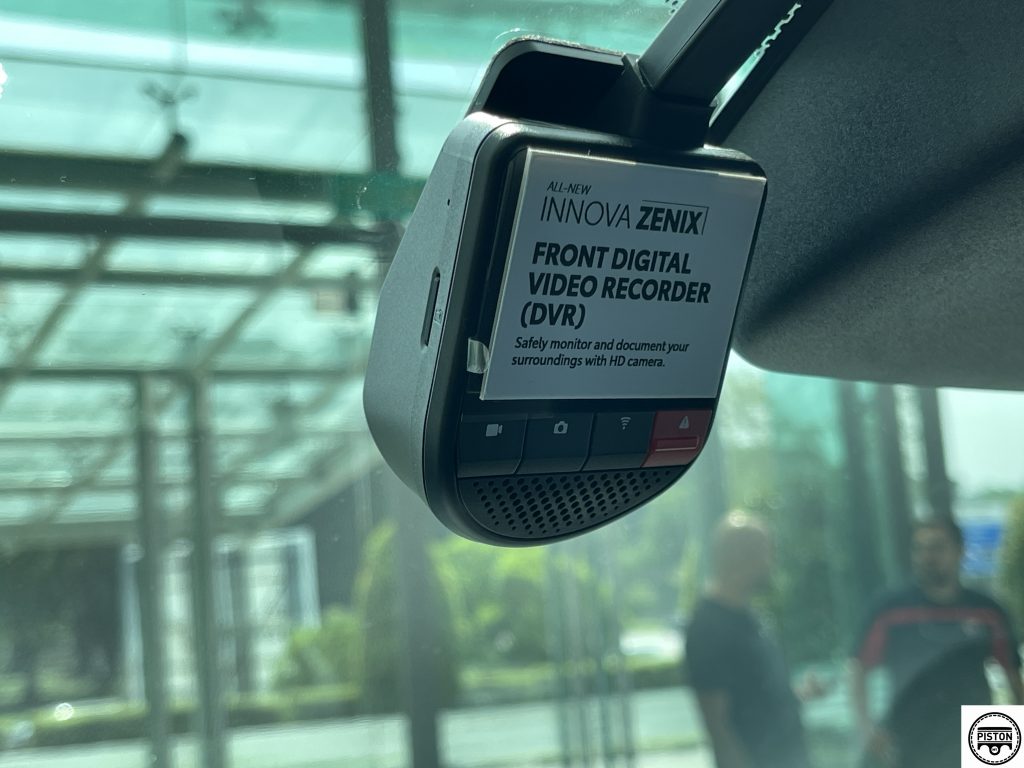
A Digital Video Recorder (DVR) specially designed for Toyota models and manufactured to Toyota’s quality standards is also provided.
Other standard safety features include:
• Front and rear disc brakes
• Vehicle Stability Control (VSC)
• Anti-lock Braking System (ABS)
• Hill-start Assist Control (HAC)
• Emergency Stop Signal (ESS)
• Electrochromic rearview mirror
• Front and rear parking sensors
• Tyre Pressure Monitoring System
• Electronic Parking Brake
• 6 SRS airbags
• Front and rear seatbelt warning
• ISOFIX points for compatible child seats
The all-new Zenix includes a Vehicle Telematics System (VTS) as standard equipment in addition to a security system with an immobiliser, ultrasonic cabin sensor, and a glass breakage sensor. This technology can continuously track the location of the car using GPS/GSM signals. The owner can use a proprietary app installed on a smartphone or tablet to view information on the vehicle’s location. VTS will be available at no charge for the first three years of ownership.
Price and Warranty
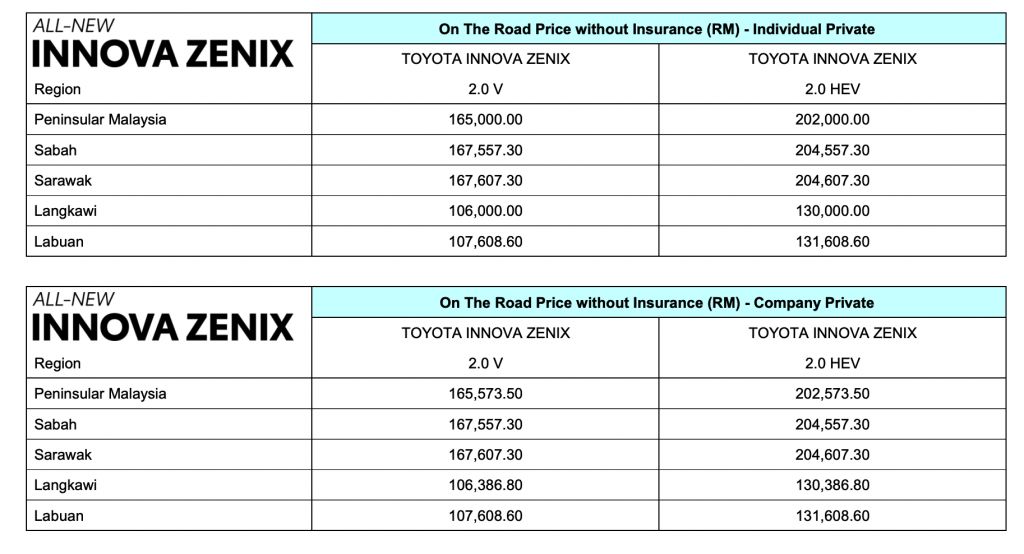
Like all current models offered by UMW Toyota Motor, the all-new Zenix comes with a 5-year warranty with unlimited mileage. The fully-backed factory warranty is transferable to the next owner if it is still in effect when sold off.
The hybrid battery pack of the all-new Zenix 2.0 HEV has a separate warranty of up to 8 years (also with unlimited mileage). Furthermore, unlike the warranties for hybrid battery packs of other brands, UMW Toyota Motor’s warranty package includes the Inverter and Power Management Control ECU for the same length of time. However, there will be a minimal administrative cost for battery disposal.

